John and Mary Kormendy: Second Birding Trip to Ecuador
This site contains the pictures from our 2017 December second birding trip to Ecuador.
A trip customized to the list of species that we needed was organized via our worldwide guide
Jack Poll
In total, John got 106 life birds and Mary got 81 life birds on this trip.
We concentrated on the southernmost parts of Ecuador, including very dry areas;
this got us most of our new birds. The numbers are not gigantic, because we had
been to Ecuador once before and have also birded in Brazil (twice),
Panama, Costa Rica (three times), Honduras, and Trinidad and Tobago.
Many species occur in several of these places.
The pictures are copyrighted and should not be used without permission.
Jocotoco antpitta (Grallaria ridgelyi) is emblematic of this trip and the trip bird for John.
We saw 7 Antpittas, 2 Tinamous, 1 Tapaculo (all new and all photographed) as well as many
other superb birds.
Gray tinamou (This is our life bird.)
Pale-browed tinamou (This is our life bird.)
Horned screamer (This is our life bird -- very bad picture of a very important bird.)
Crested guan
Rufous-headed chachalaca (This is our life bird.)
Speckled chachalaca (The first picture above shows our life bird.)
Snowy egret
Peruvian pelican (This species was new on this trip, but these are not our life birds.
Pelicans epitomize clumsy grace.)
Gray-hooded gull (New on this trip, but this is not our life bird.)
Band-tailed pigeon
White-throated quail-dove (This is our life bird.)
West Peruvian dove (This is our life bird -- closely related to our White-winged dove
in the USA, but note the barred nape.)
Croaking ground-dove (This female was part of a small flock of our life birds.)
Croaking ground-dove (later in the trip)
Blue ground-dove (male above and female below)
El Oro Parakeet (This is a male from the small flock that were our life birds at
Buenaventura Researve.
We saw at least half-a-dozen birds, i. e., more than 1/2 % of the world population
of ~ 1000 birds. Two pairs of birds mated enthusastically while we watched and
photographed.)
Red-masked parakeet (This is our life bird.)
White-eyed parakeet
Pacific parrotlet
Hook-billed kite (female)
Plumbeous kite
Roadside hawk (Not a very good picture of a widespread bird -- we have seen it
in many places in Central and South America.)
Harris's hawk (This bird is very widespread; we have seen him in Texas.)
Broad-winged hawk (Also widespread -- we have seen it migrating over our house in Texas.)
Barred hawk (This is John's life bird.)
Crested caracara (Also widespread -- we have seen it at our house in Texas.)
American kestrel (Raptors get around. We have seen this species from Canada to Ecuador.)
Black-and-white owl
Lyre-tailed nightjar (This female is our life bird. We called her "Jabba the Hut".)
White-necked jacobin
White-necked jacobin (later in the trip)
White-necked jacobin (intimidation flight)
Green thorntail (male)
Green thorntail (female)
Wire-crested thorntail (Not the best possible pictures ... but this is John's life bird.)
Black-bellied thorntail (female)
Brown violet-ear (The erectable violet ear patches are used for intimidation!)
Sparkling violetear (This was the most prominent hummingbird in the second half of our trip.)
Amethyst-throated sunangel (This is our life bird.)
Purple-throated sunangel (This is our life bird.)
Purple-throated sunangel (This picture shows how his irridescence flashes as seen from the front.)
Spaangled cocquette (This is John's life bird ... but he was not lucky enough to see
the crest raised.)
Violet-tailed sylph in the rain
Violet-tailed sylph
Little woodstar (This juvenile male is John's life bird.)
Little woodstar (This is an adult female.)
Rainbow starfrontlet (The "rainbow" shows best from just this angle, seen from the front.)
Rainbow starfrontlet (From the side, the "front" of the bird -- defined as the "forehead" between
bill and crown -- looks yellow.)
Rainbow starfrontlet (Hard to believe how much the color changes with just a small
change in viewing angle. As the bird flies toward you, it
flashes this rainbow of colors. Presumably, the main purpose is
intimidation -- hummingbirds are obsessed with intimidation --
but potential mates may also be impressed.)
Collared inca
Chestnut-breasted coronet
Chestnut-breasted coronet (Fledgling begging to be fed by an adult ... who is trying to
ignore what has become an incessant irritation. It's time to
grow up. Ironically enough, hummingbird feeders are only a
few feet away, and it's the easiest thing in the world to sit
on the edge of the bowl -- along with more than a dozen other
birds of several species -- and guzzle sugar water. But no:
Young birds have never had to find their own food, and the
habit of begging is hard to break. This happens a lot; the
Urraca Lodge where I took these pictures has many pictures
posted of young hummingbirds begging for food.)
Chestnut-breasted coronet (This youngster got impatient at being ignored and pecked the
adult hard enough to pull a few feathers loose.
It didn't help.)
Velvet-purple coronet
Purple-bibbed whitetip (female)
Fawn-breasted brilliant
Green-crowned brilliant
Green-crowned brilliant (Juvenile: Note the buffy cheek patch)
Violet-fronted brilliant (This was a new bird on the present trip, but this is
probably not our life bird. This looks like a juvenile --
still has a few down feathers.)
Violet-fronted brilliant (Same bird as above: This series shows how enormously
different irridescence can look from a small change in
angle. Seen side-on [left], this hummer appears to have
a brownish head with blue-violet "front" above the bill.
Seen from above, the violet is more pronounced. But seen
from directly in front -- as it would be by a bird that is
being attacked by this bird -- the violet flashes VERY bright,
actually much brighter than the right-hand picture shows [I took such
pictures, but the brilliance is overexposed if the rest of the
picture is exposed well.] So the victim of the "buzzing" gets
a brilliant flash of colors -- both violet and green -- to
intimidate it. These pictures contain several examples of
this phenomenon; see especially Rainbow starfrontlet.
Violet-fronted brilliant (female at Copalinga)
Speckled hummingbird
Violet-headed hummingbird
Many-spotted hummingbird (This is our life bird.)
Amazilia hummingbird (This bird was new on the present trip, several days earlier.)
Violet-bellied hummingbird (showing how different the irridescence looks from different directions)
Violet-bellied hummingbird (one more picture -- perfect detail in his feathers
is photographically irresistible)
Andean emerald
Smooth-billed ani (Widespread -- we have seen this species in Texas.)
Smooth-billed ani (Anis are the avian equivalents of "bosons" -- they like to congregate close together.)
Striped cuckoo (Cuckoos are almost always hard to see.)
Whooping motmot (Momotus subrufescens) is the westernmost split of what used to be called
Blue-crowned motmot (Momotus momotus); the two species on the east side of the Andes are
Andean motmot (Momotus aequatorialis) and Amazonian motmot (Momotus momota, which we have
also seen: See Clements 2017).
White-tailed jay
Golden-headed quetzal (female)
Masked trogon (Grumpy female in the rain.)
Guayaquil woodpecker (This male -- note the black-and-white cheek patch -- is John's life bird.)
Yellow-tufted woodpecker (digging two nesting holes)
Powerful woodpecker (This female is Mary's life bird.)
Crimson-mantled woodpecker
Toucan barbet
Crimson-rumped toucanet
Crimson-rumped toucanet (in the rain)
Pale-mandibled aracari
Olivaceous woodcreeper
Streak-headed woodcreeper
Strong-billed woodcreeper (This is our life bird.)
Necklaced spinetail (This is our life bird.)
Pearled treerunner (A small flock of more than a dozen birds worked
their way through the trees at the entrance to Tapichalaca's lodge.
It is always charming to see such a gregarious gathering.)
Chestnut-collared swallow (This colony included our life birds.)
Blue and white swallow
Fasciated wren (This is our life bird.)
Band-backed wren (Not a very good picture, but we always like to see wrens.)
Southern house wren (Troglodytes aedon north and south species groups are not split.)
Black-crowned (formerly Western slaty) antshrike (This is a male.)
Moustached antpitta (This is John's life bird.)
Undulated antpitta (This is our life bird.)
Watkin's antpitta (This is John's life bird.)
Chestnut-naped antpitta (This is Mary's life bird.)
Slate-crowned antpitta (This is our life bird -- shy!)
Ochre-breasted antpitta (This is John's life bird.)
Jocotoco antpitta (This is our life bird.) Remarkably, Grallaria ridgelyi "was discovered
[as recently as] 20 November 1997 by R. S. Ridgely, J. and R. Moore, L. Navarrete, and M. Rivadeneira"
(Krabbe et al. 1999, The Auk, 116, 882).
Paramo tapaculo (This is John's life bird; Mary got hers in 2004.
Tapaculos are ultimate skulkers; we were lucky that this bird popped out
onto the roadside, in thick fog and light rain and a cold, cold wind,
high up in the Paramo, and worked the roadside toward the car.
This gave us time to take pictures with the 800 mm telephoto.)
Variegated bristle-tyrant (This is our life bird -- note the very bufffy wing bars.)
Long-tailed tyrant
Slaty-backed chat-tyrant (This is our life bird.)
Slaty-capped flycatcher
Ornate flycatcher (This is John's life bird.)
Streaked flycatcher
Golden-crowned flycatcher (with cicada, in the bottom picture)
Ochraceous attila (This is John's life bird.)
Black phoebe (Very widespread -- we have seen it all over the USA and Canada, including in Texas.)
Tropical (Tumbes) pewee (This is John's life bird.)
Western wood-pewee
Andean cock-of-the-rock ("Keyhole view")
Andean cock-of-the-rock at a lek. Unfortunately, the birds did not come close
enough for good pictures.
Long-tailed mockingbird (This is our life bird.)
Swainson's thrush (worm's "view") (Widespread -- this is the most common
thrush at our house in Texas.)
Ecuadorian thrush
Plumbeous-backed thrush (This is our life bird.)
Maranon thrush (This is our life bird.)
Buff-rumped warbler
Orange-bellied euphonia (male)
Orange-bellied euphonia (female)
Thick-billed euphonia (These are two pictures of the same bird.)
Bananaquit
Masked flowerpiercer
White-sided flowerpiercer (This is John's life bird; Mary had already seen this species.)
Green honeycreeper (male) (Widespread: Also in Trinidad & Tobago, Costa Rica, etc.)
Green honeycreeper (female)
Golden-collared honeycreeper (above: male and below: female)
Flame-rumped (Lemon-rumped) tanager (male, in the rain)
Flame-rumped (Lemon-rumped) tanager (female, in the rain)
Flame-rumped (Lemon-rumped) tanager (female)
Paradise tanager (This is one of the most beautiful, multicolored tanagers, but we
only ever saw it far away, on the tops of distant trees.)
Golden-naped tanager (in the rain!)
Blue-necked tanager
Bay-headed tanager
Glistening-green tanager
Golden tanager (Mary chose Golden tanager as her "trip bird".)
Flame-faced tanager (This is our life bird.)
Summer tanager (This is one of only 4 tanagers -- not counting occasional visitors --
that are also widespread in the USA and Canada. We have seen
Suumer tanager within a few miles of our home in Texas.)
Blue-winged mountain tanager
Black-chinned mountain tanager (This is our life bird, enjoying a banana.)
Moss-backed tanager in fog
Blue-gray tanager
Yellow-throated chlorospingus (This is our life bird.)
Buff-throated saltator
Black-winged saltator
Parrot-billed seedeater (This male and female, travelling closely together, are our life birds.)
Yellow-breasted brush-finch
Red-crested finch (male) ("Volcano-brain")
Yellow-browed sparrow (This female is our life bird.)
Black-capped sparrow (This is our life bird.)
Orange-billed sparrow
Scrub blackbird
Peruvian meadowlark (This was the dominant male in a small flock of mostly females
that together were our life birds.)
Russet-backed oropendola
Yellow-tailed oriole
John and Mary and Anthurium paquisha leaves at Buenaventura Reserve
Birds from the USA and Canada: our house,
Hornsby Bend and greater Austin,
Texas,
California,
Hawaii,
Canada,
Neotropic birds from Central America and the Caribbean: Honduras,
Costa Rica,
Panama,
Trinidad and Tobago
Neotropic birds from South America: Ecuador 2004,
Ecuador 2017,
Brazil.
Western palearctic birds: Europe: Germany, Finland, Norway,
Europe: United Kingdom,
Europe: Spain,
the Canary Islands,
Europe: Lesbos, Greece,
Israel
Eastern palearctic birds: China
Birds from Africa: The Gambia,
South Africa
Indo-Malayan birds from India: North-west (Delhi, Uttar Pradesh, Uttarakhand)
India: North-east (Assam, Arunachal Pradesh, Meghalaya)
India: Central (Maharashtra, Madhya Pradesh)
Birds from Australia,
New Zealand.
For our 2014 December trip to India, see this travelog.
For our 2016 May-June trip to India, see this travelog.
For our 2017 April trip to High Island, Texas, see this web site.
For our 2018 March trip to India, see this travelog.
For our 2018 May trip to China, see this travelog.
For our 2018 November trip to China, see this travelog.
For our 2019 April trip to High Island, Texas, see this web site.
For our 2019 July trip to China, see this web site.
For our 2021 April trip to High Island, Texas, see this web site.
For our 2021 December trip to Ecuador, see this web site.
For our 2022 January-February trip to Peru, see this web site.
For our 2022 July-August trip to Australia and Papua New Guinea, see this web site.
For our 2022 September trip to Bolivia, see this web site.
For our 2022 November-December pre-trip to Argentina (before our Antarctic cruise),
see this web site.
For our 2022 November-December cruise to Antarctica,
see this web site.
For our 2023 January birding in Chile,
see this web site.
For our 2023 January-March cruise from Chile to Antarctica and around South America to Miami, FL,
see this web site.
For our 2023 March-April birding in south Florida (after the Seabourn cruise), see
this web site.
University of Texas Astronomy Home Page
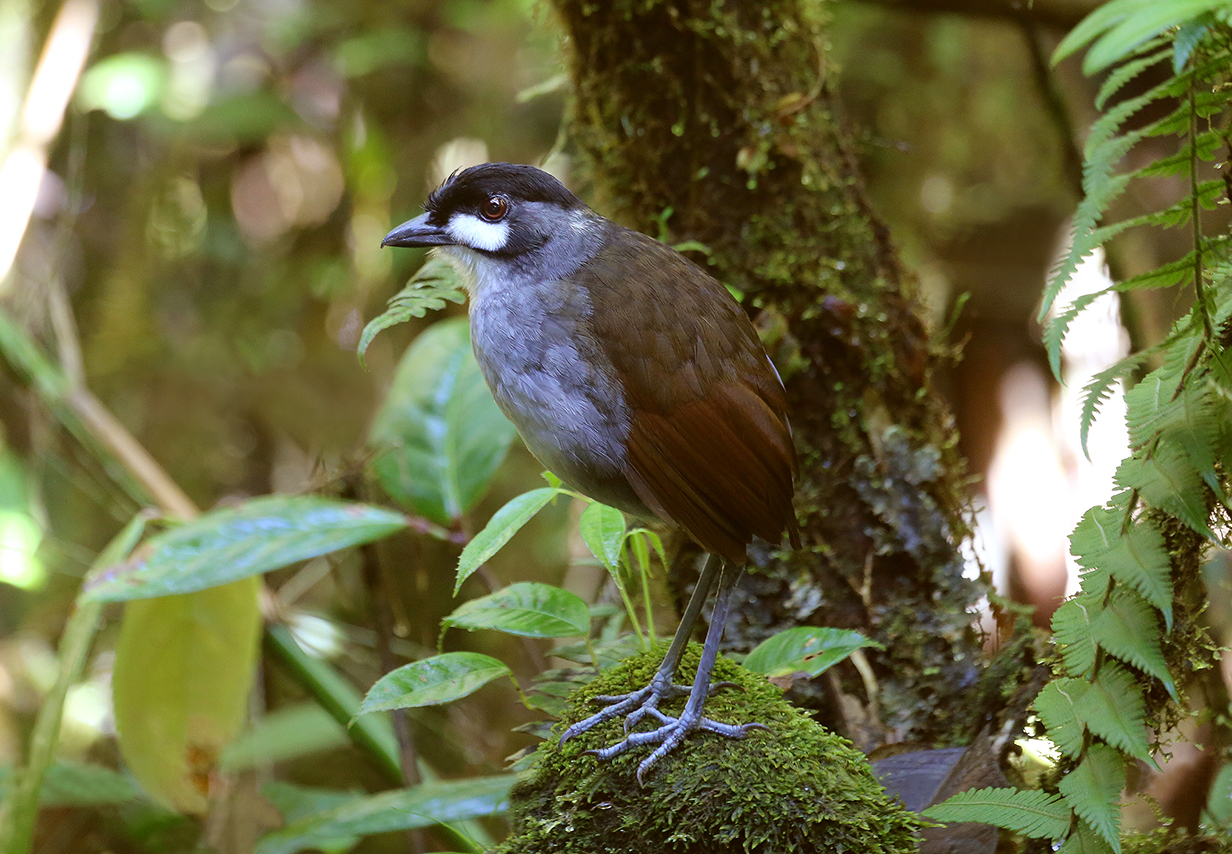

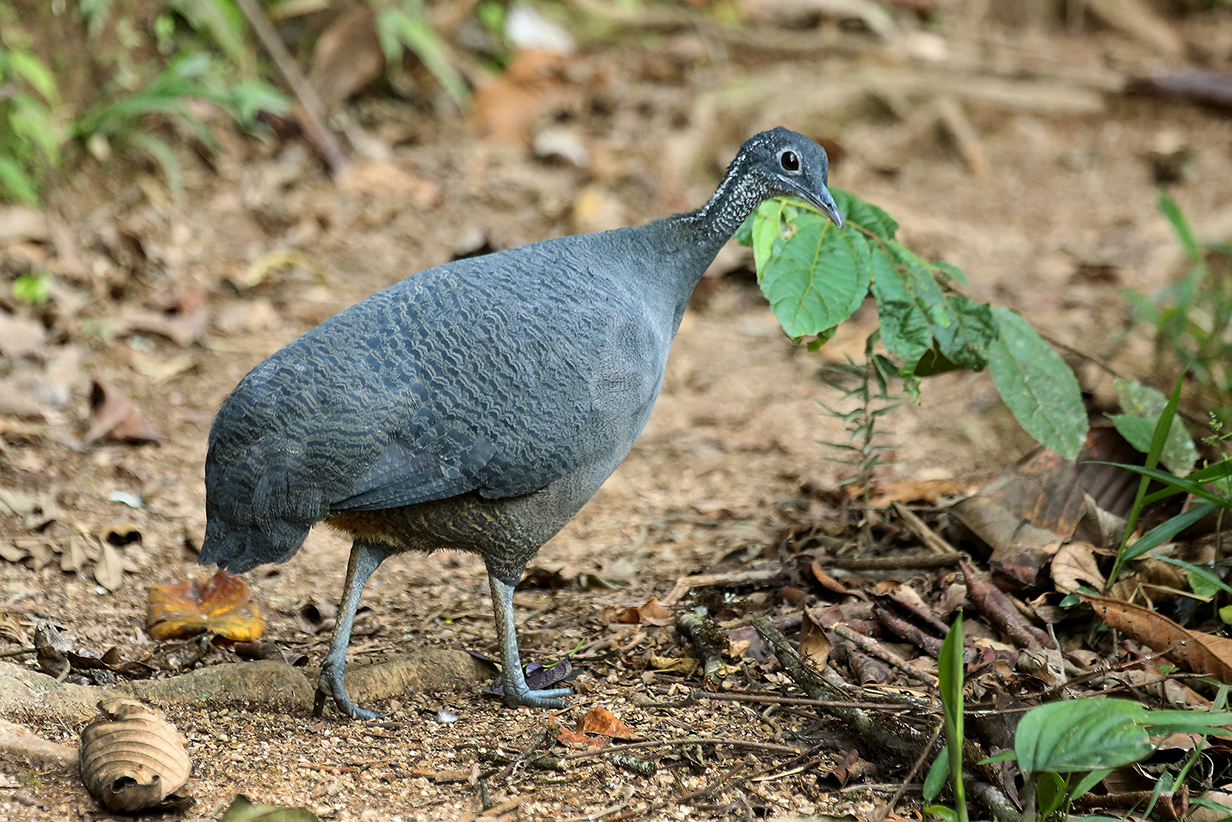
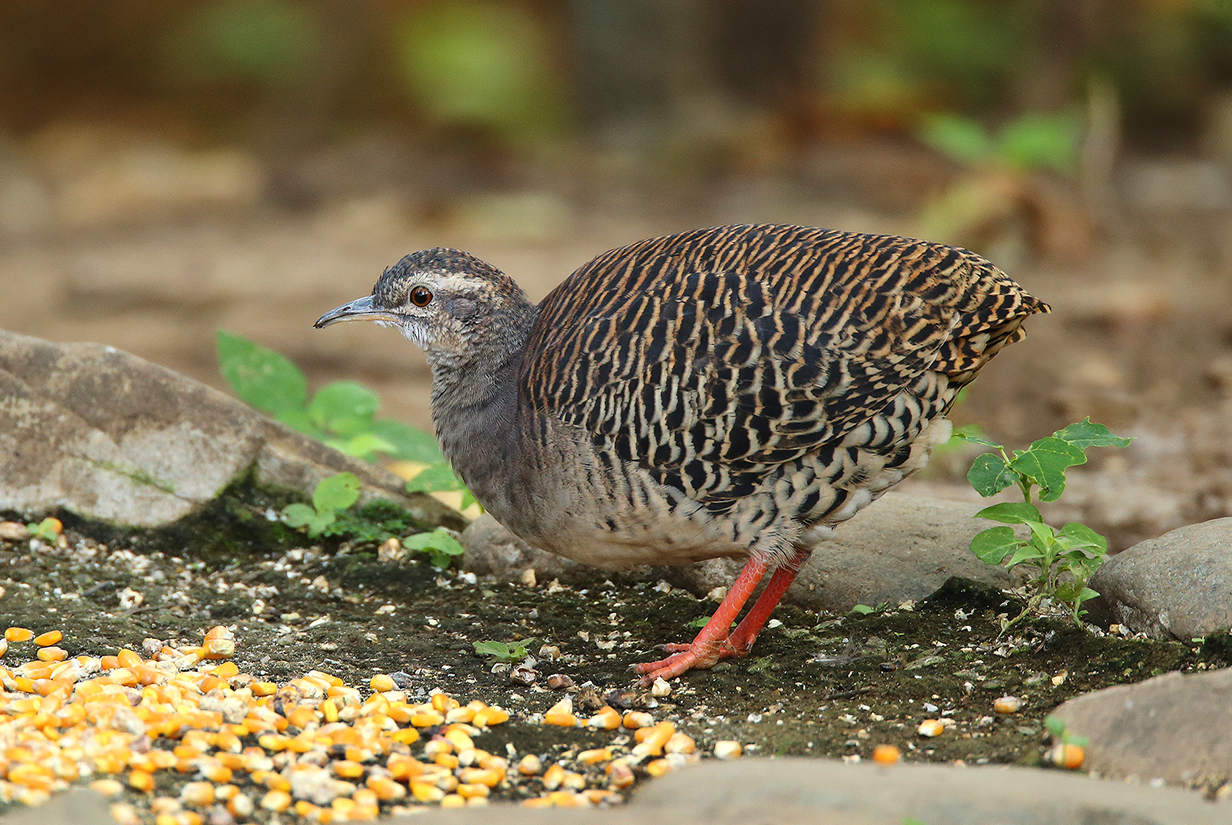
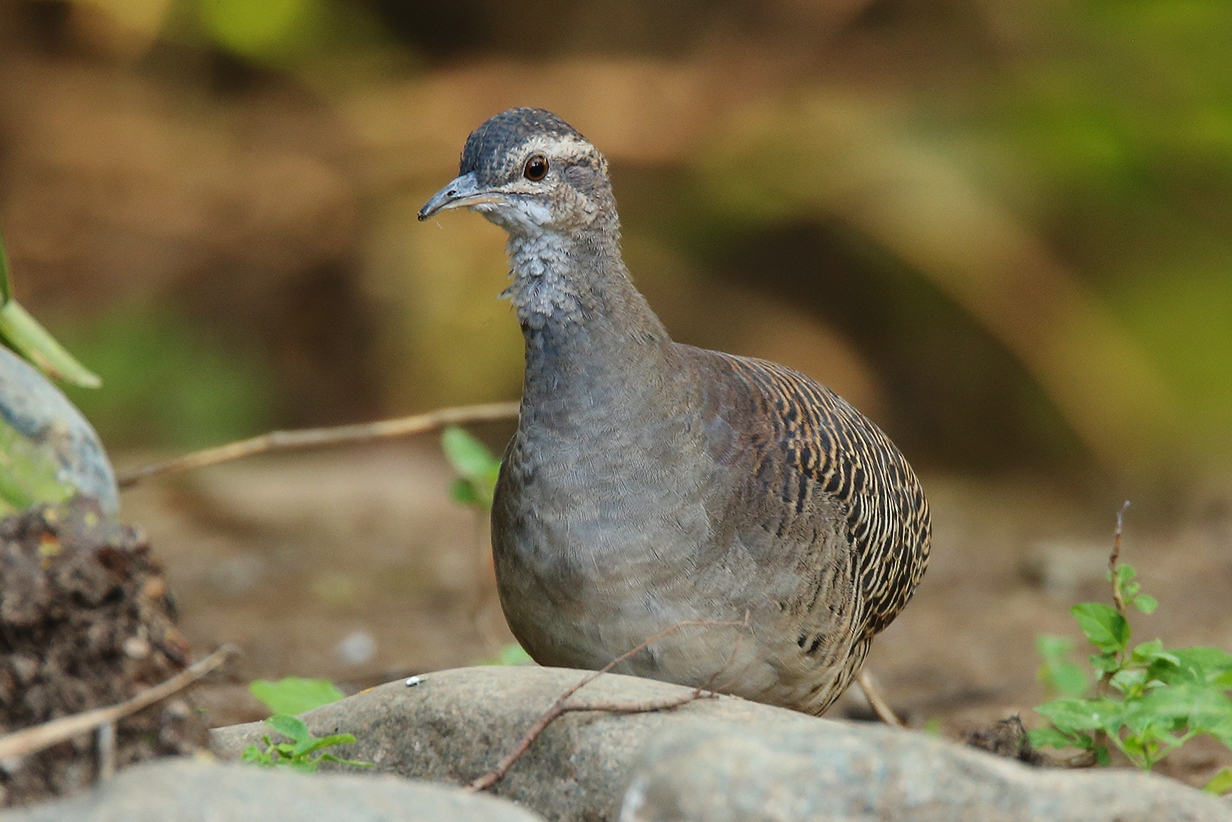
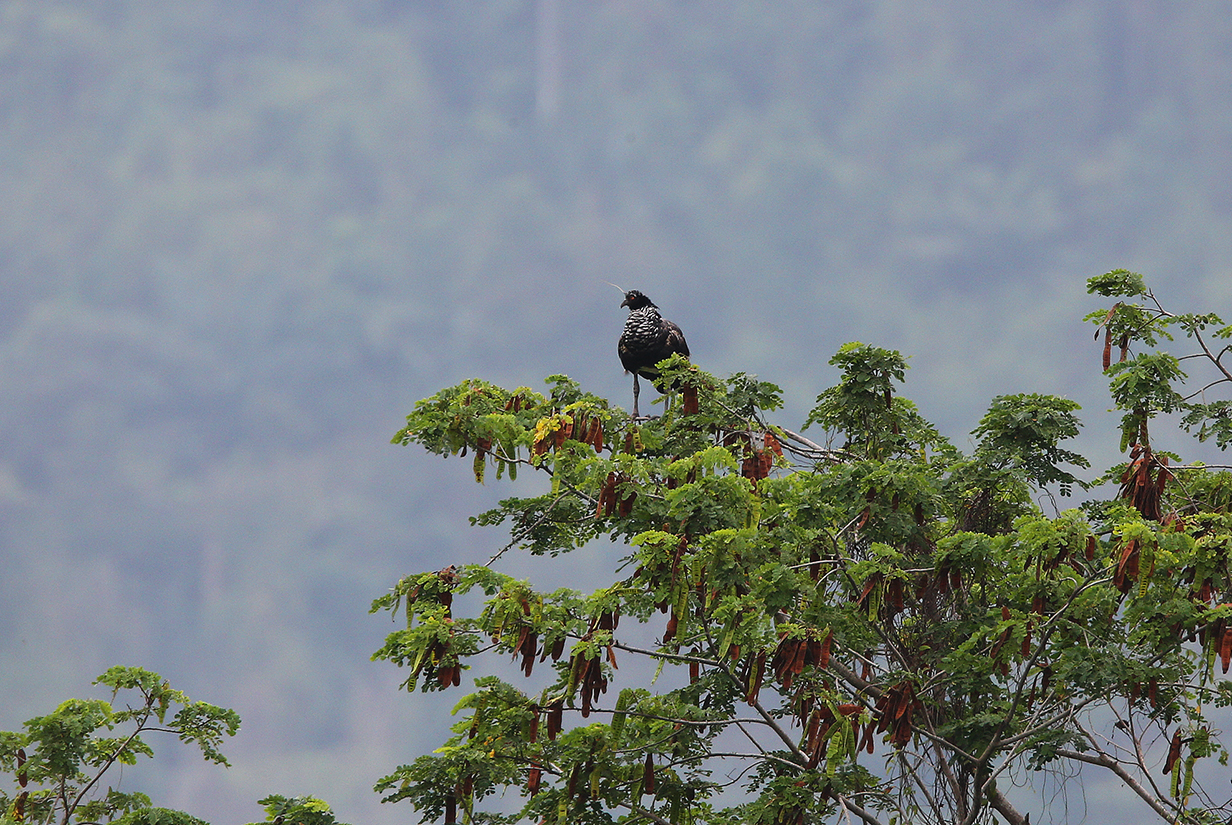
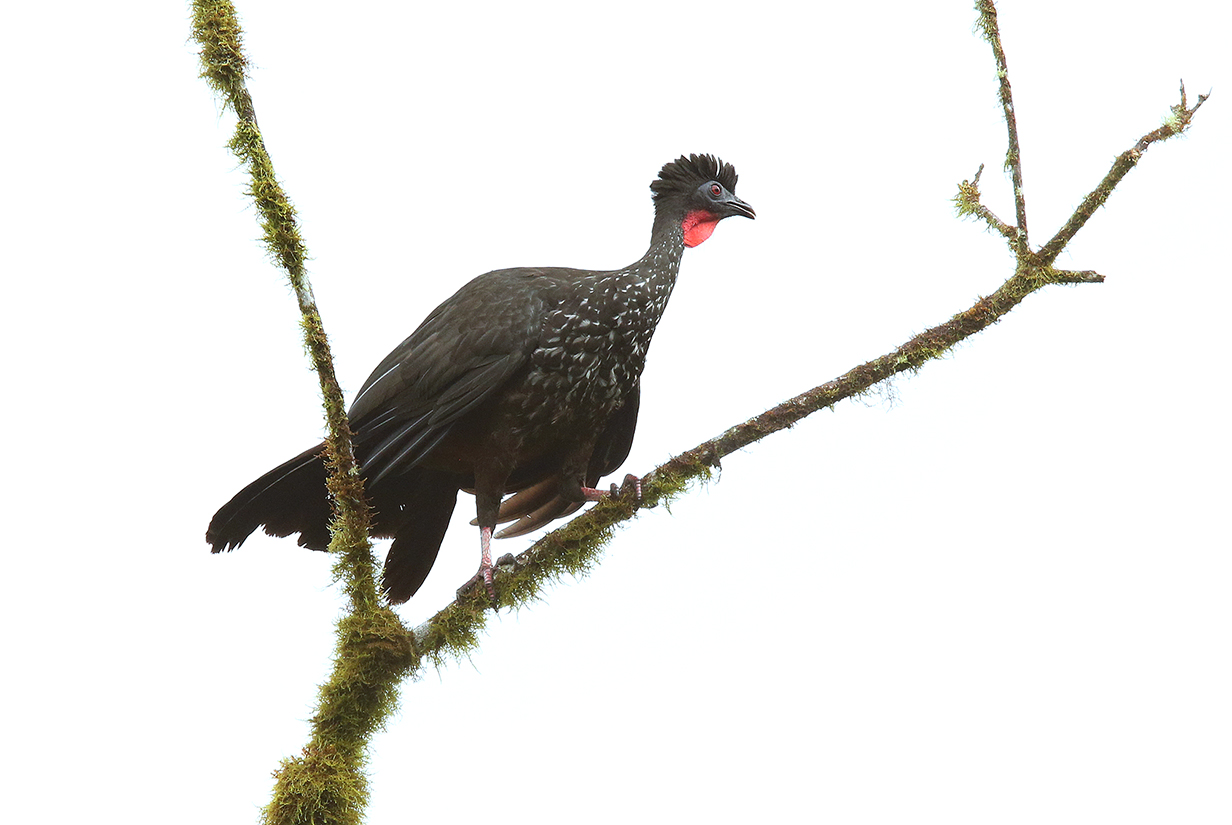
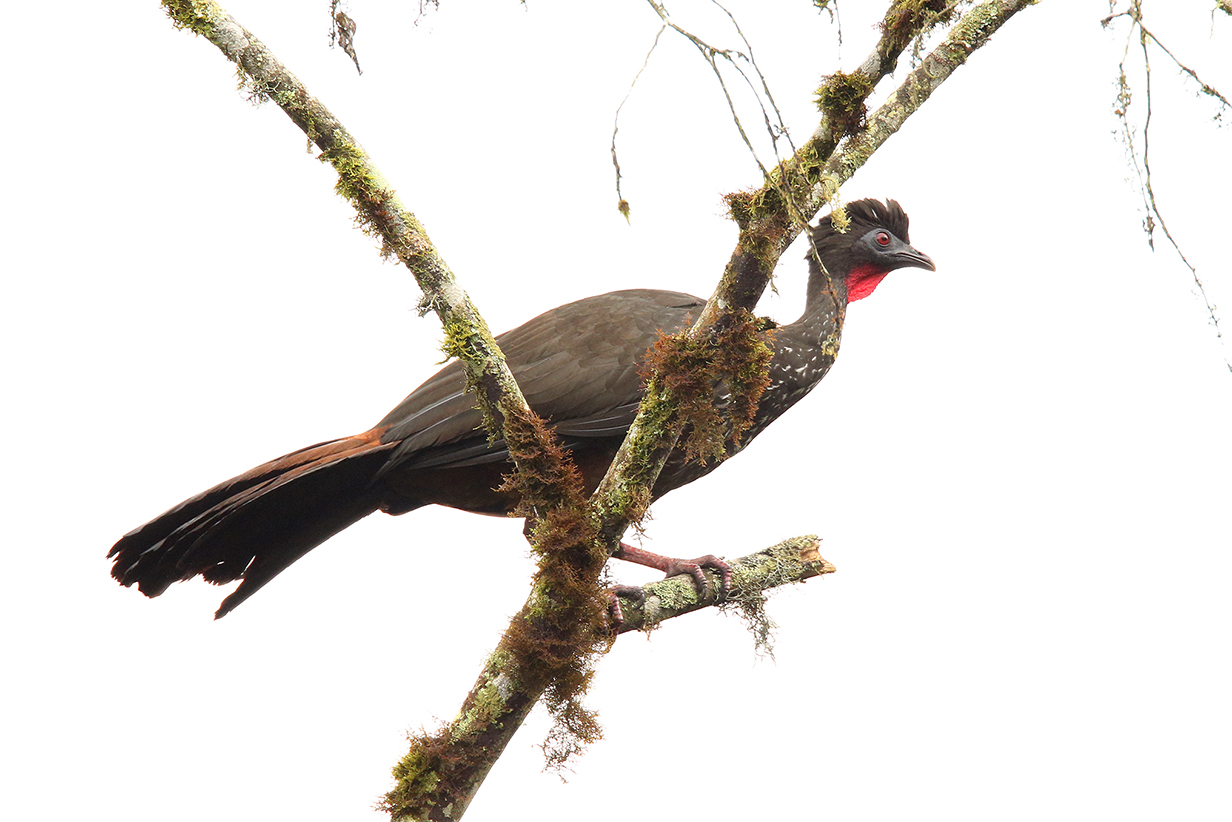
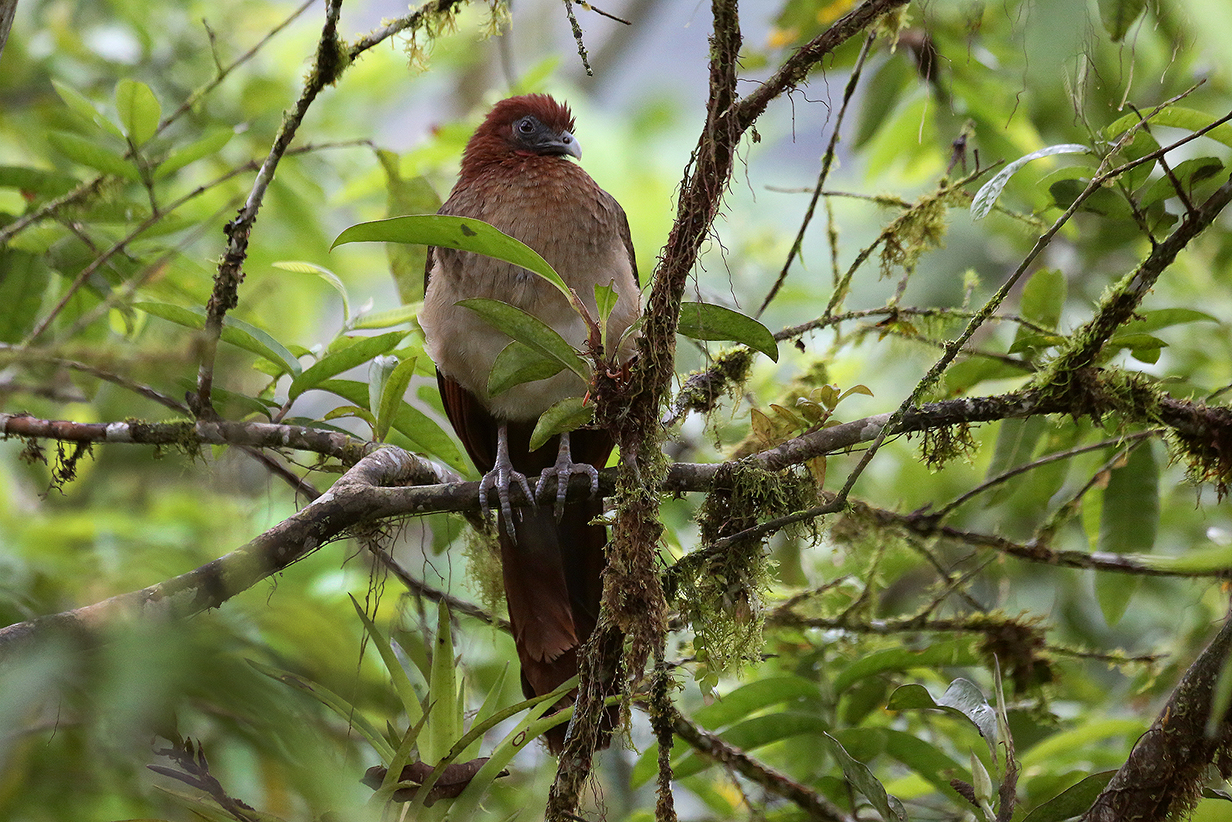

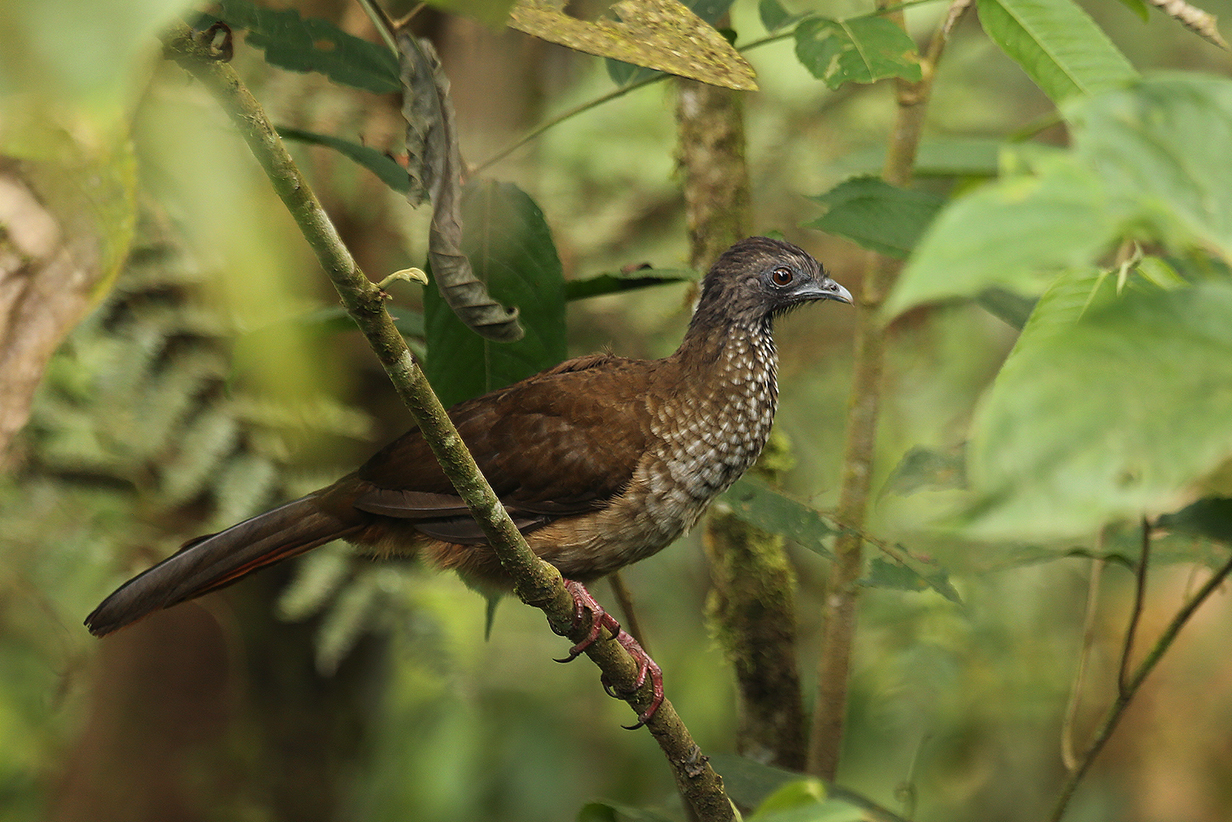
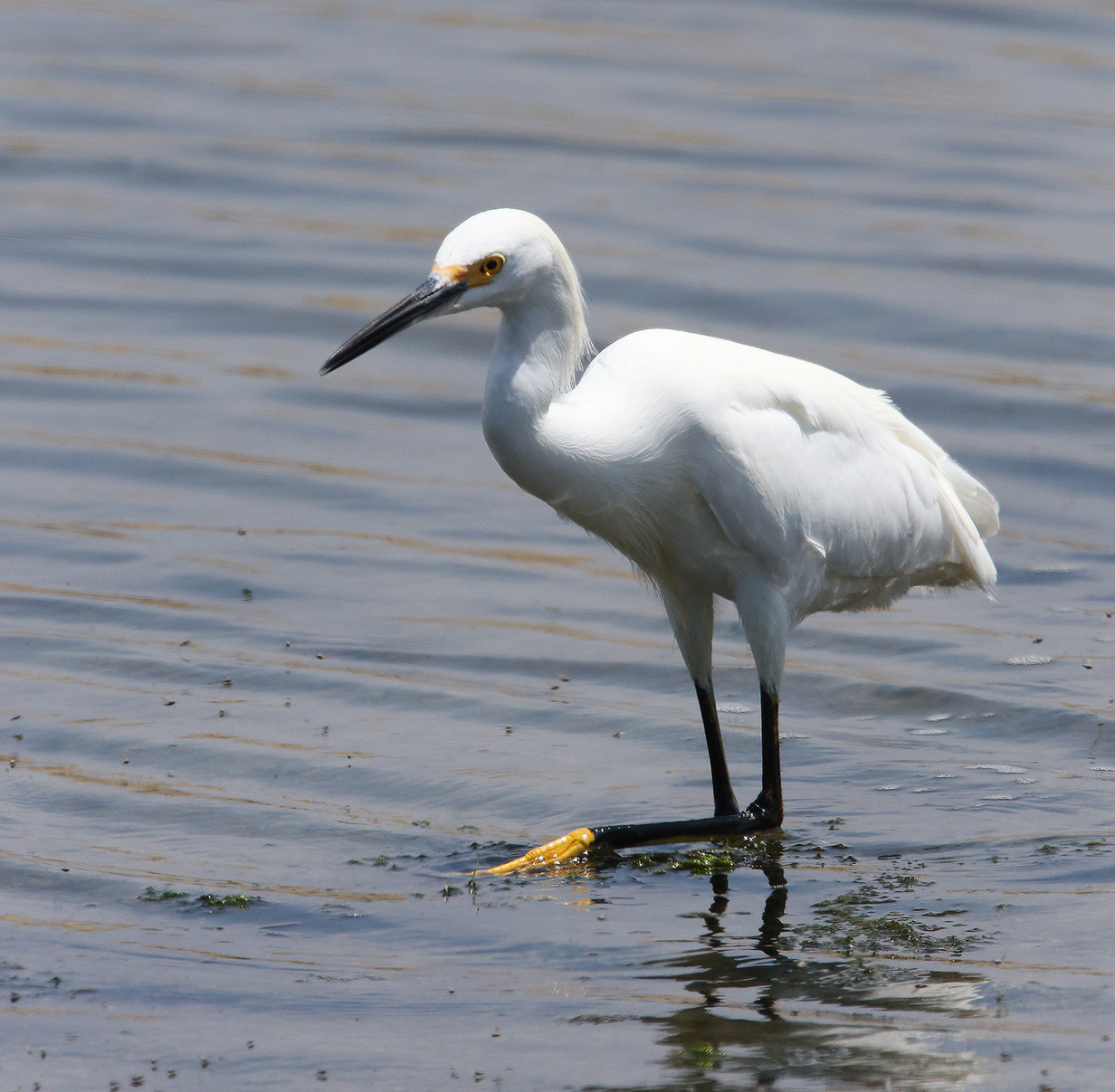
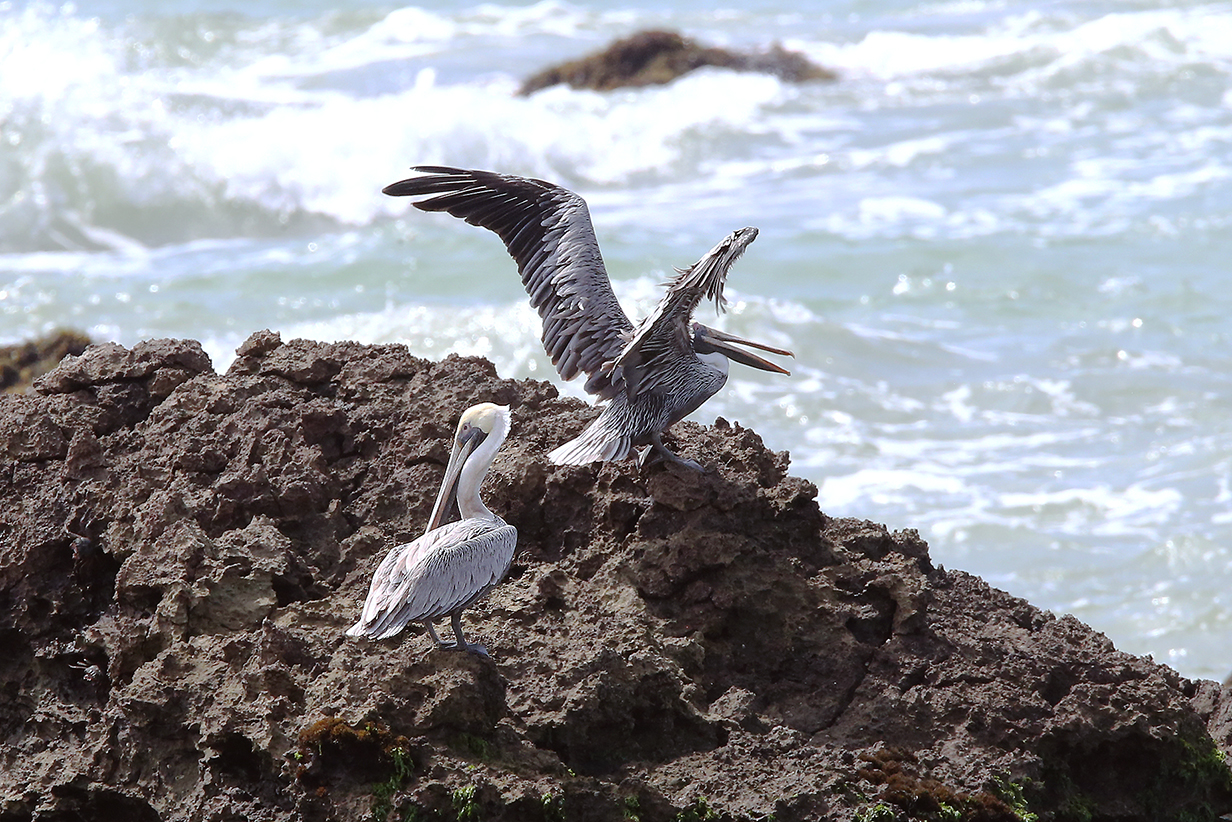


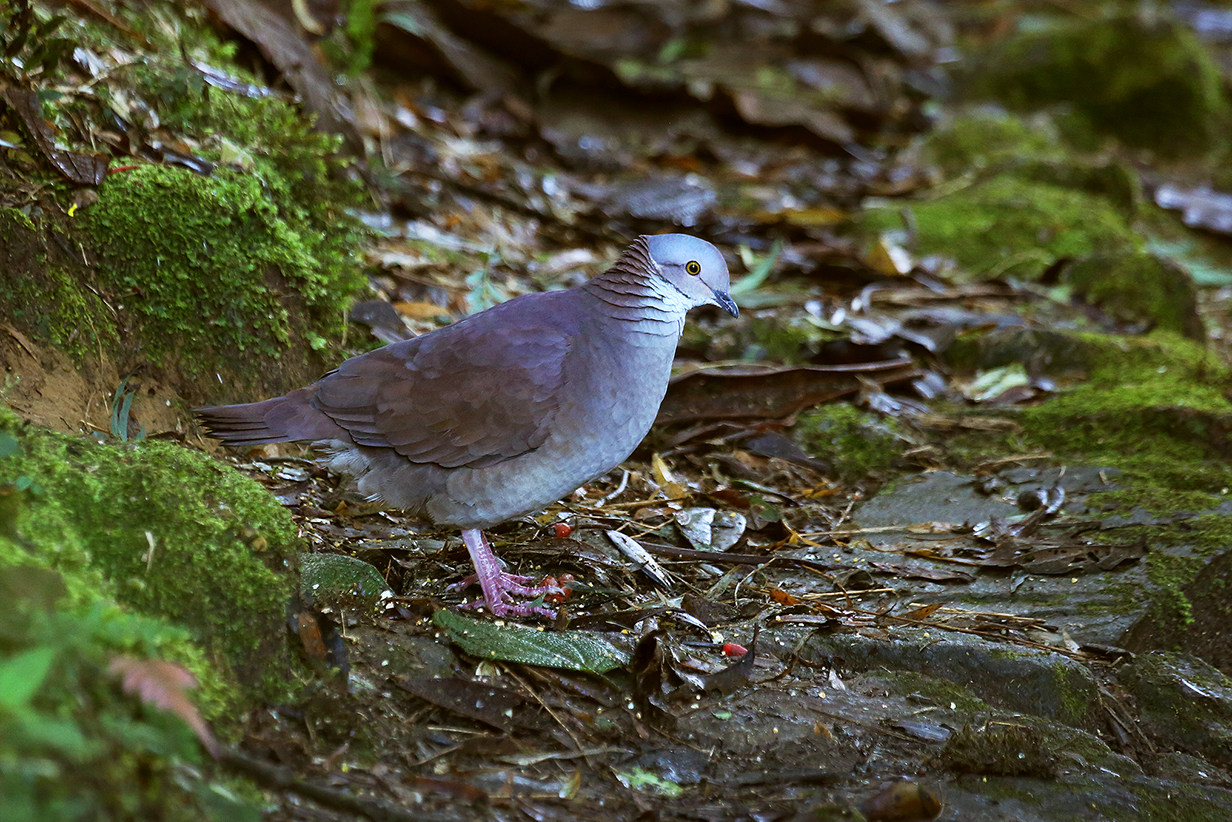
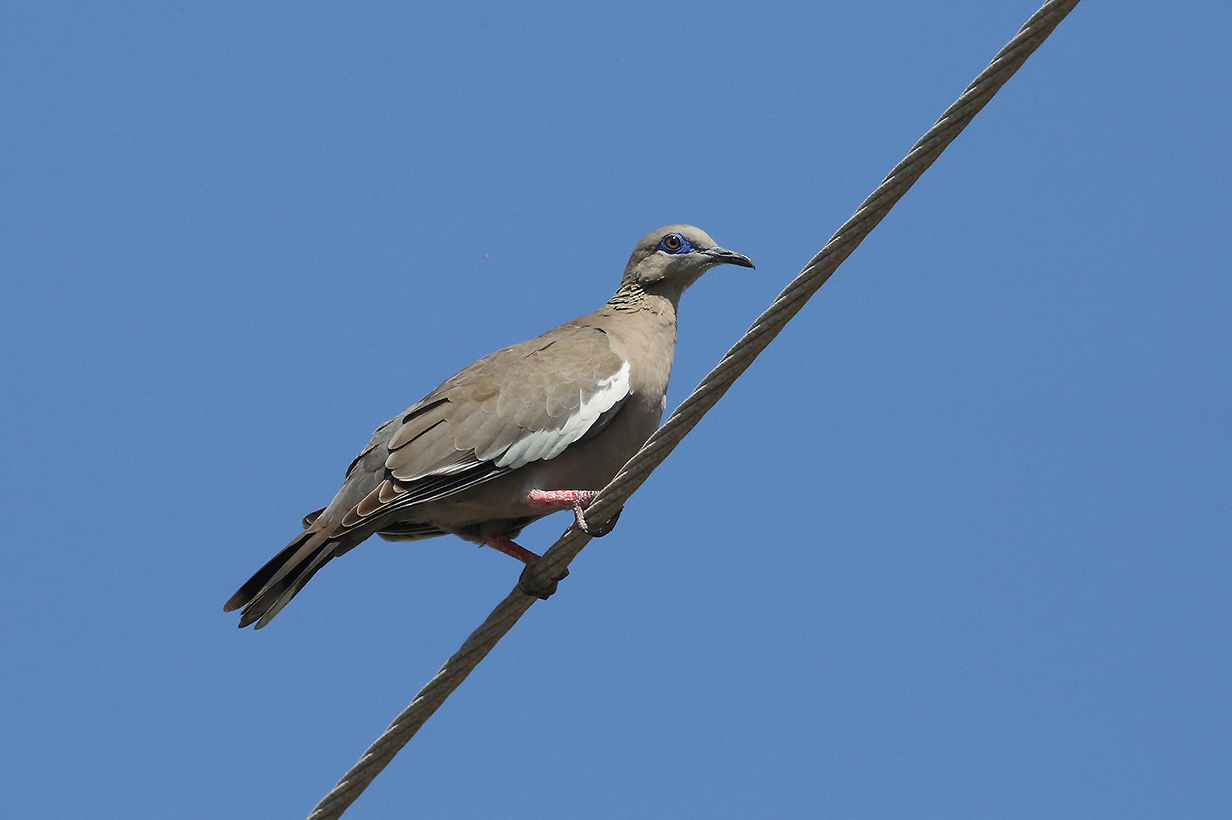

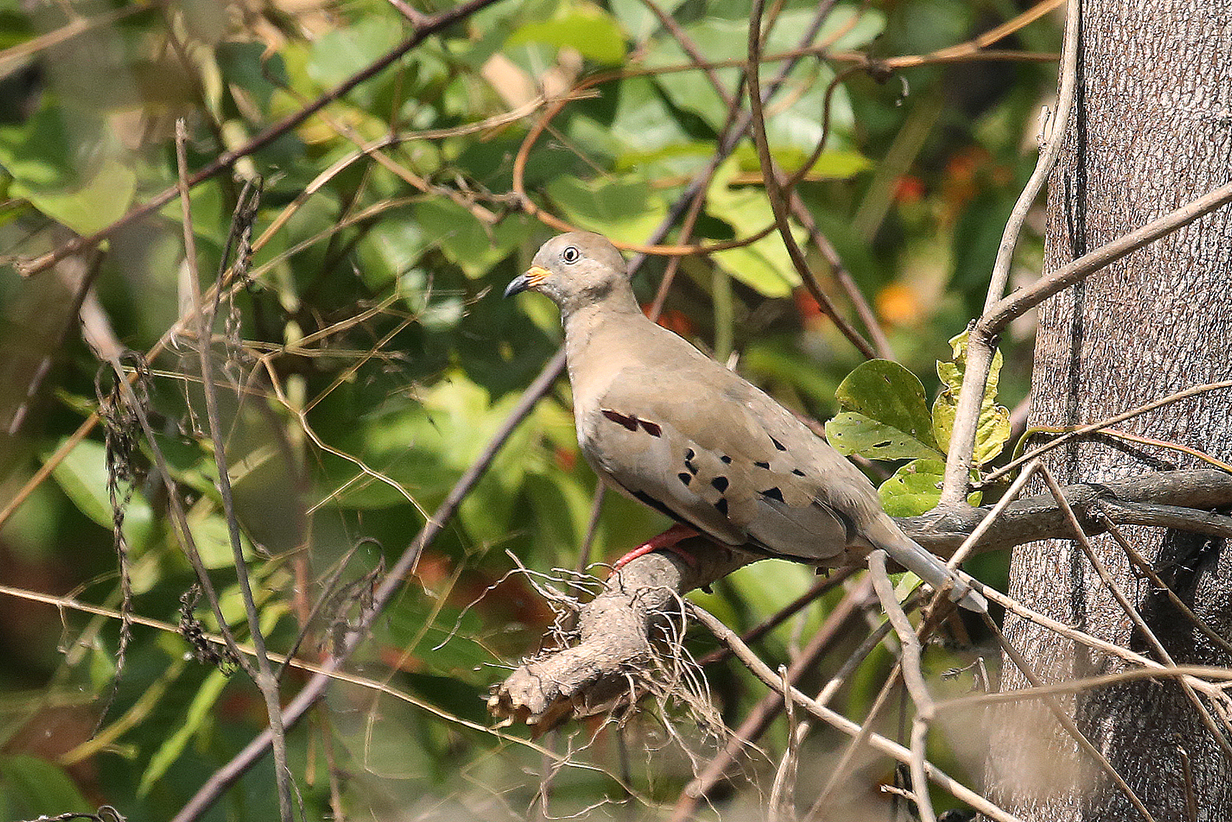
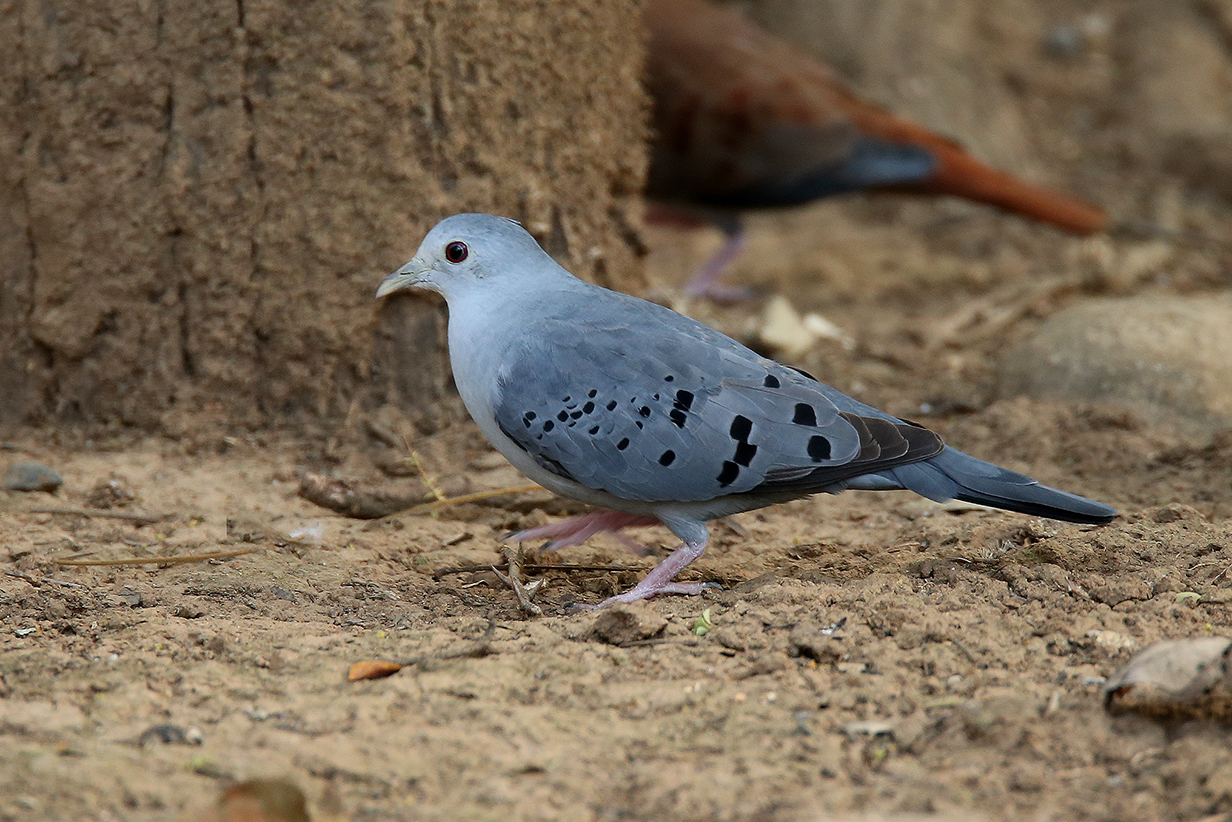
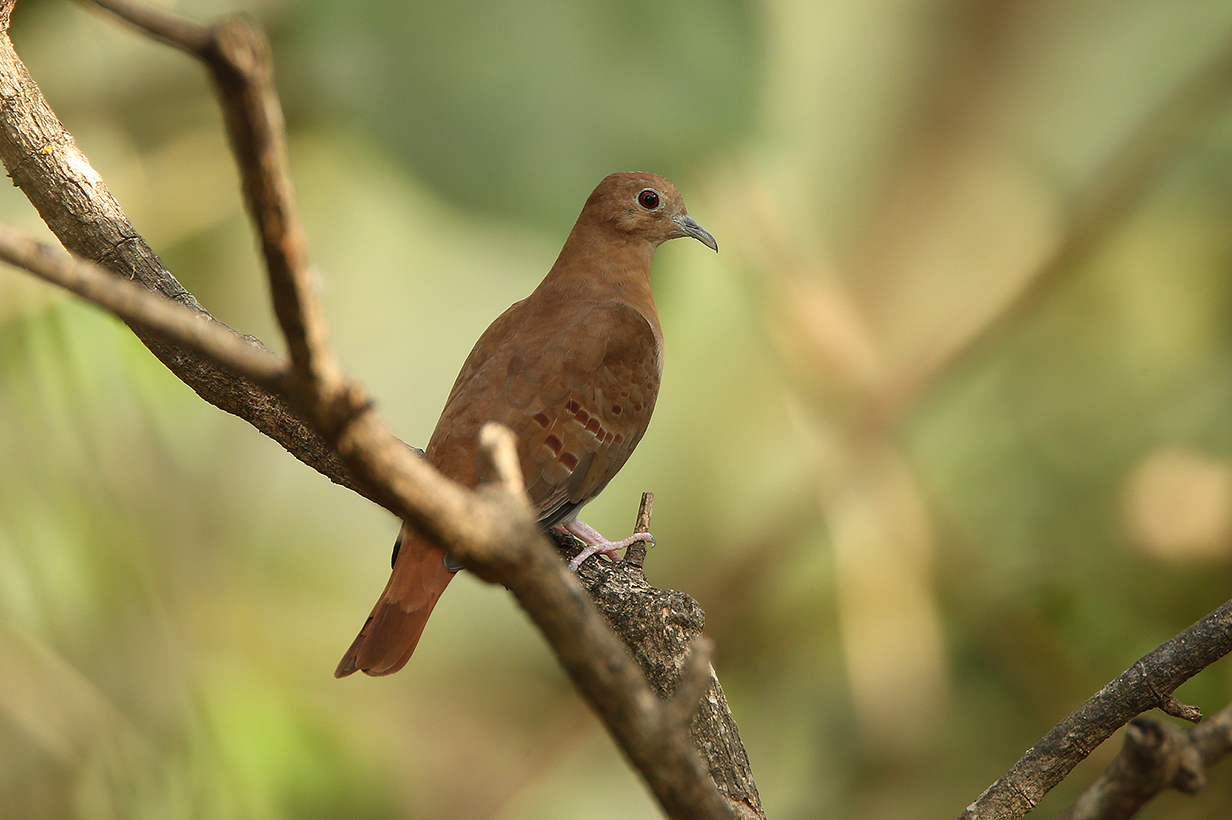



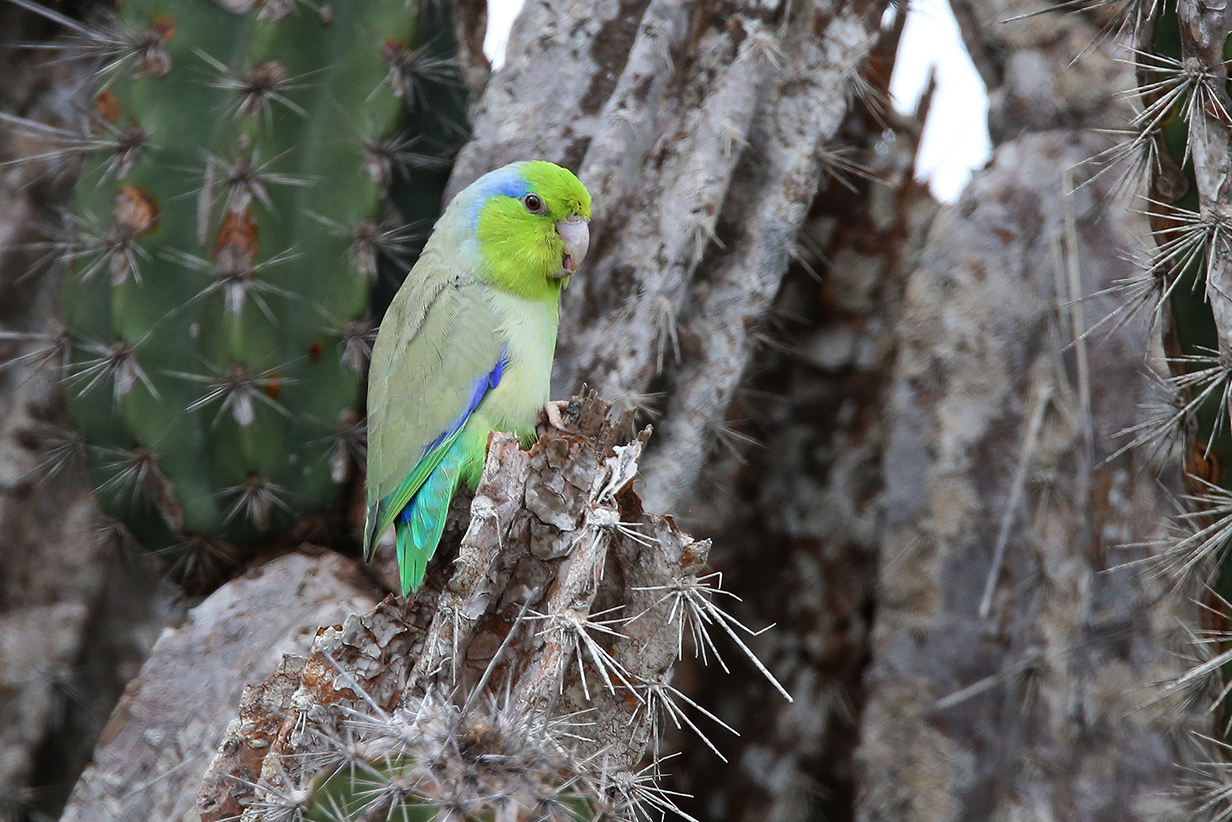
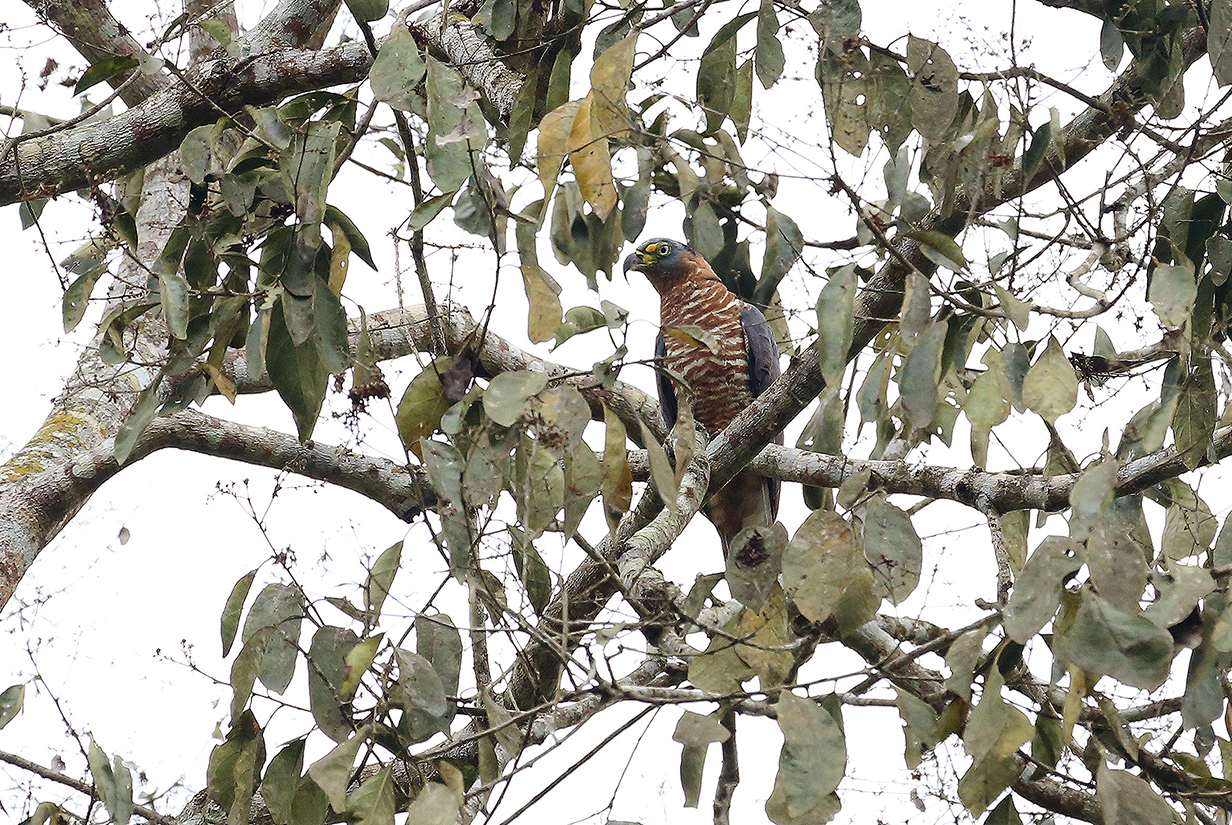
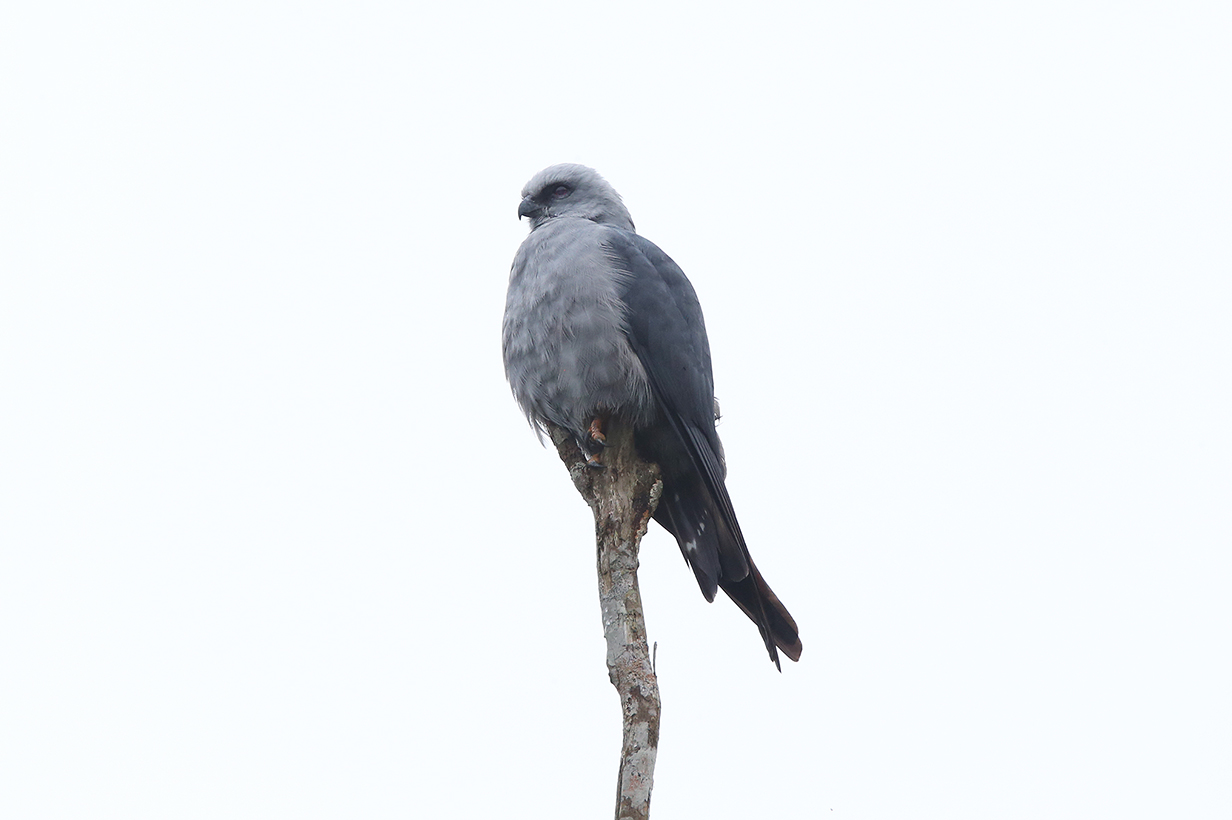
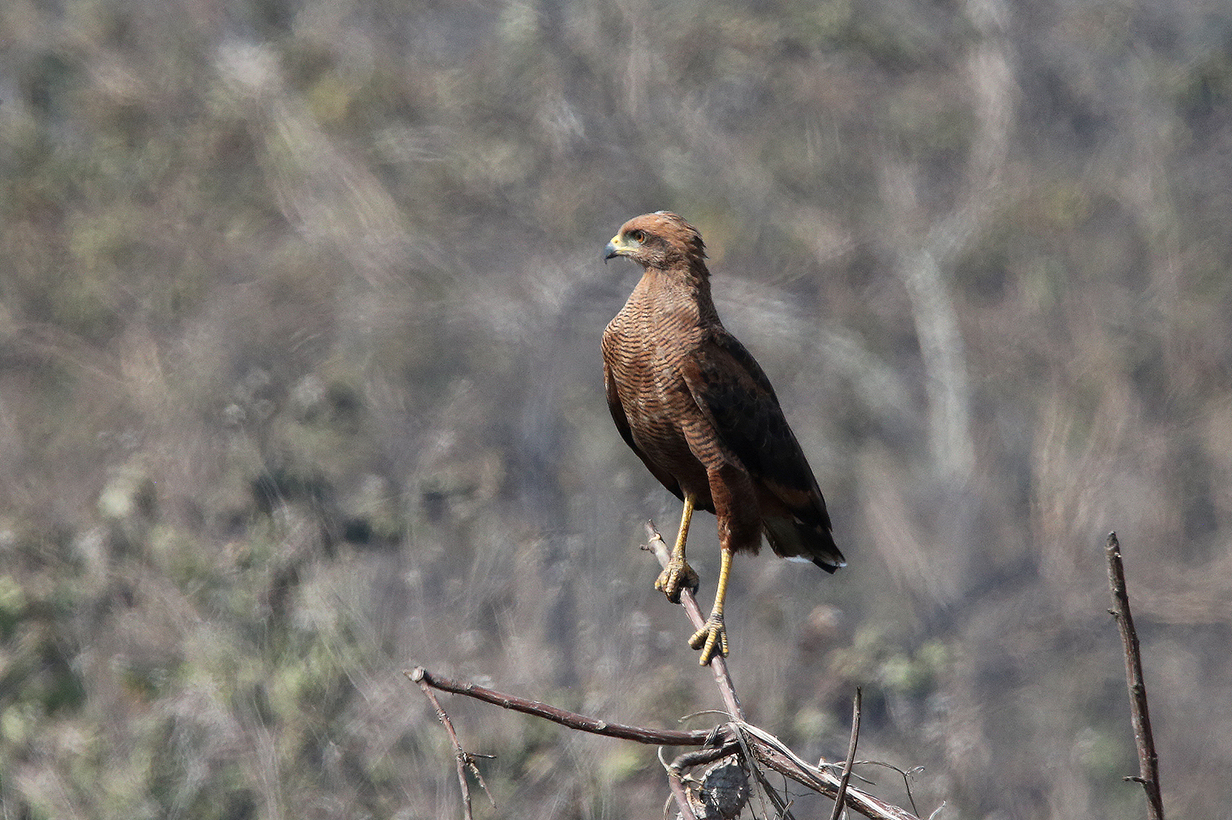
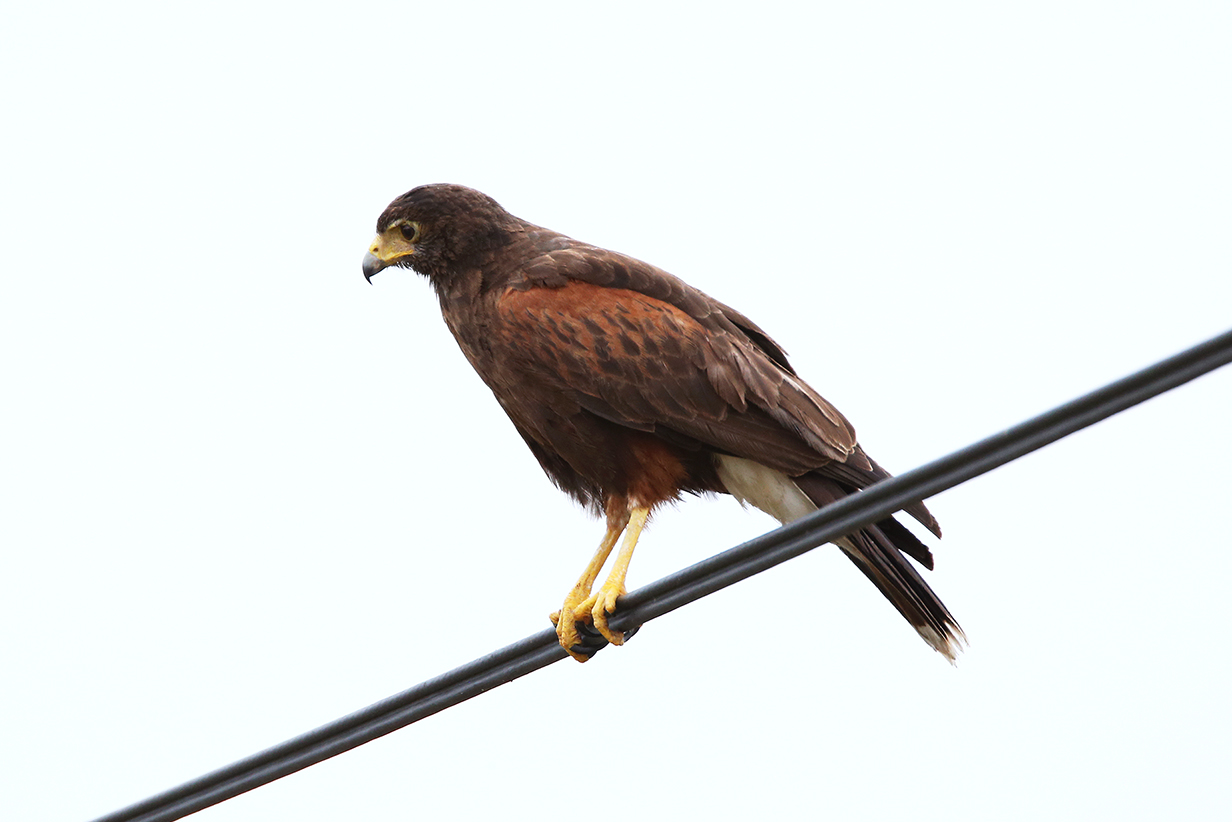
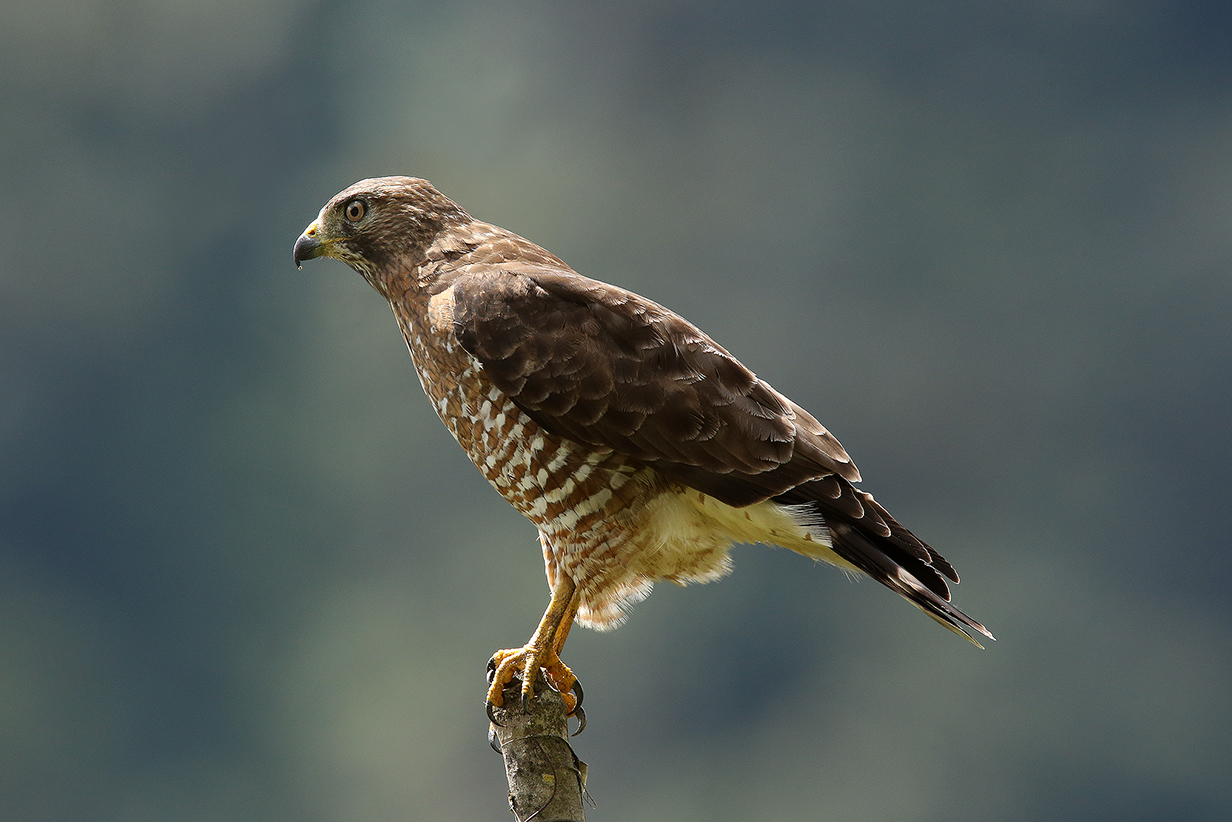


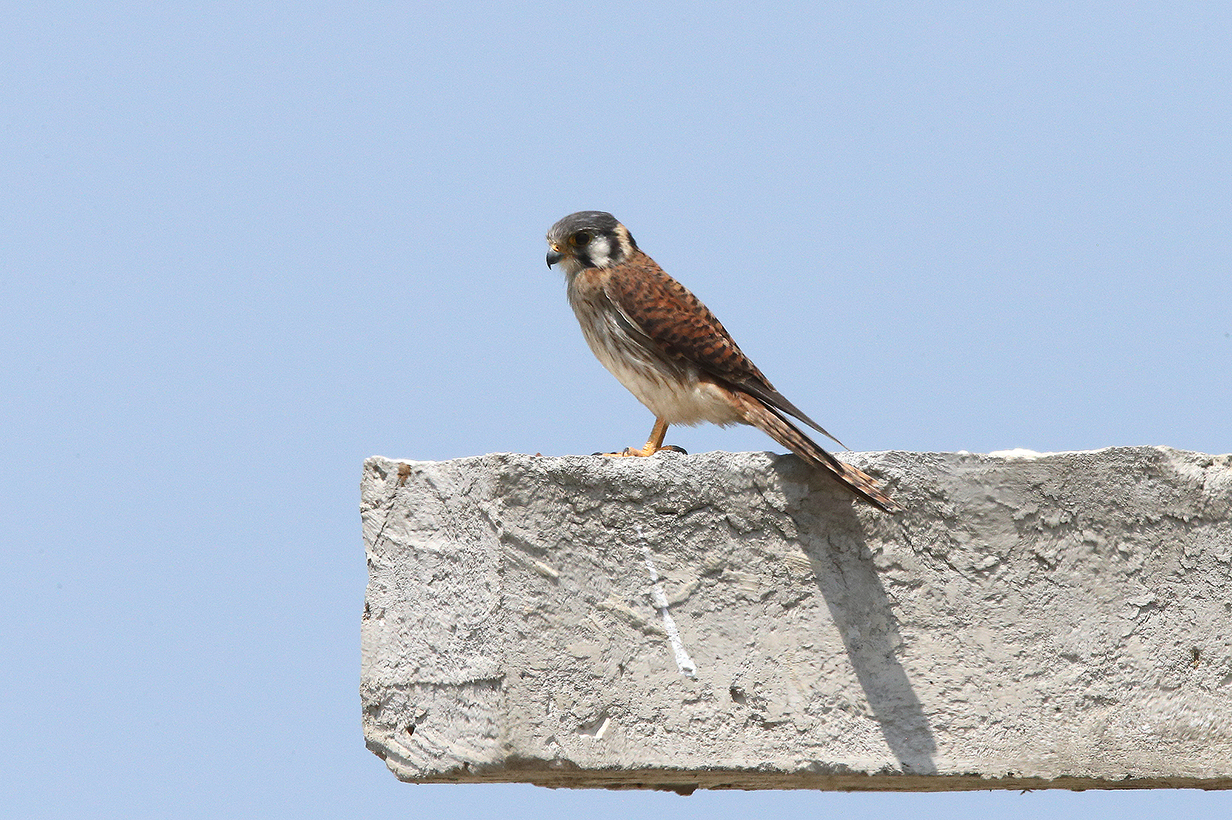
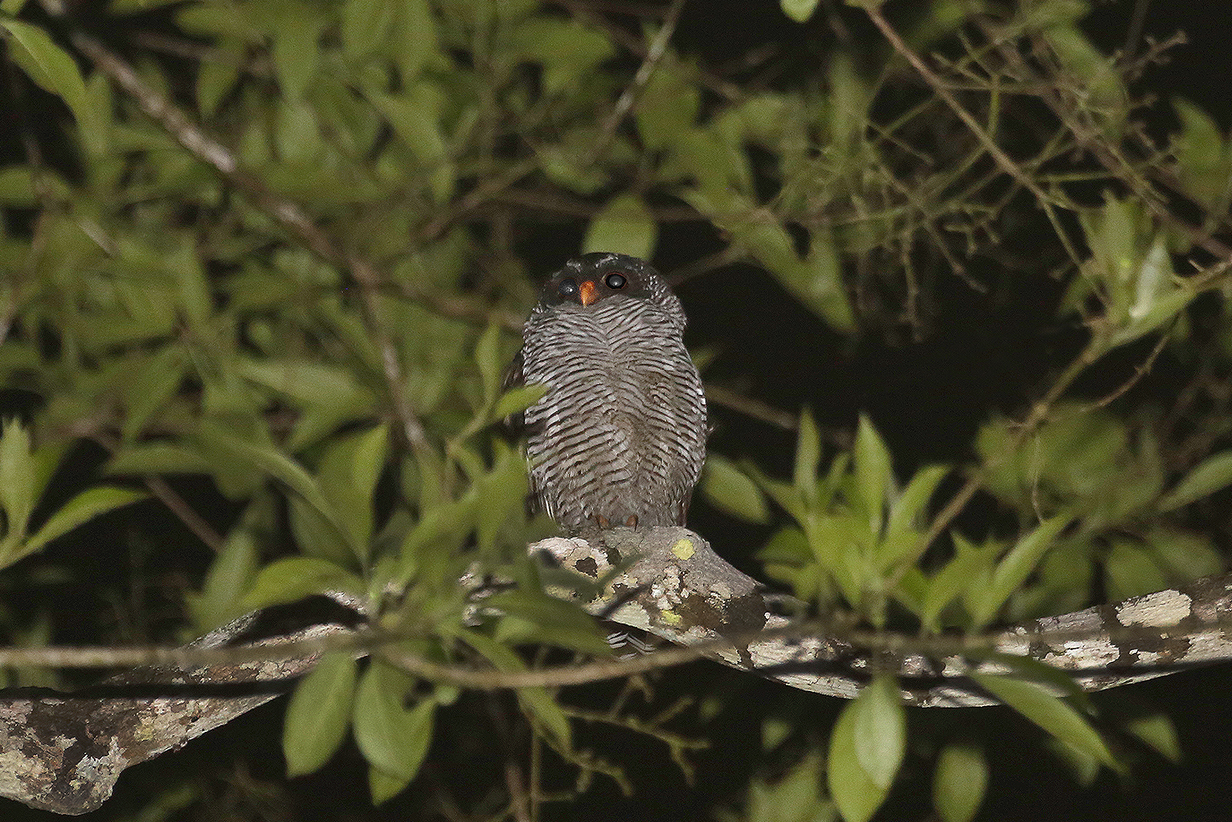
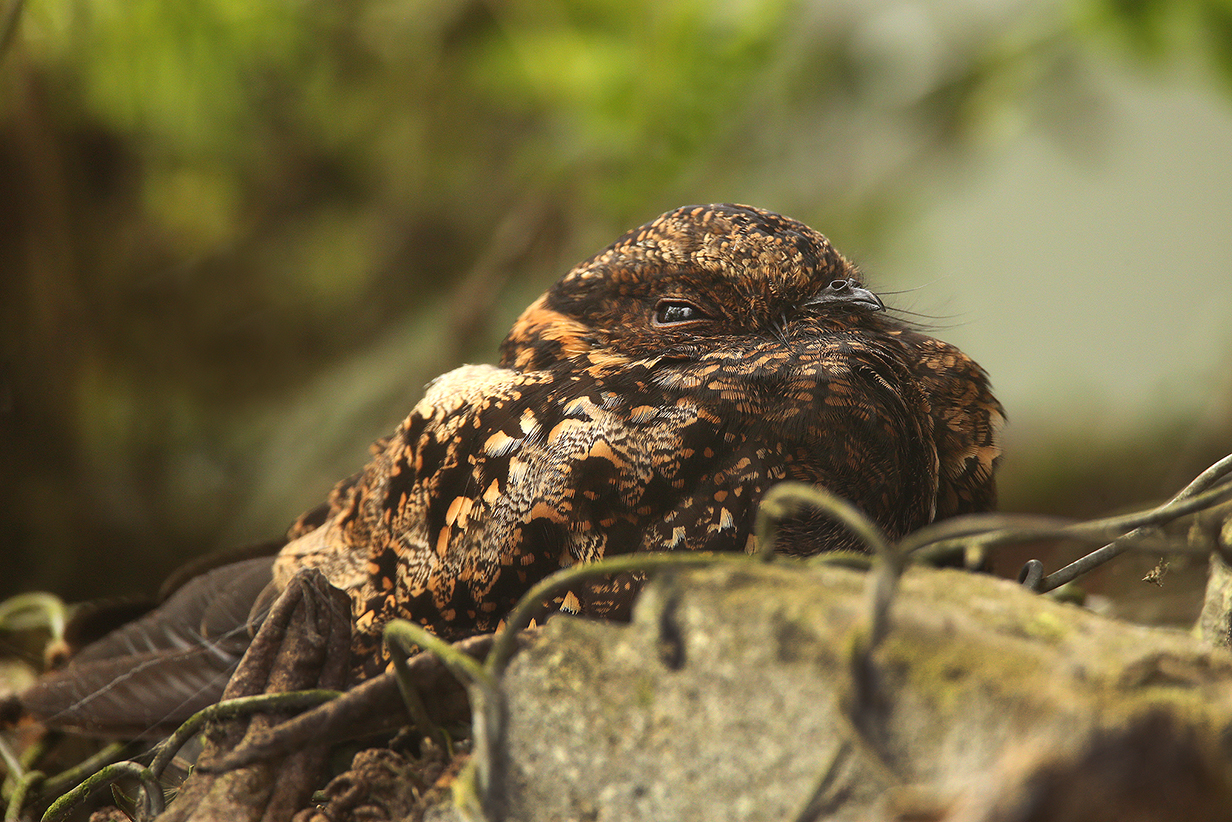


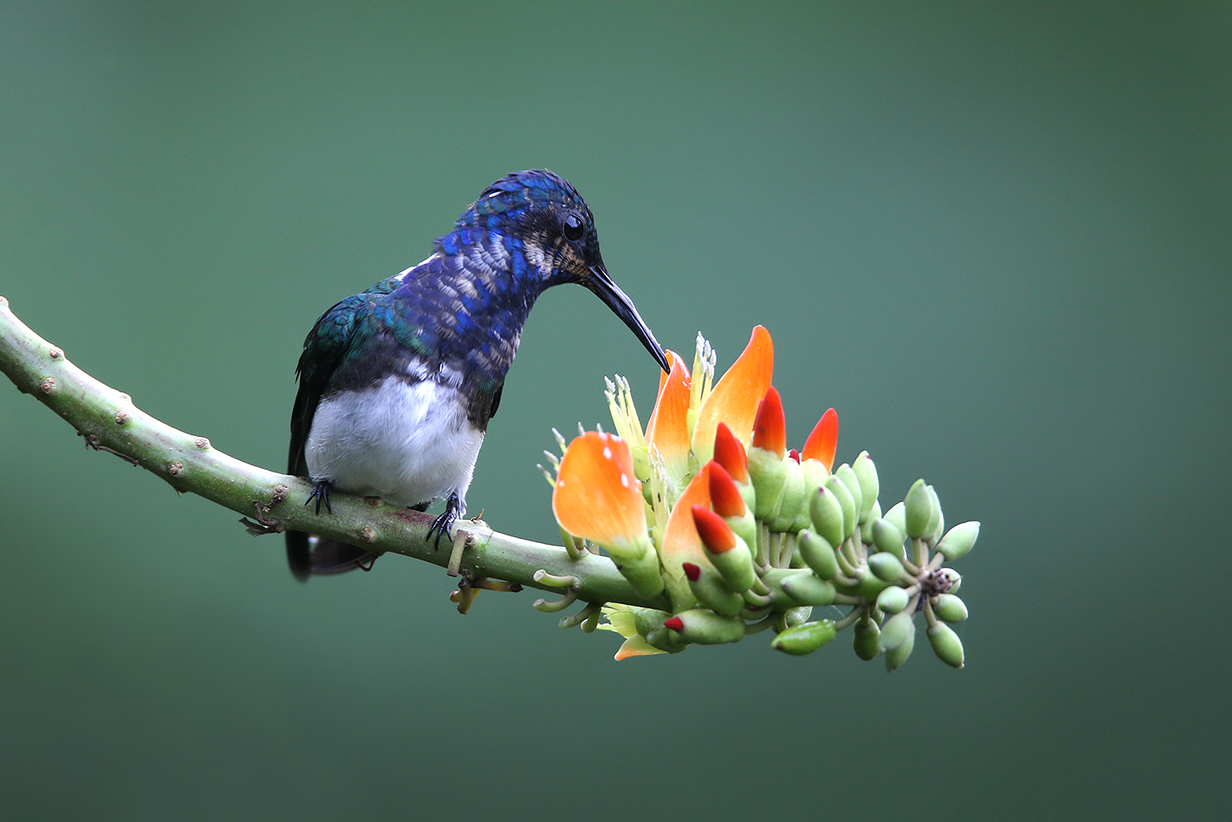
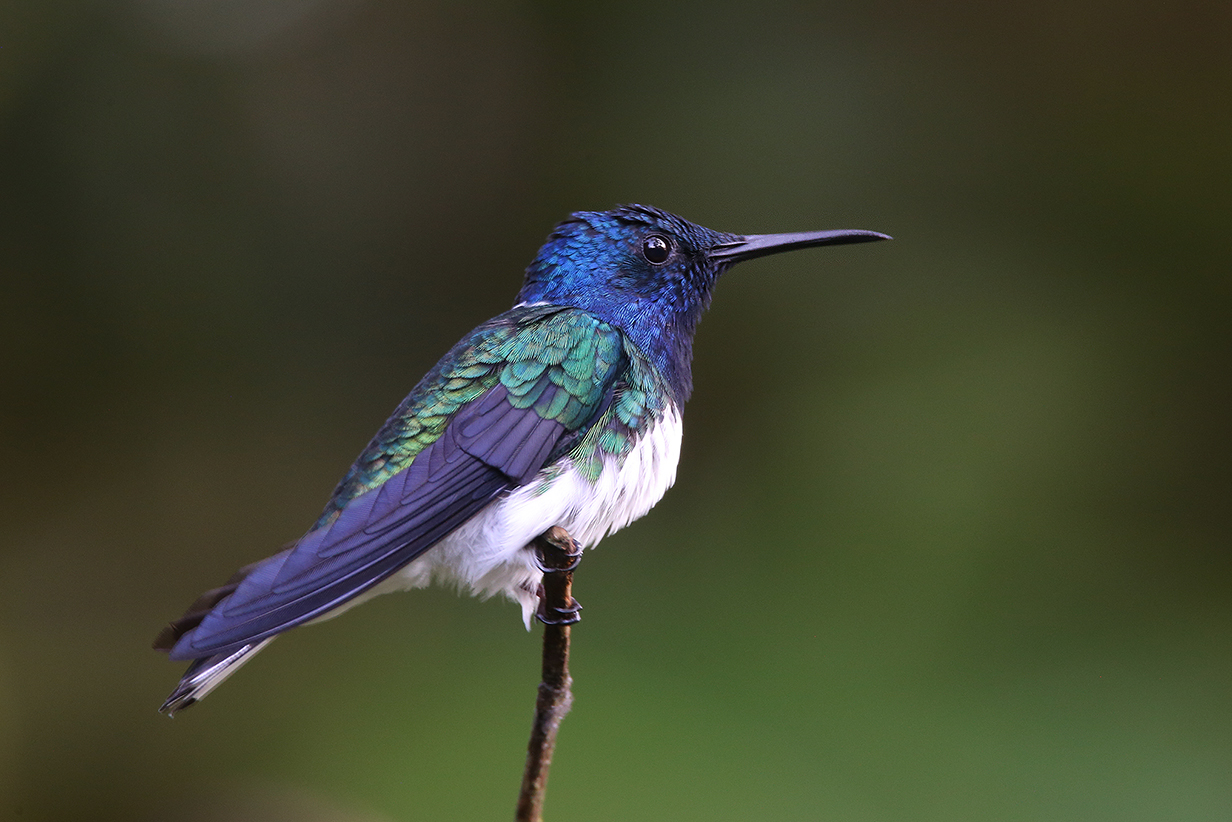

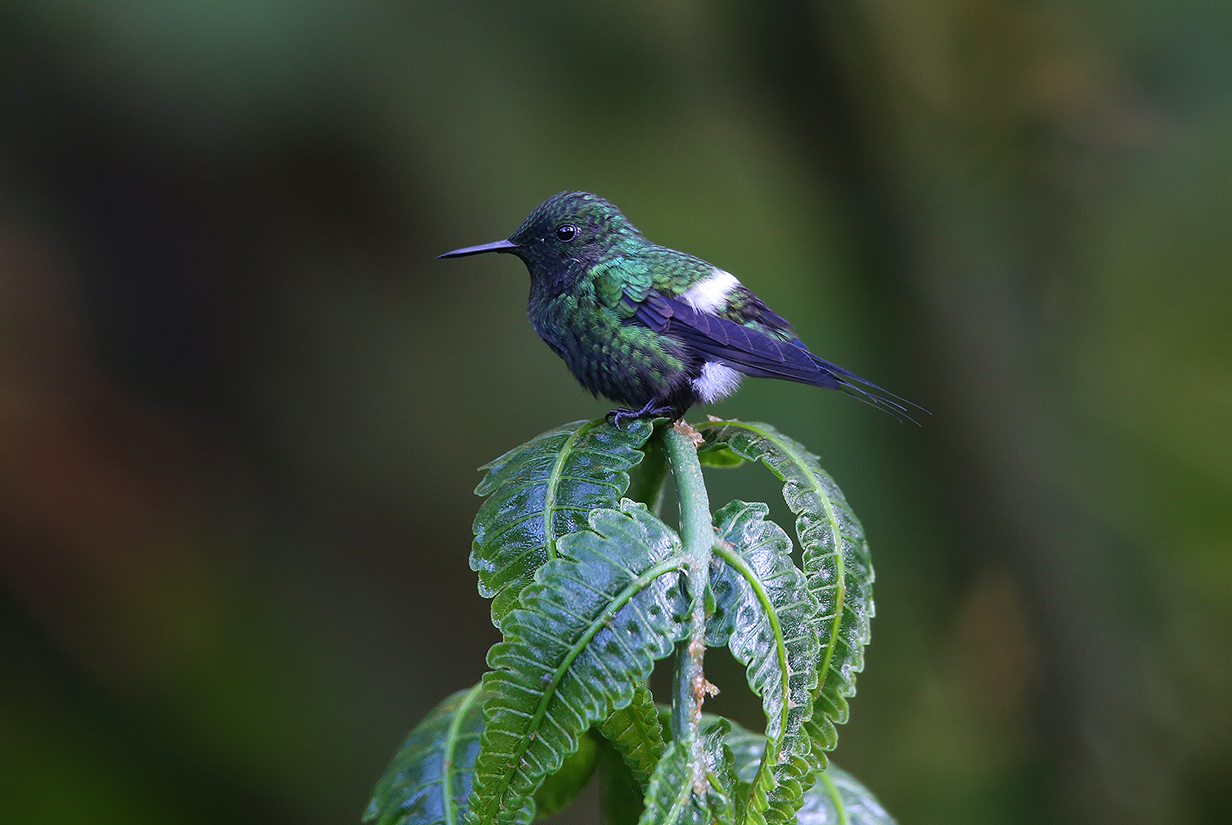
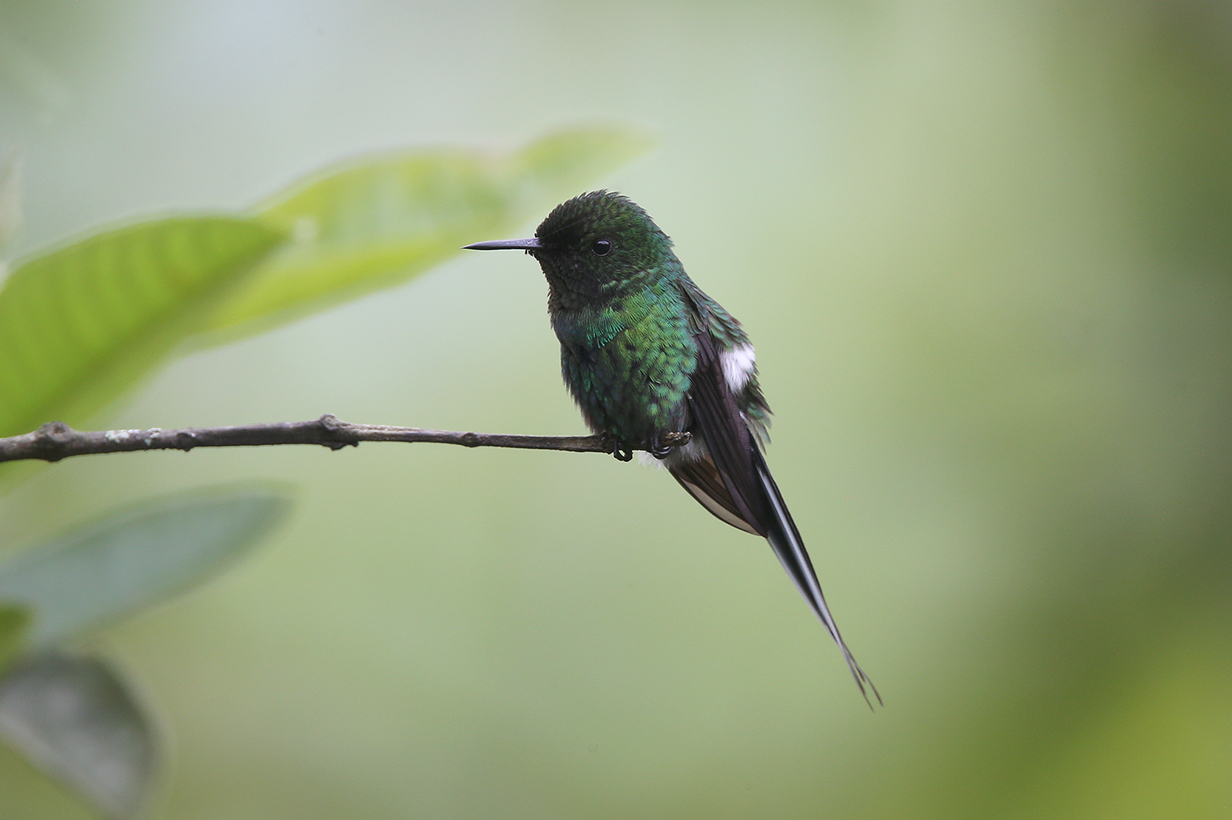
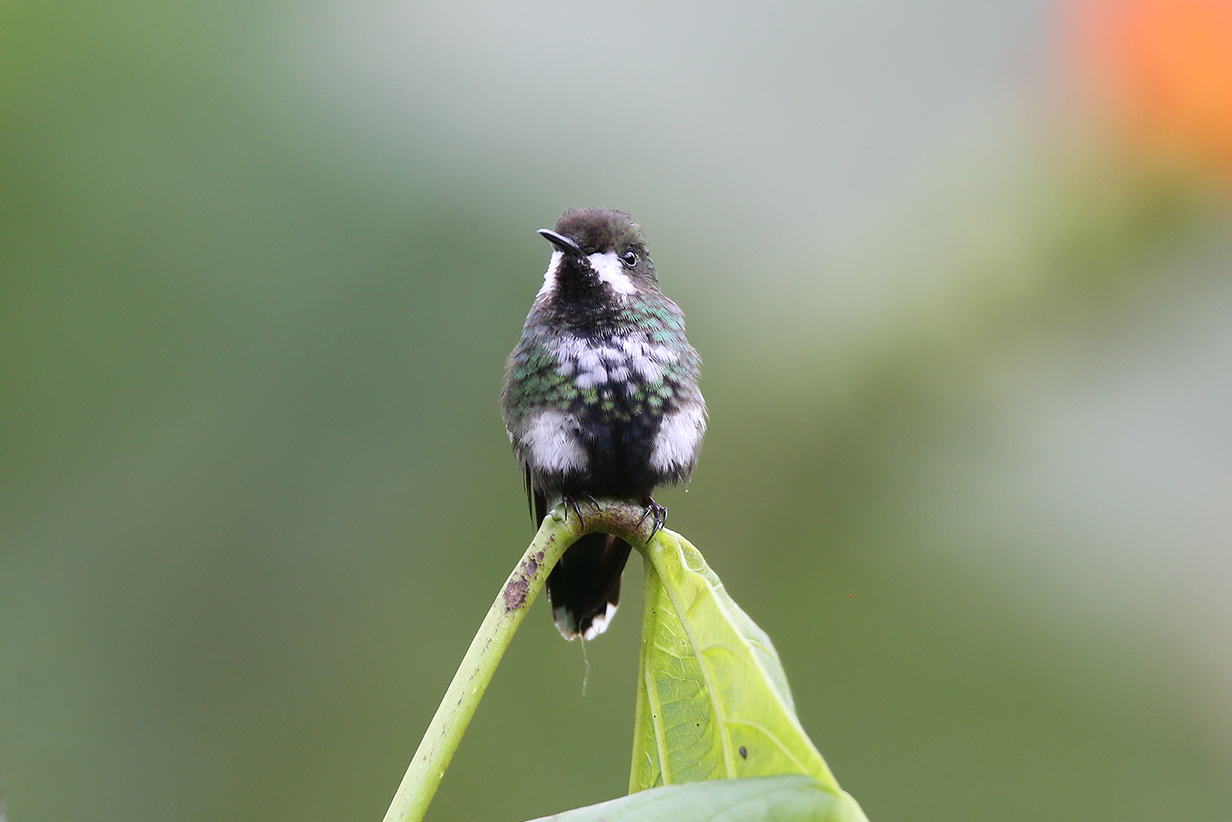
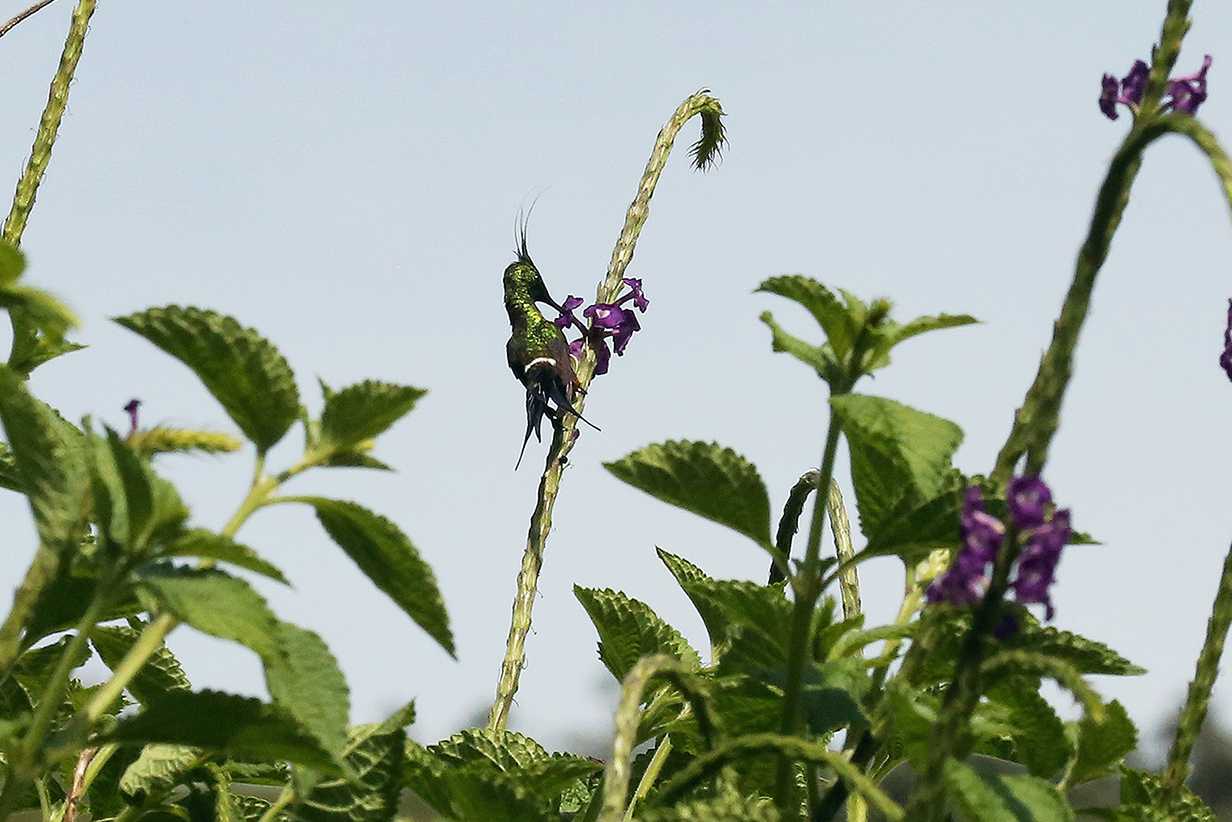
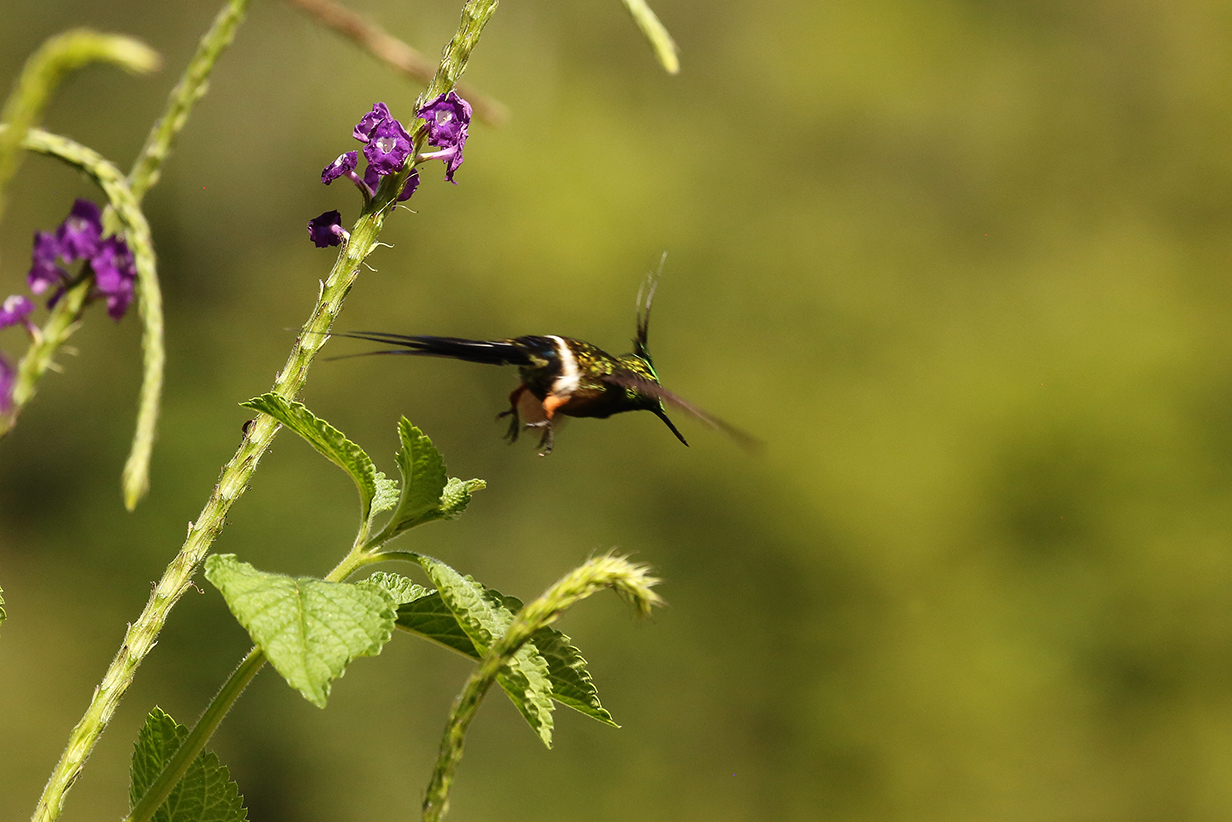
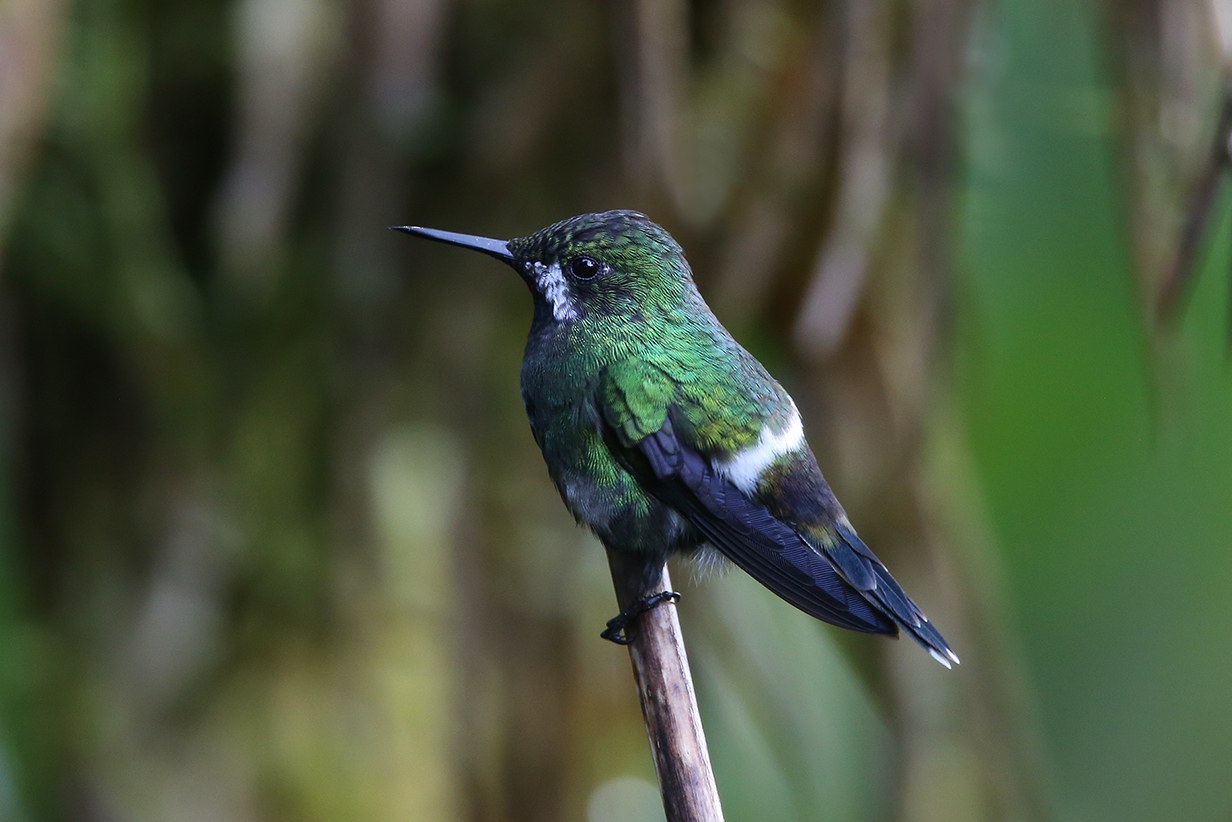
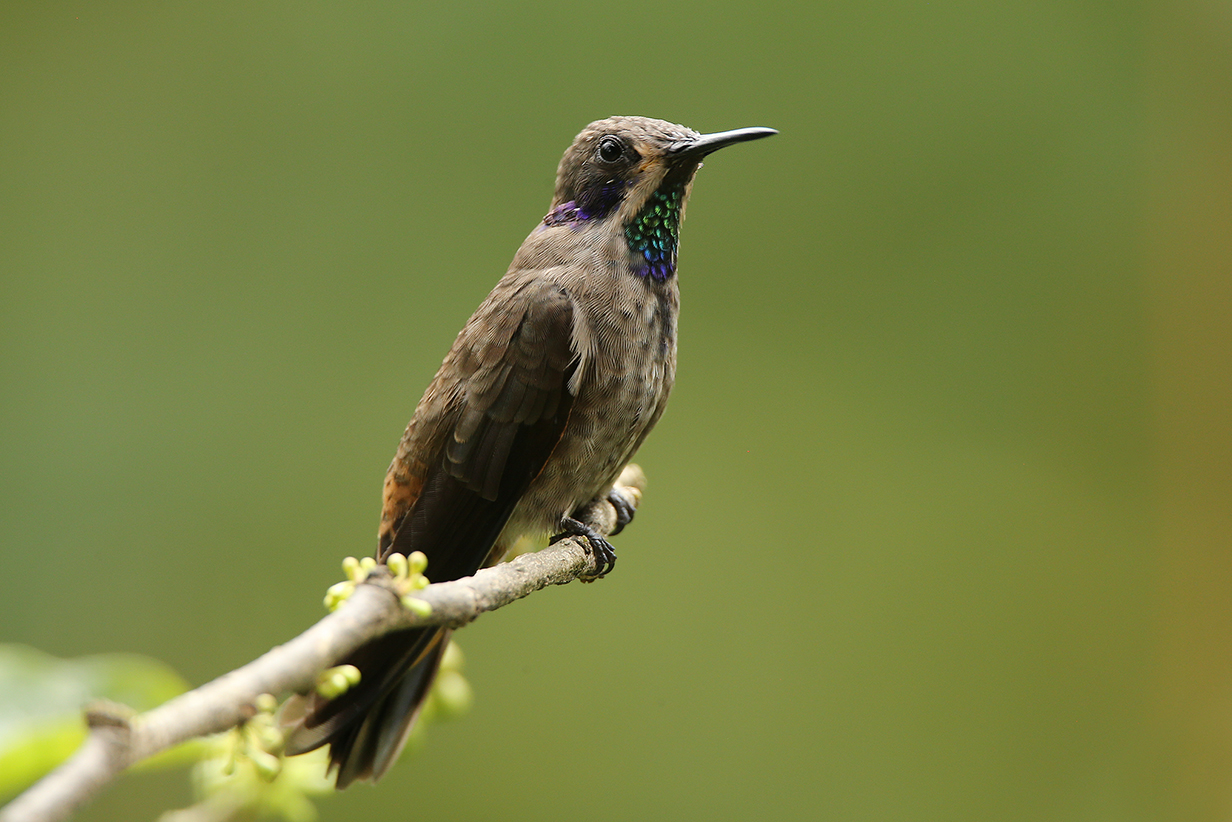
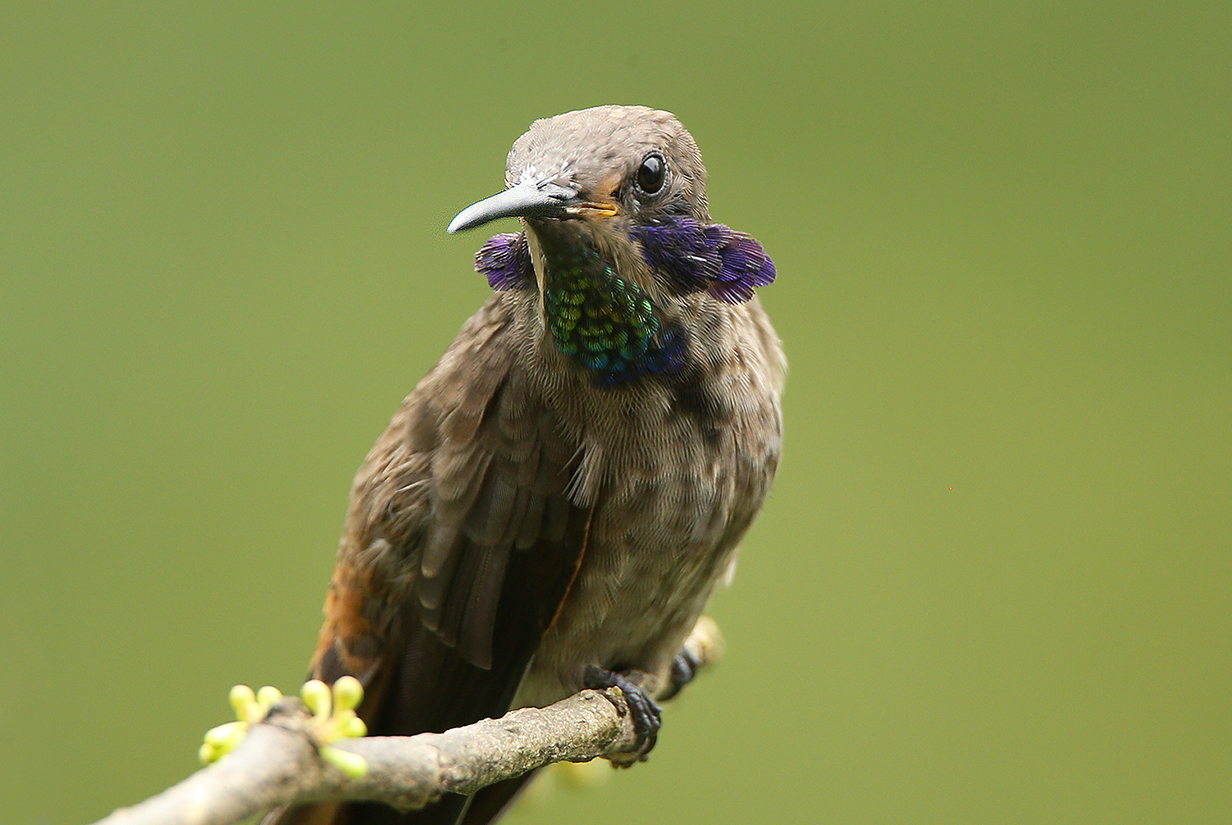

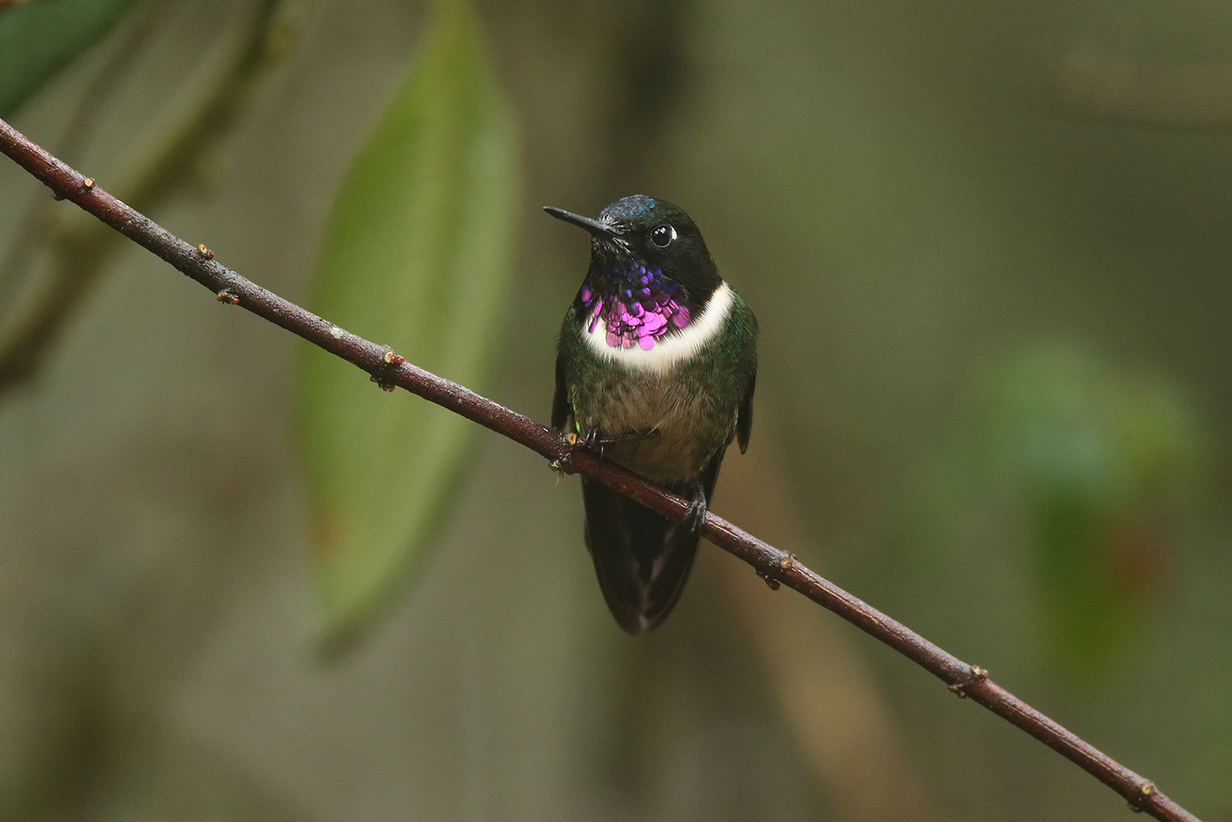
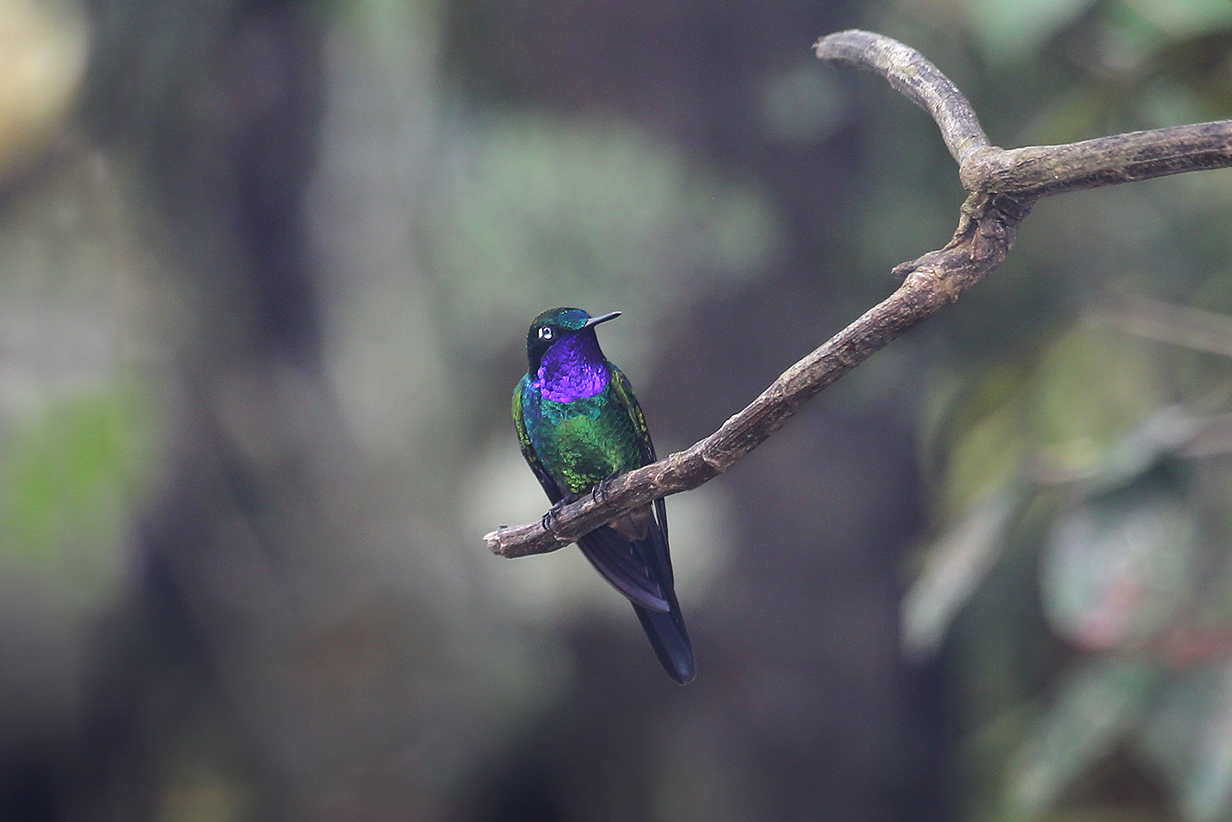
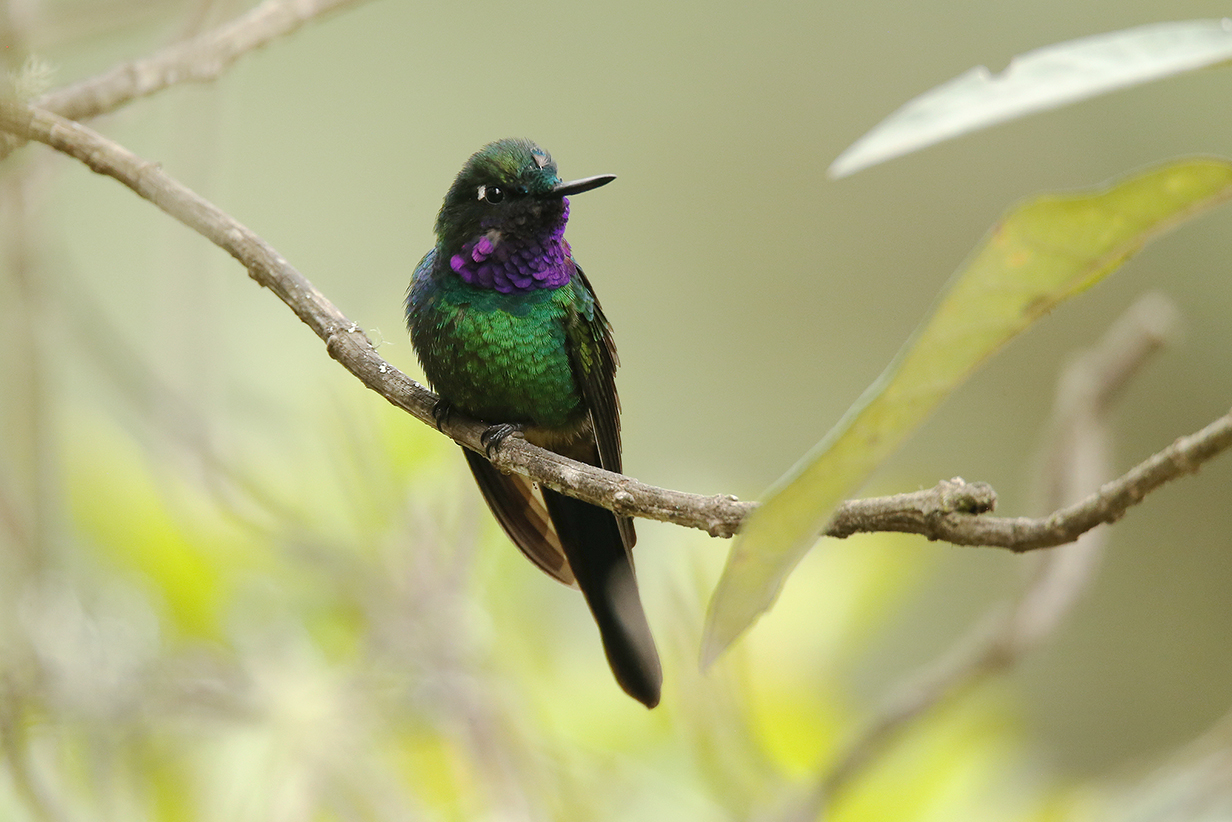

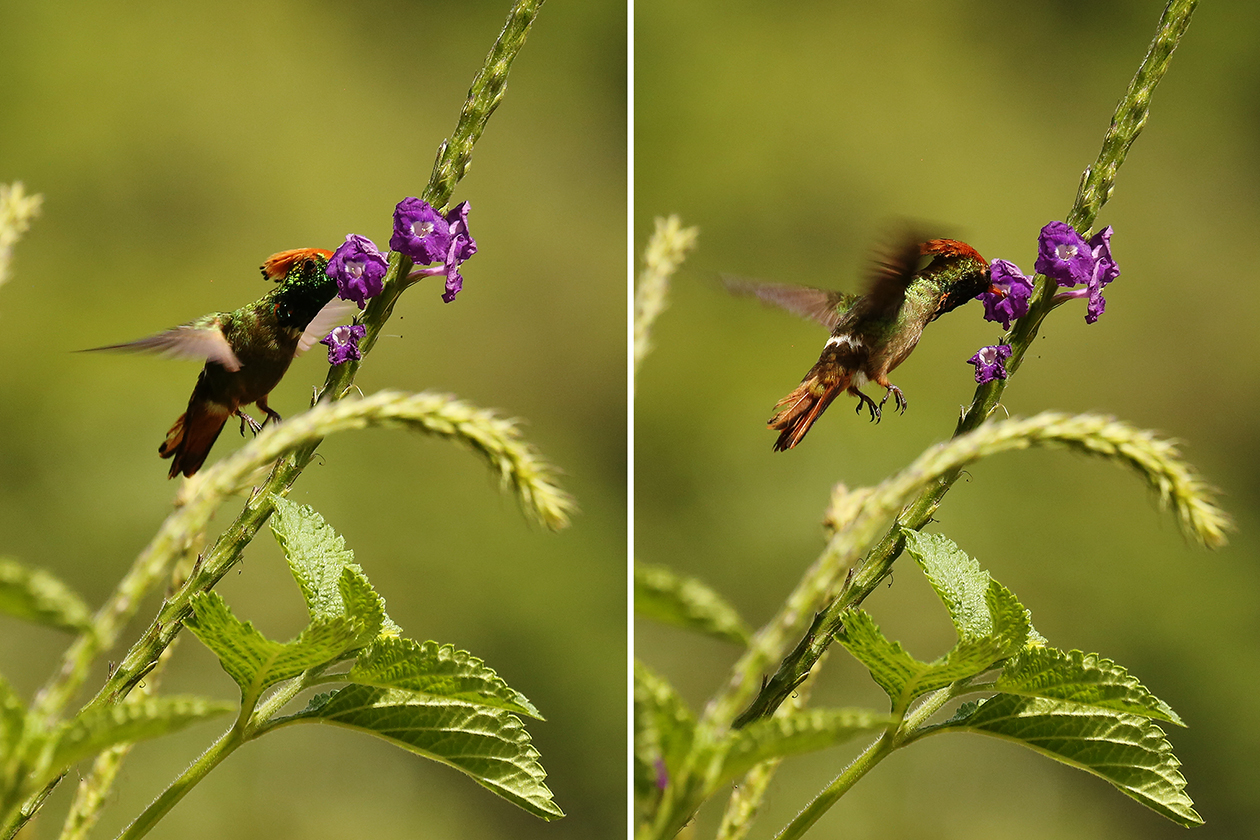
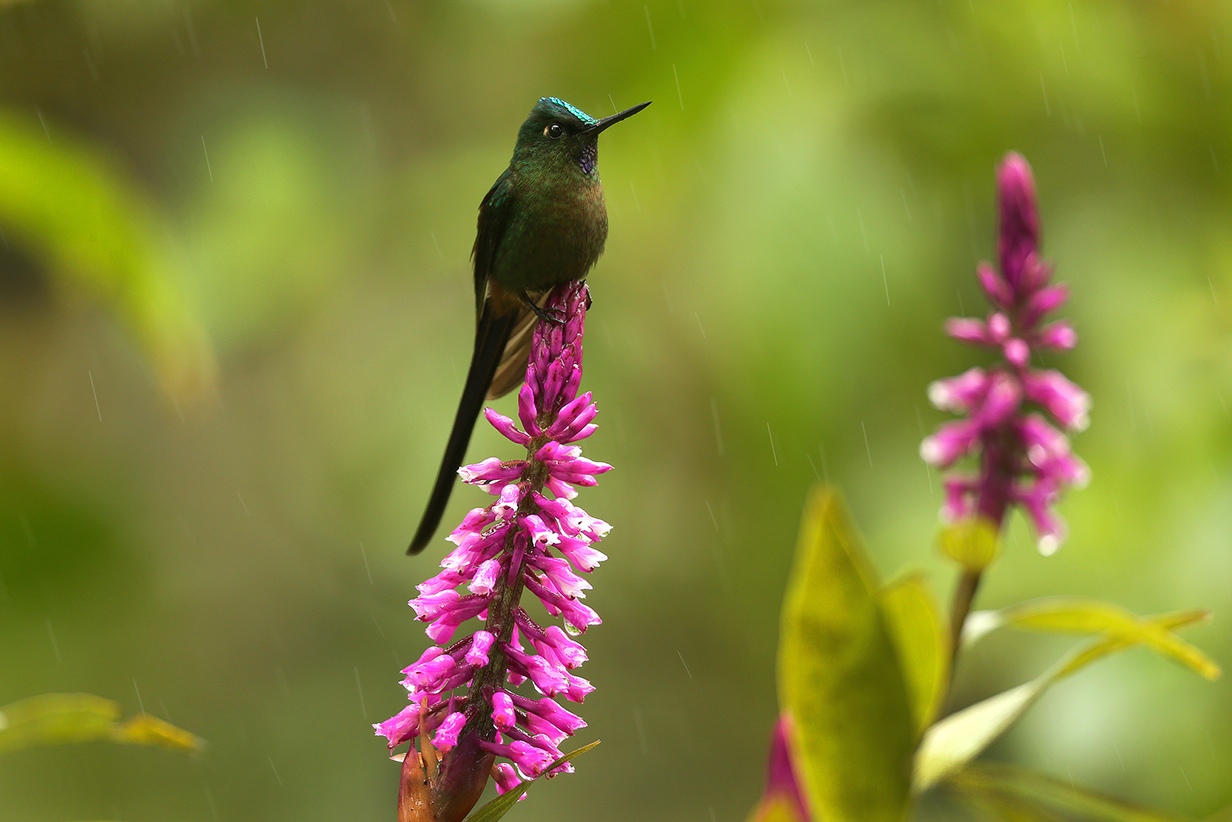
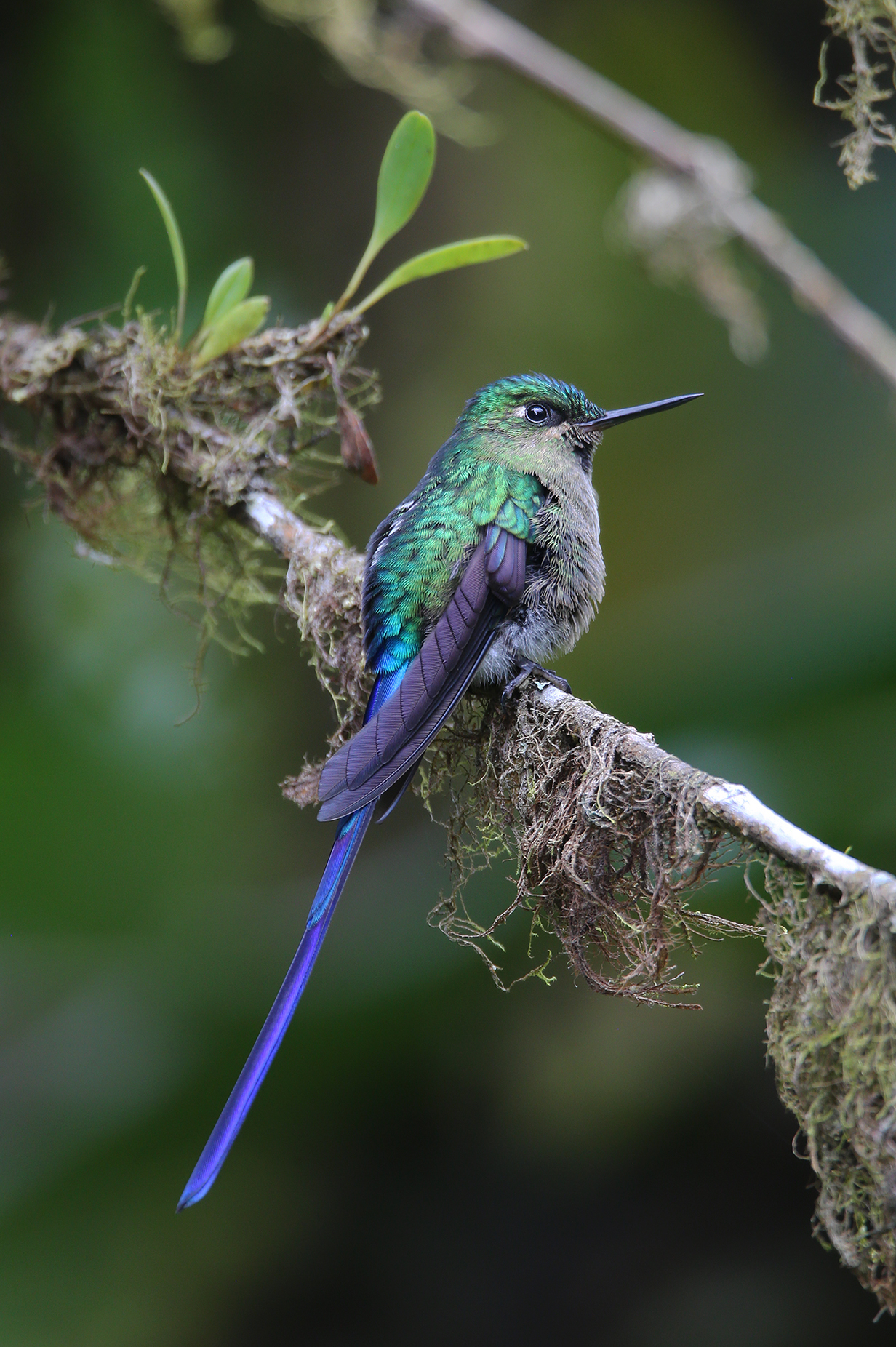
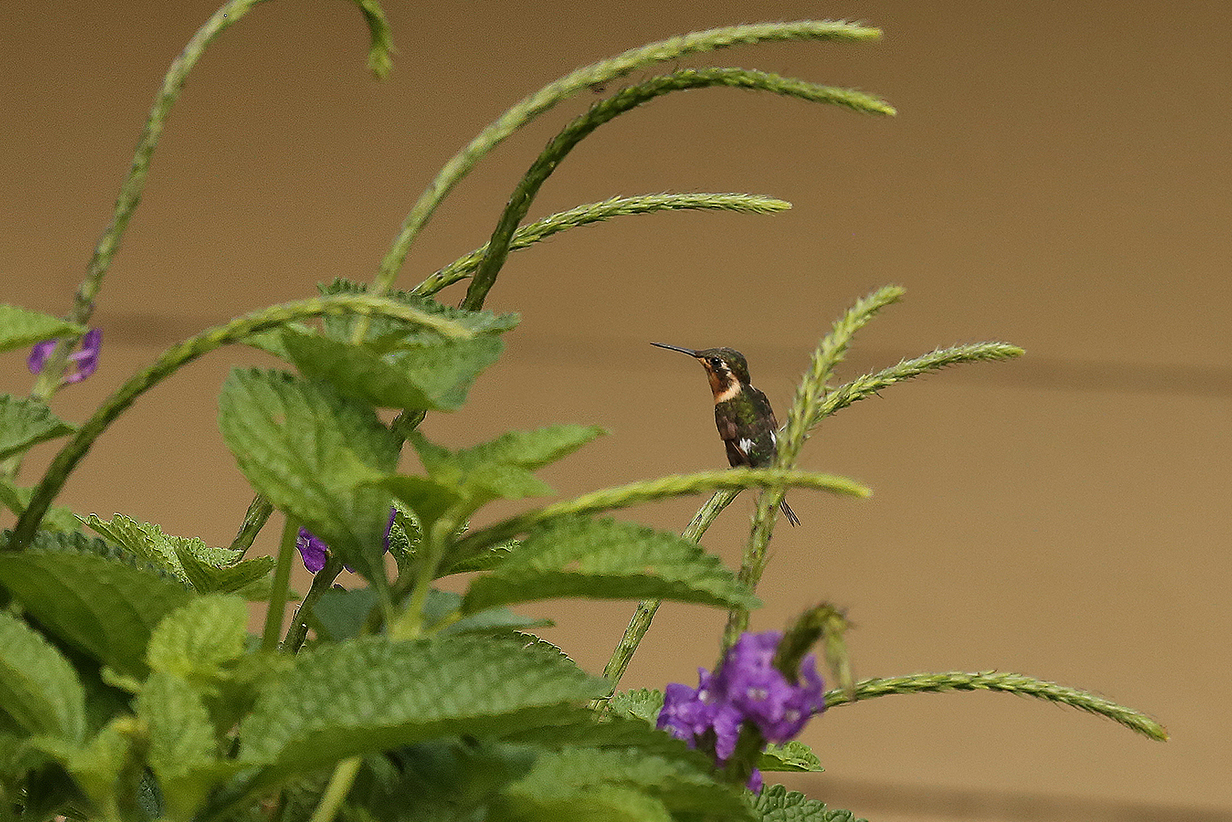
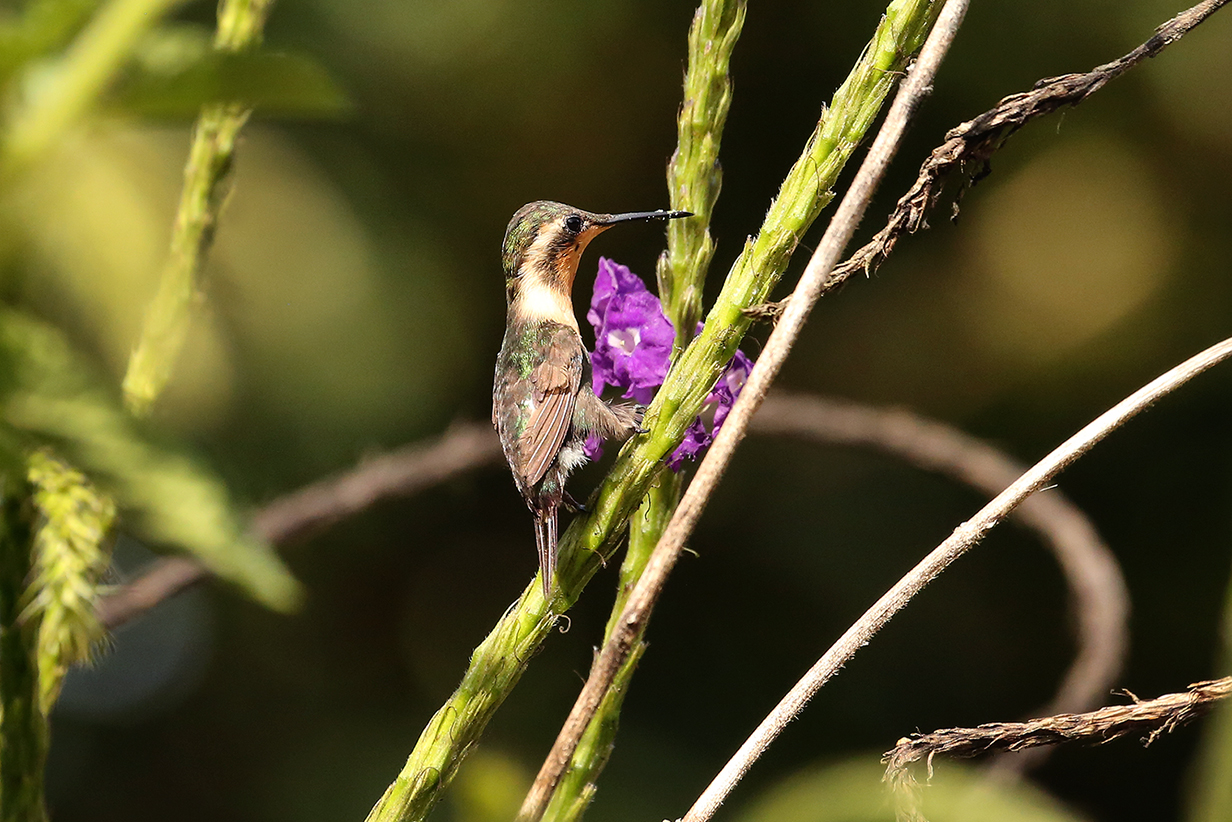
Rainbow starfrontlet: Champion of Iridescence
Rainbow starfrontlet has the most spectacular iridescence that we have
seen on a hummingbird -- or, indeed, anywhere else in nature, as we write
this web posting. Its colors vary even with small changes of viewing angle
and over a startlingly wide range of colors. This first picture shows
a male Rainbow starfrontlet at its most magnificent:
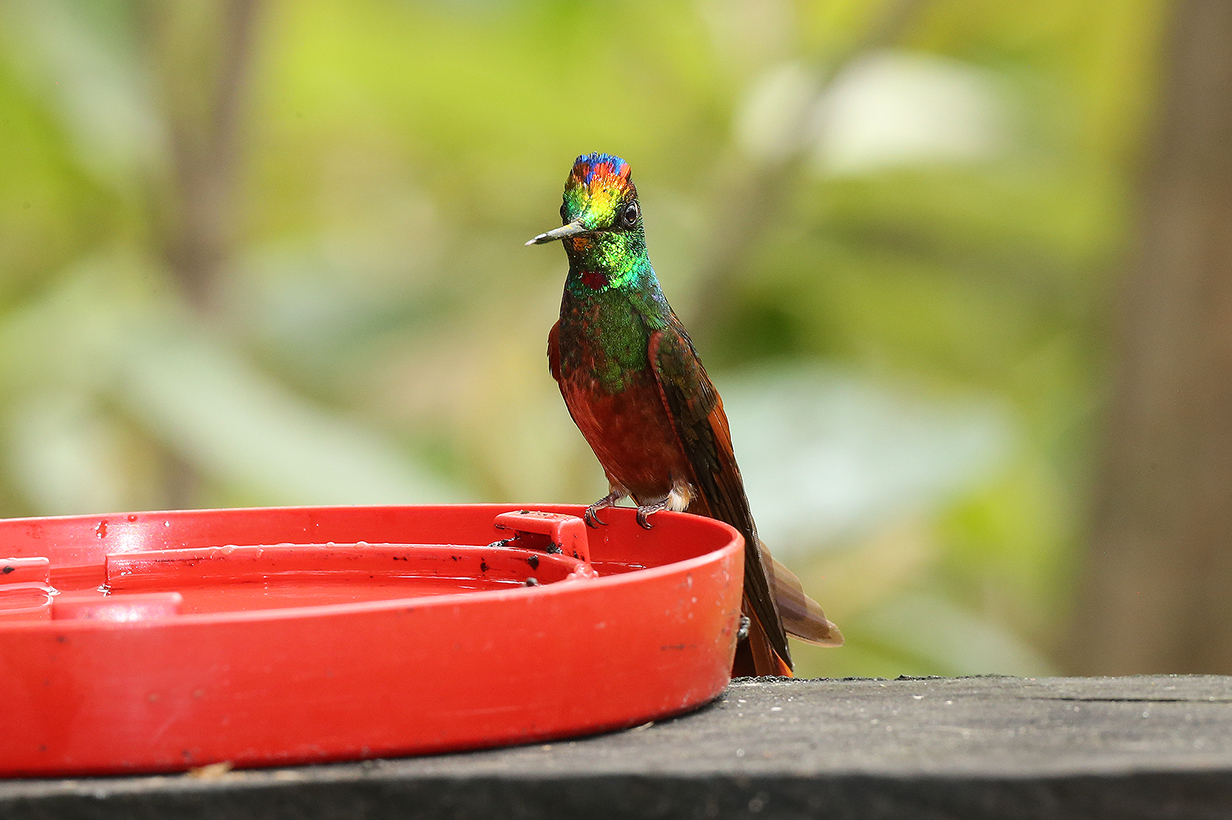

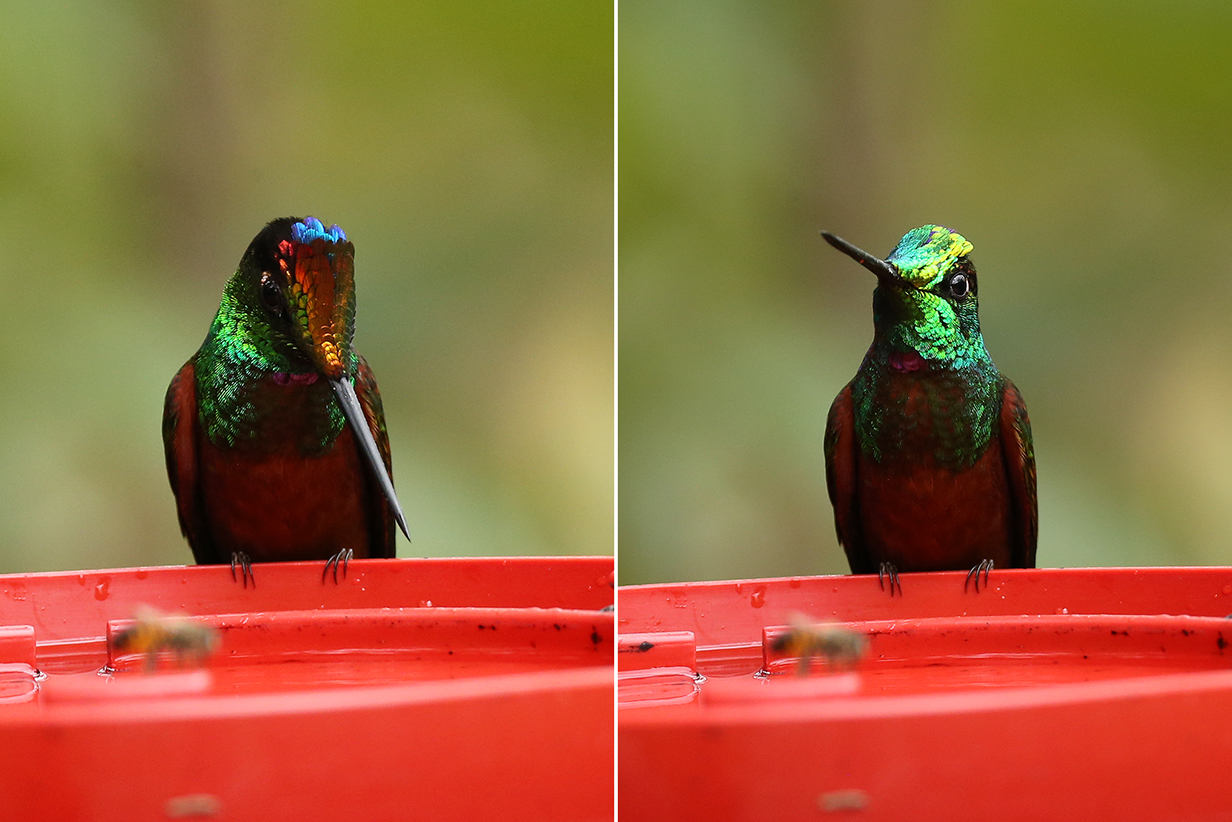


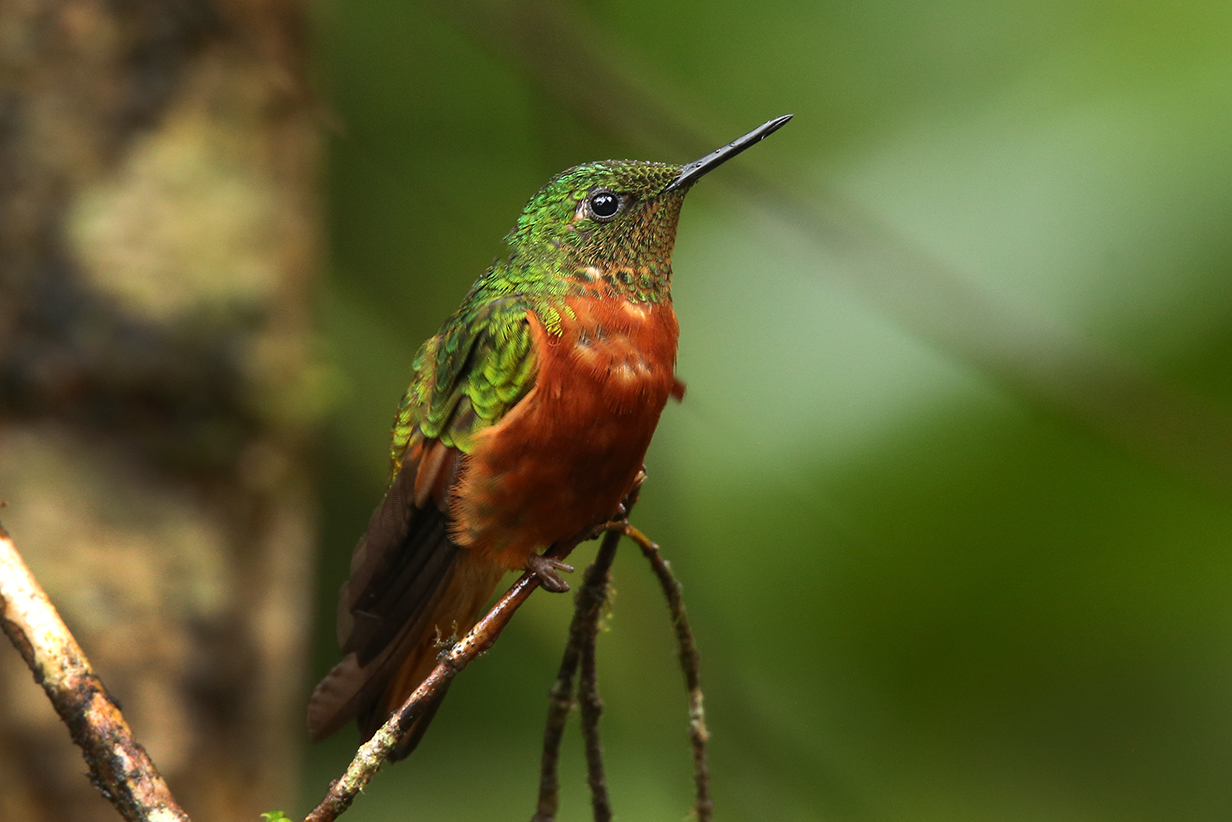
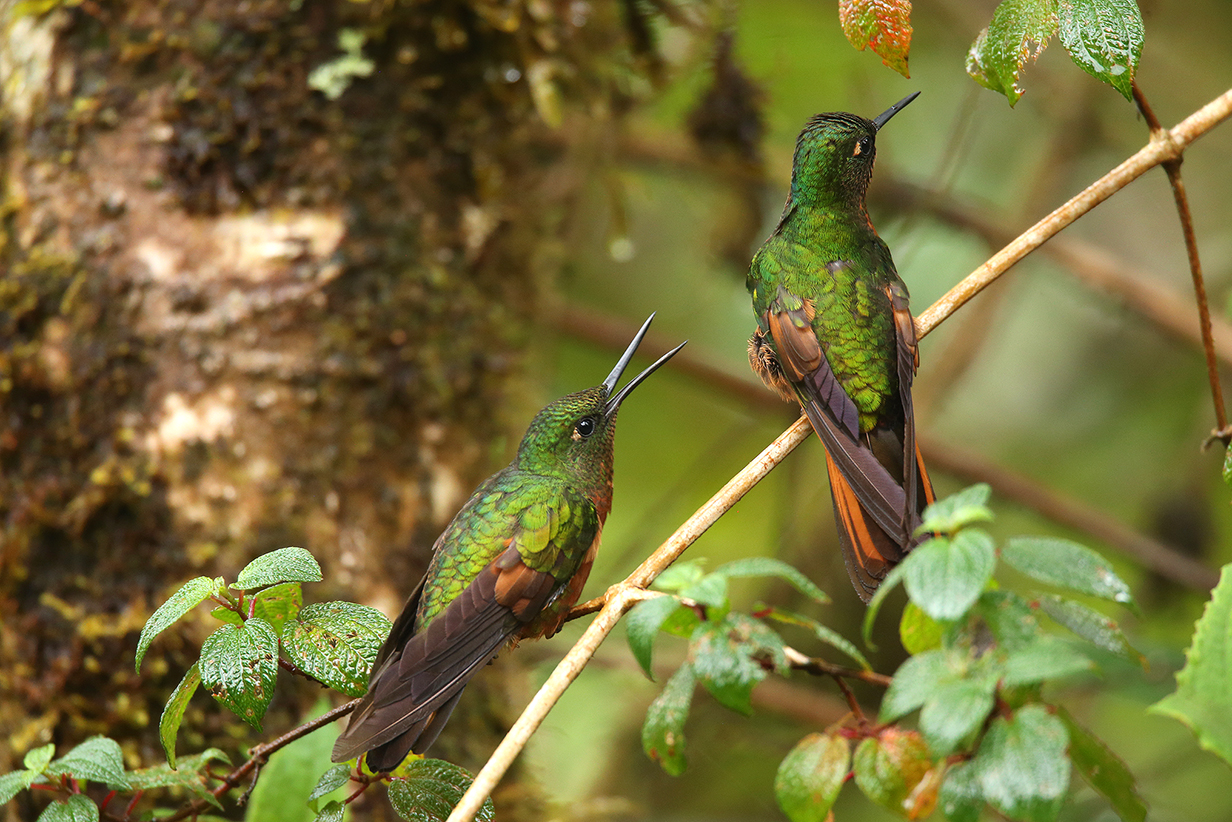
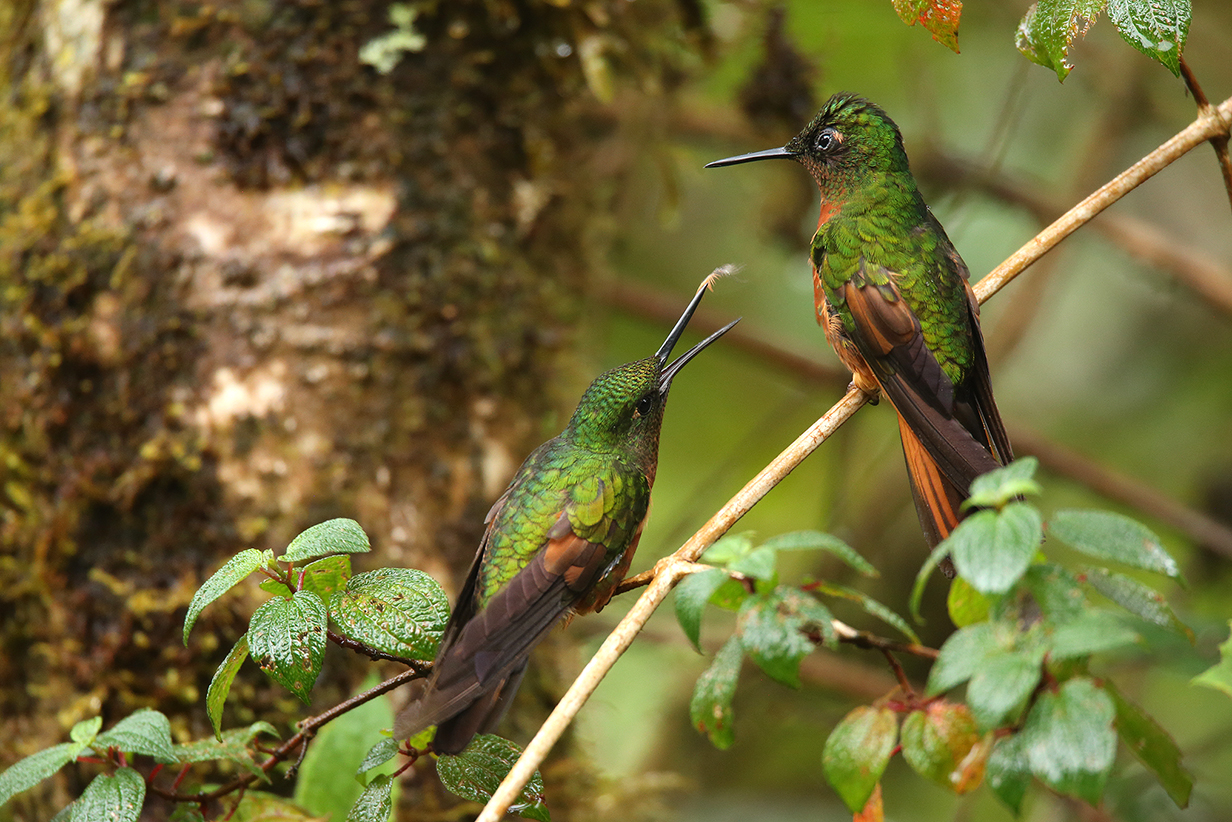
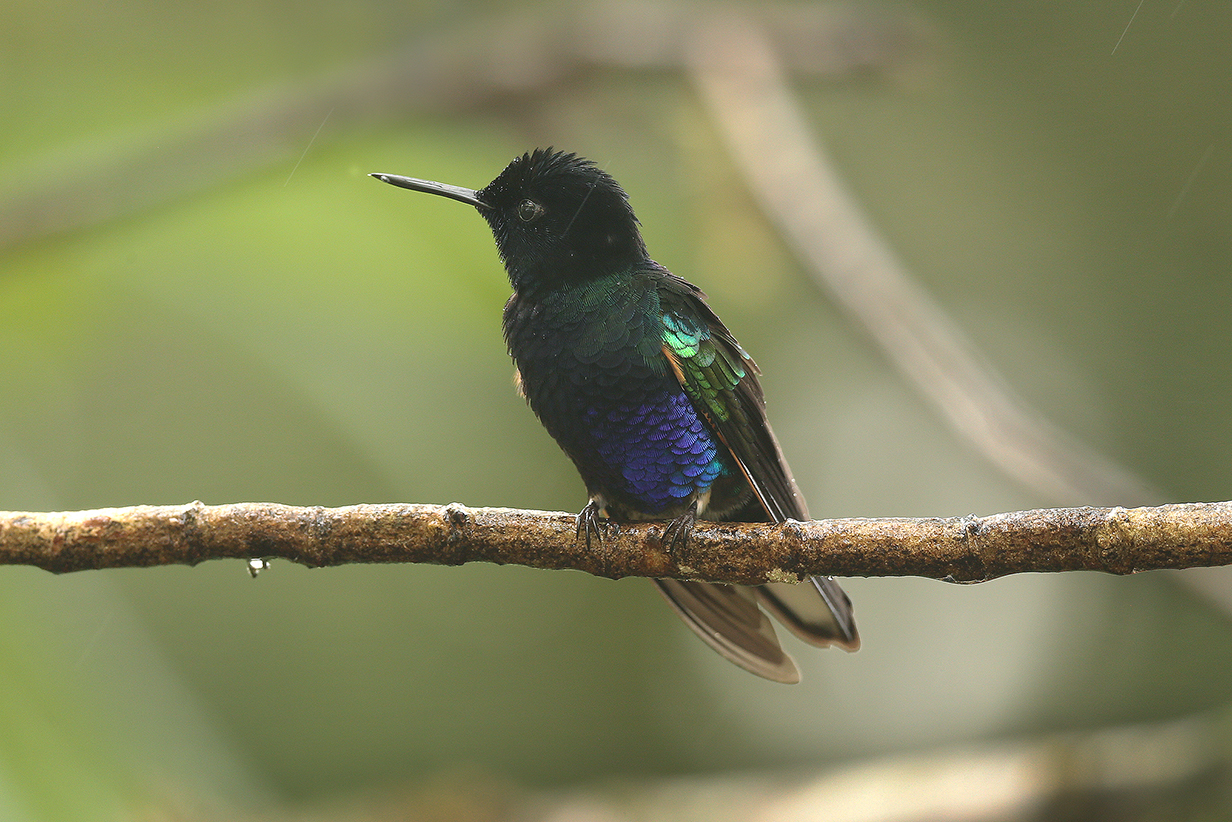
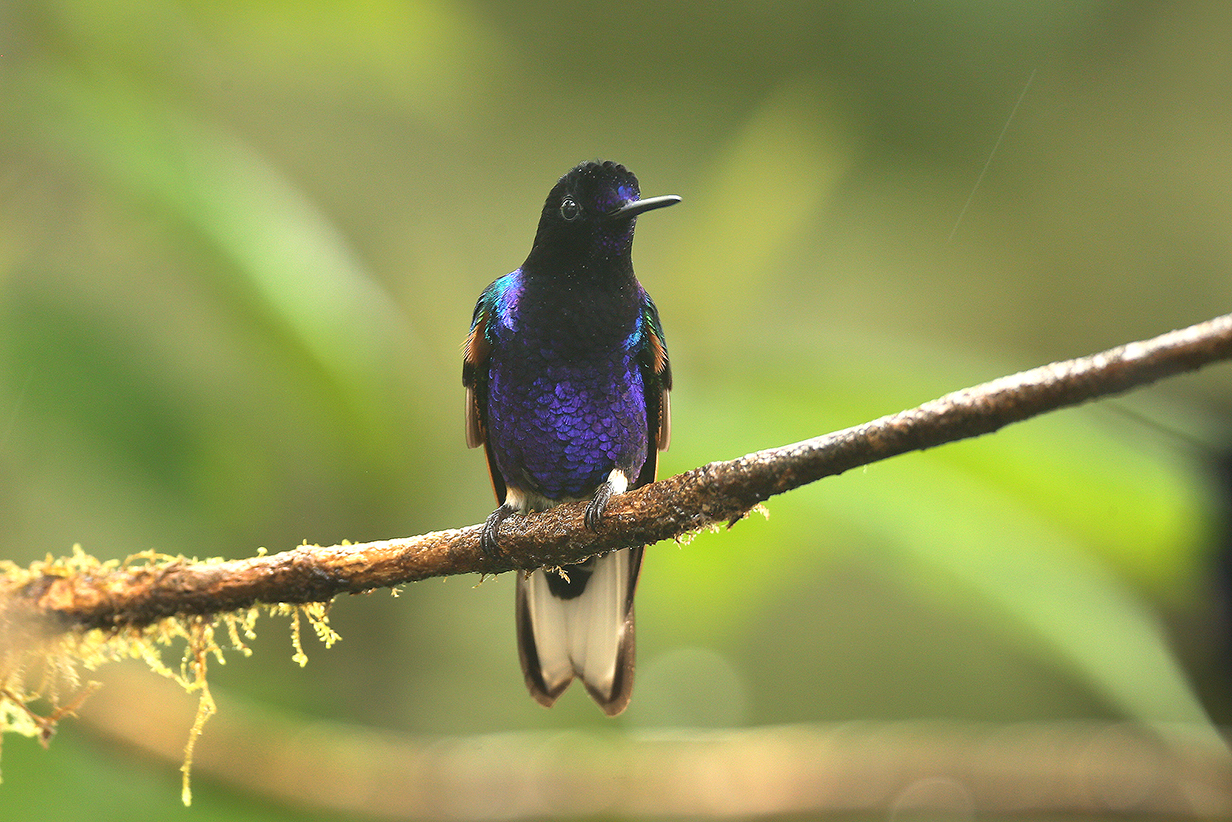

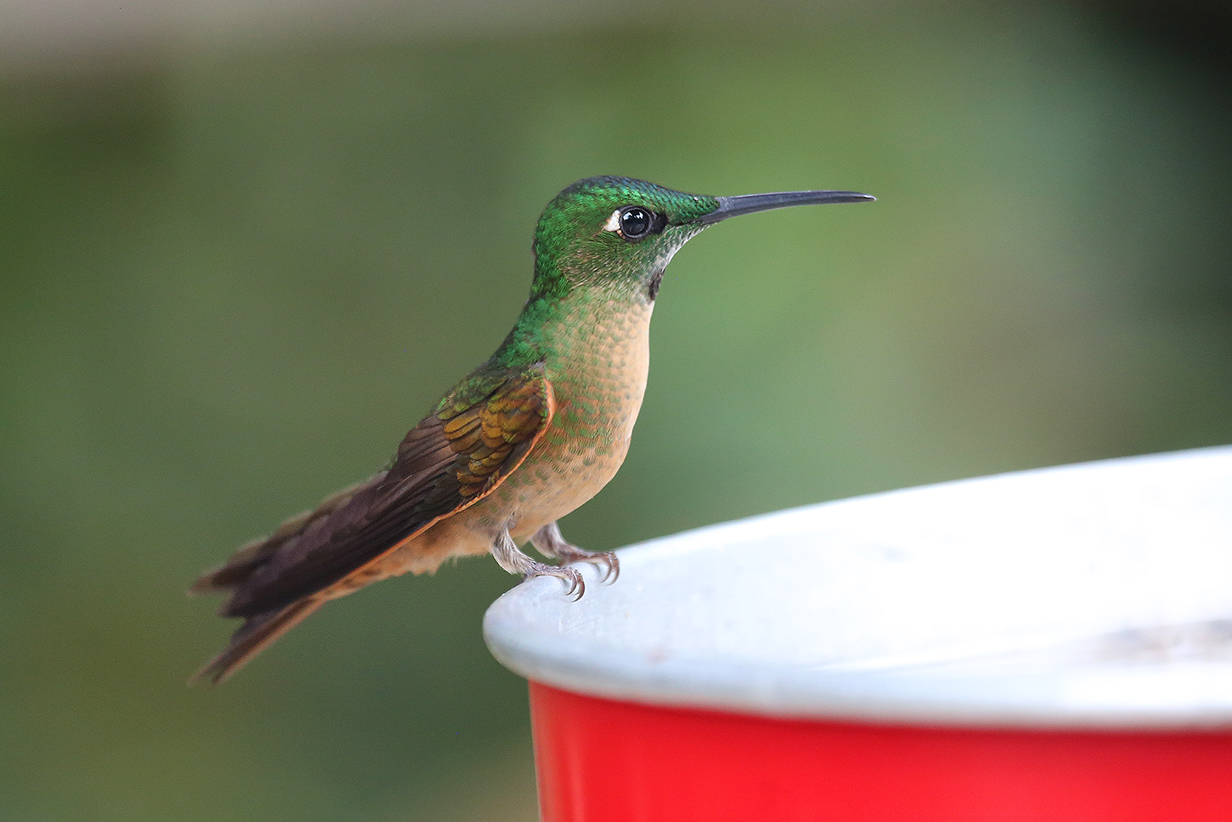
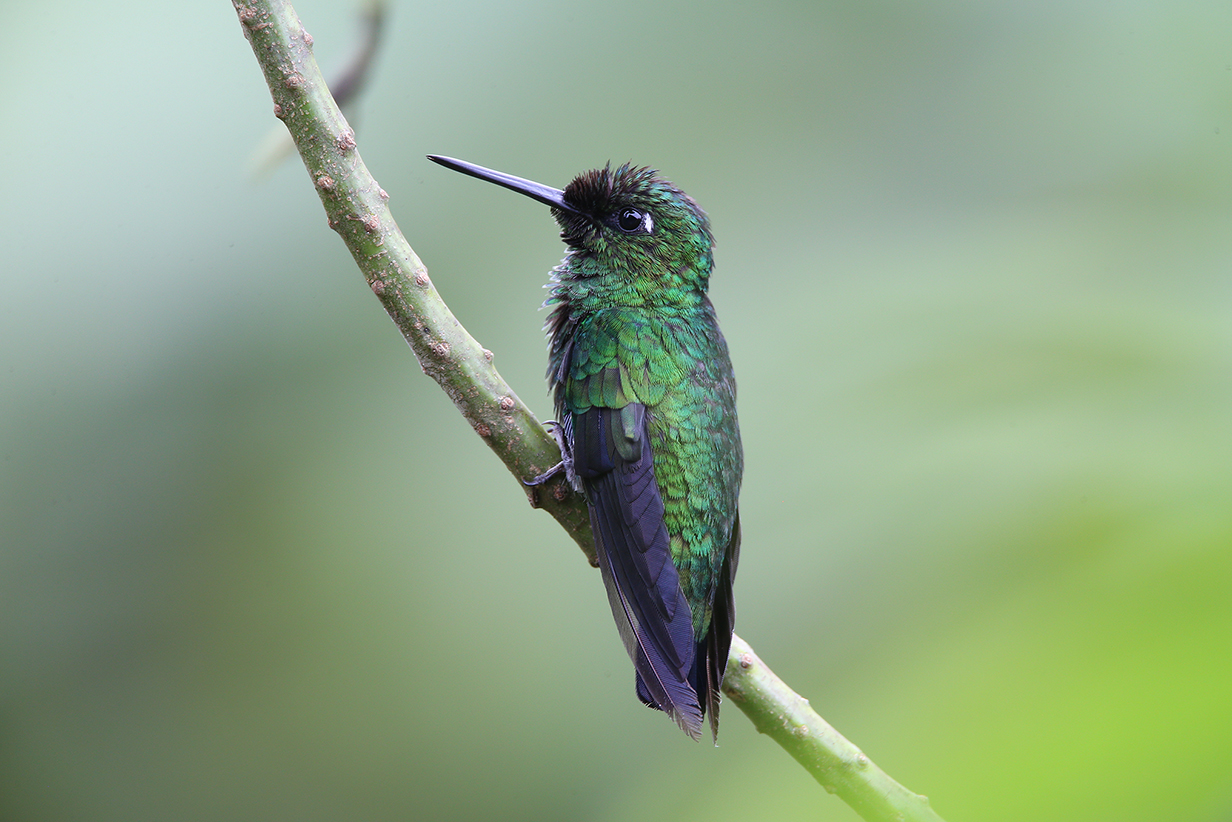
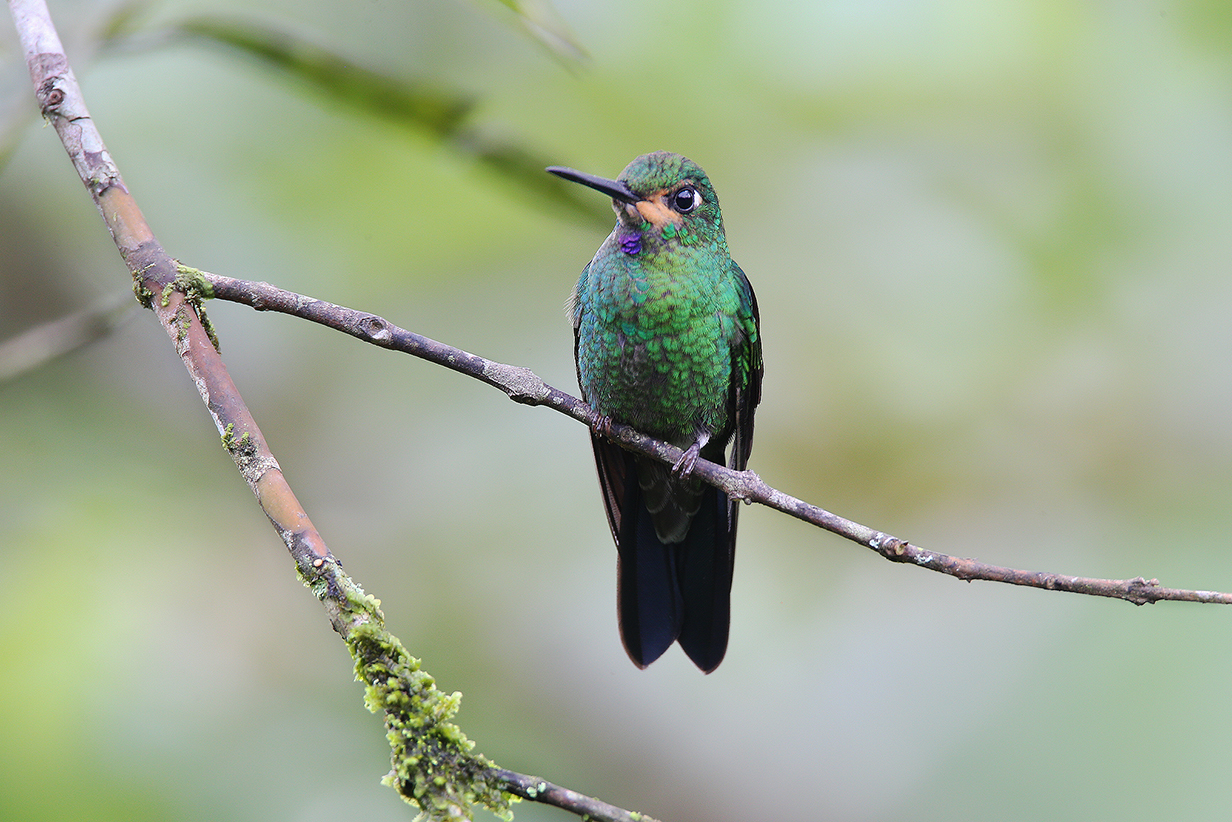
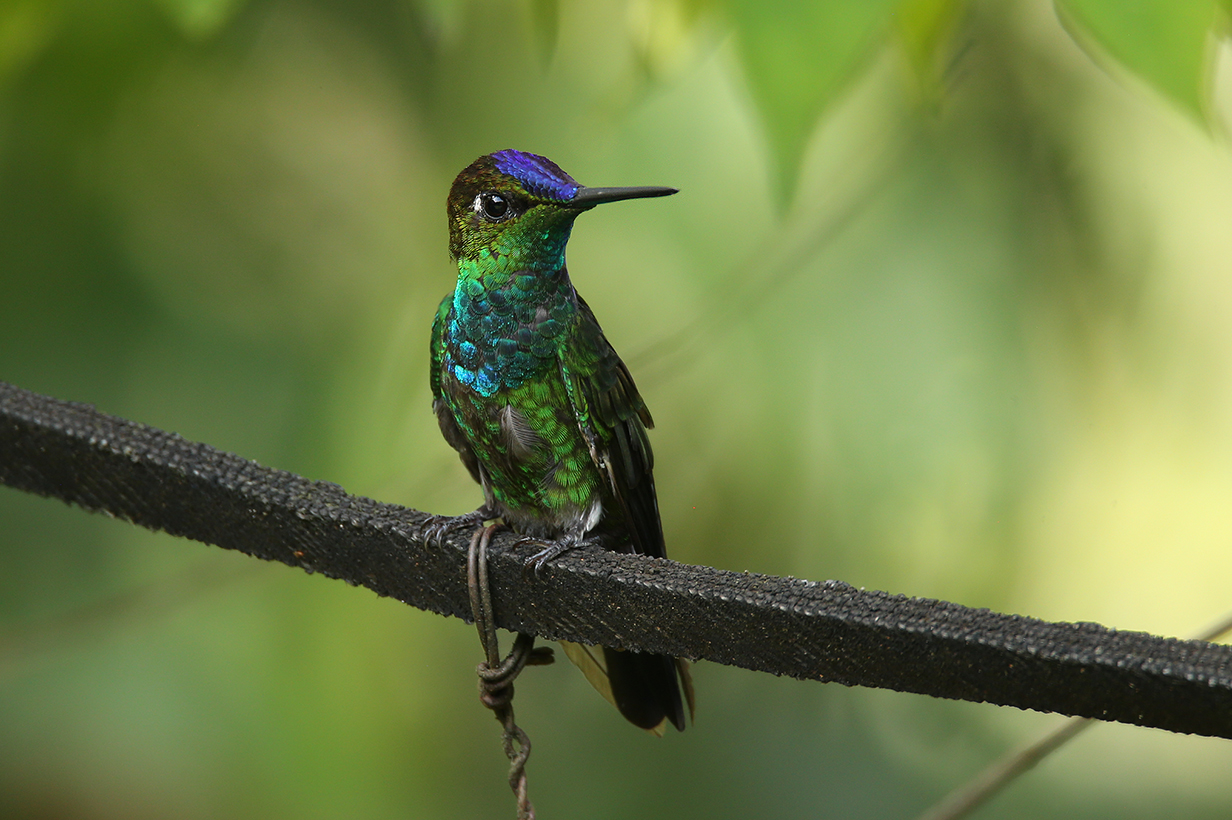
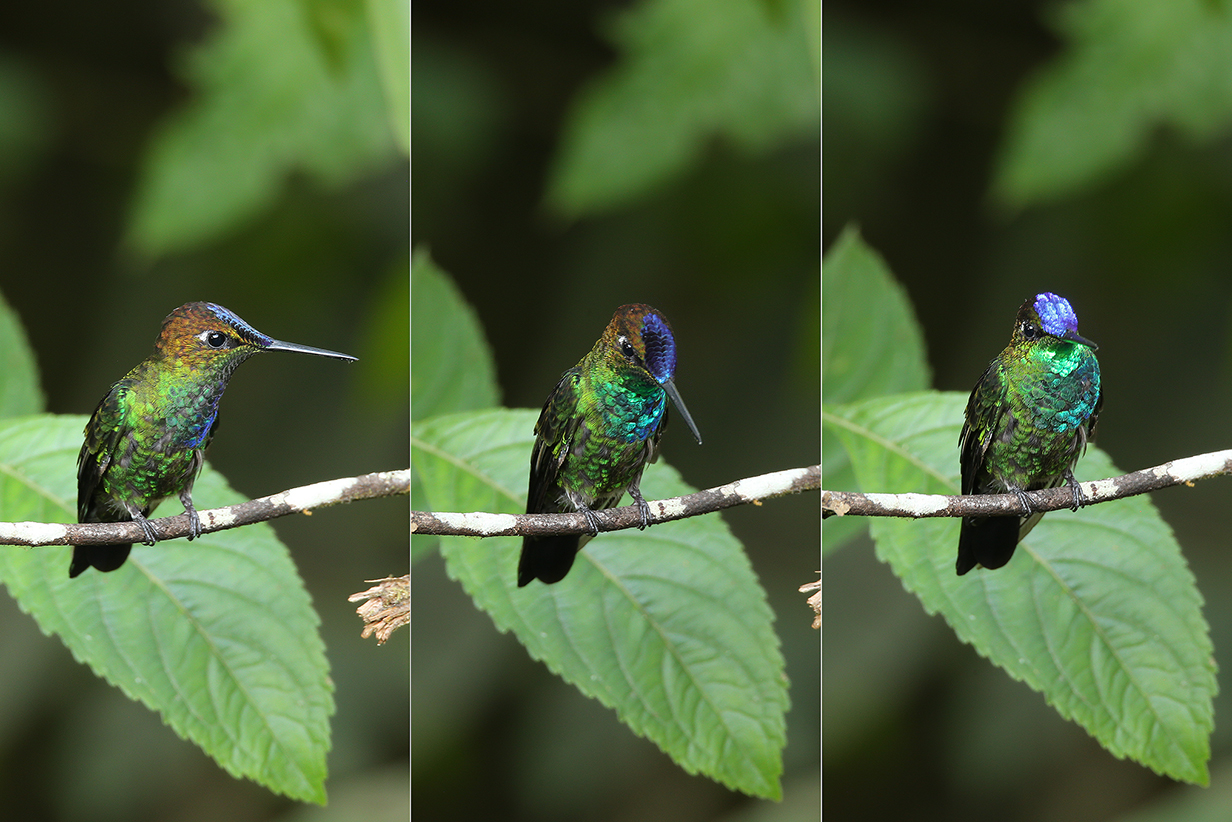
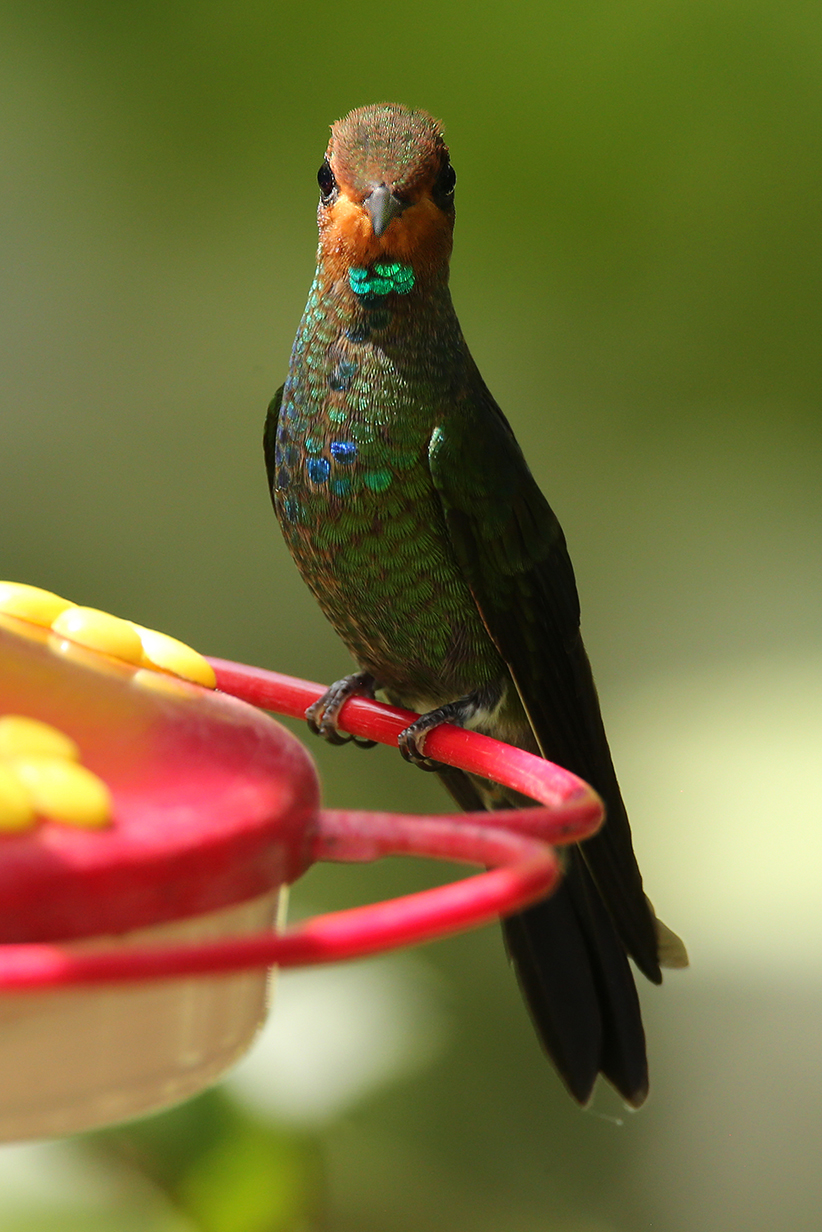
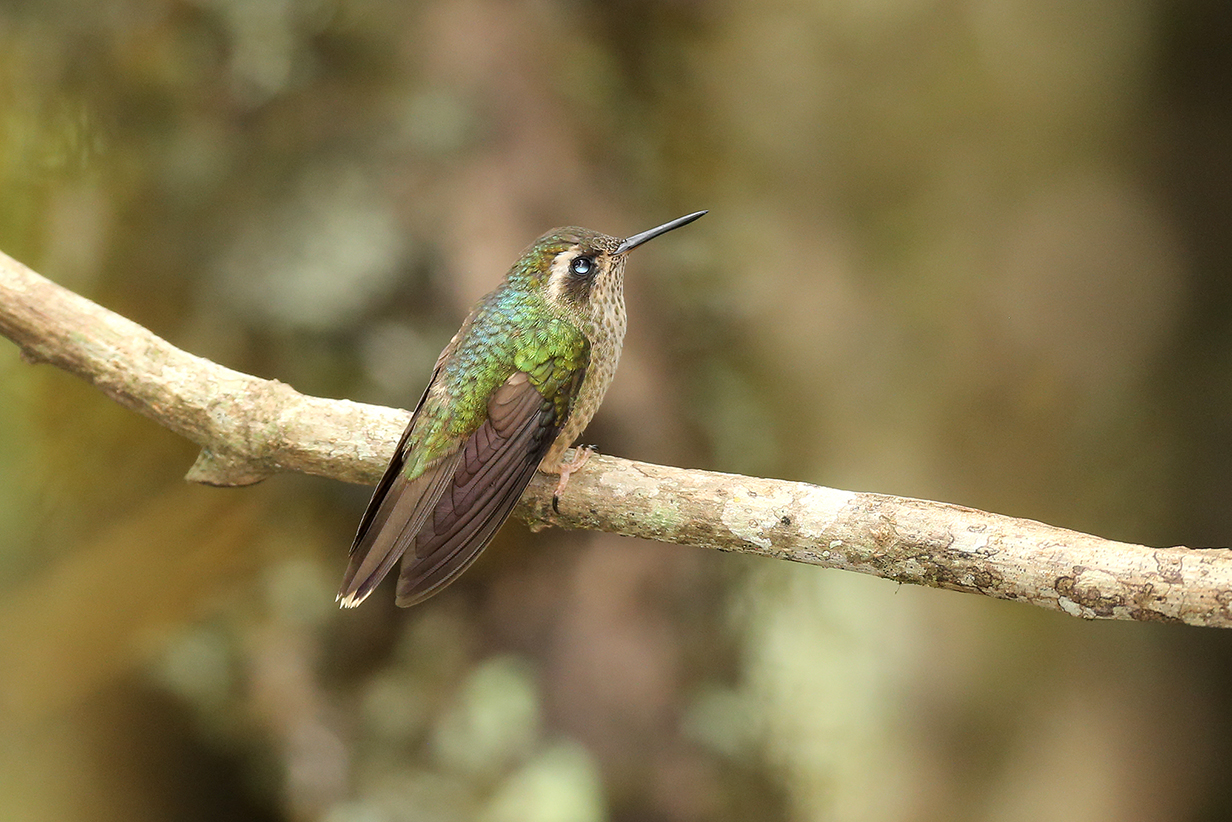
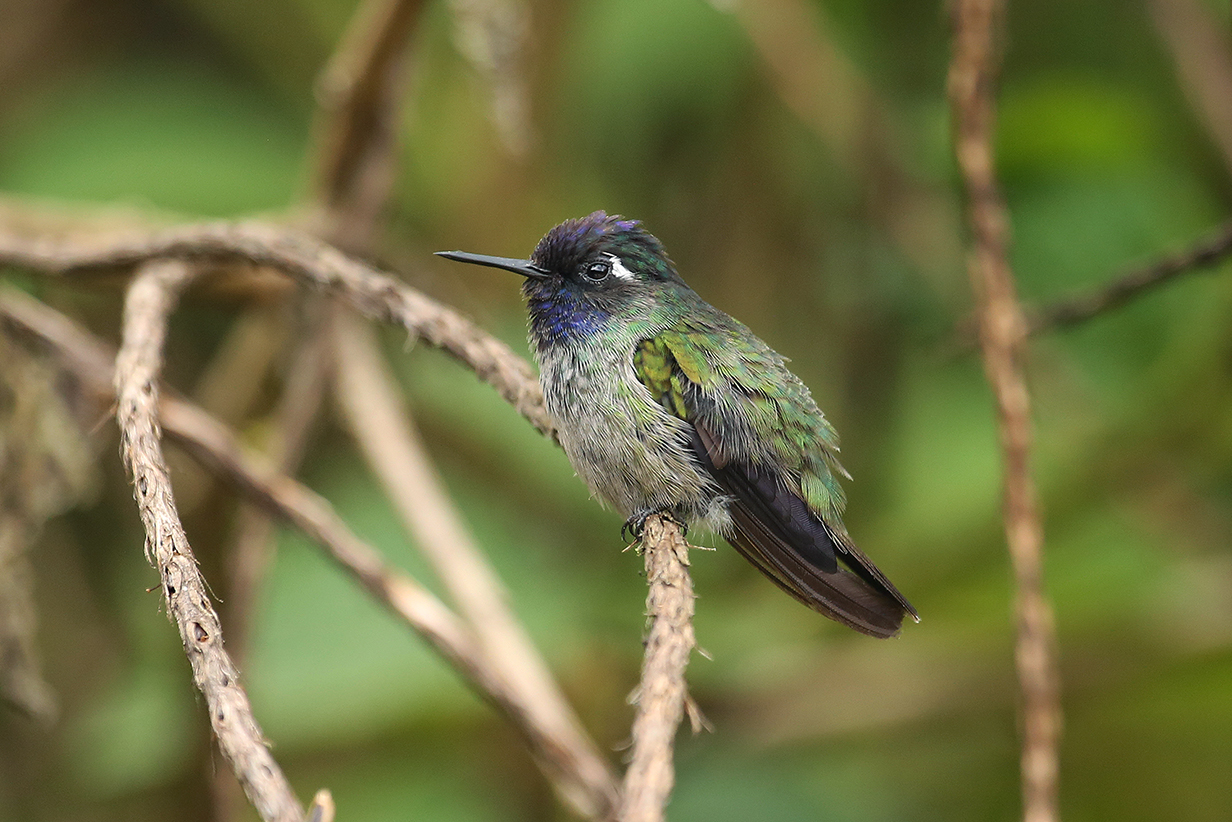


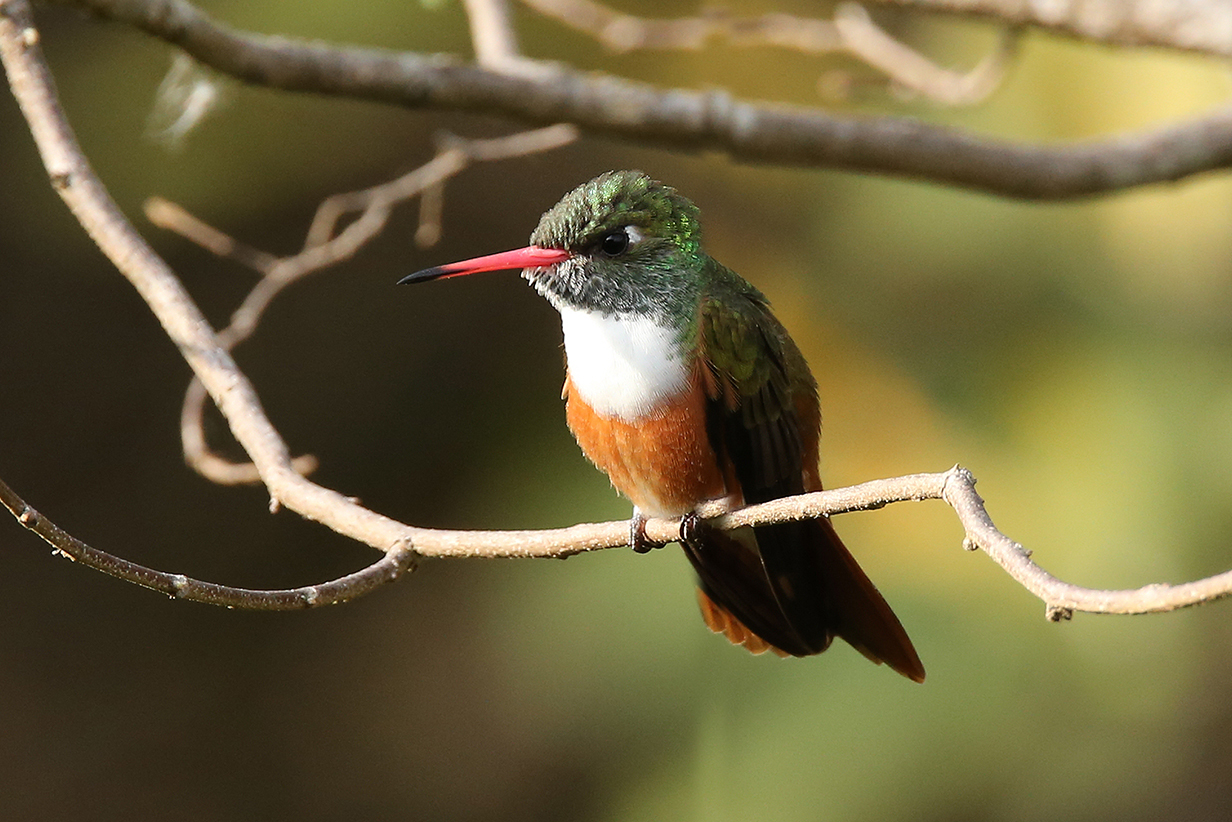
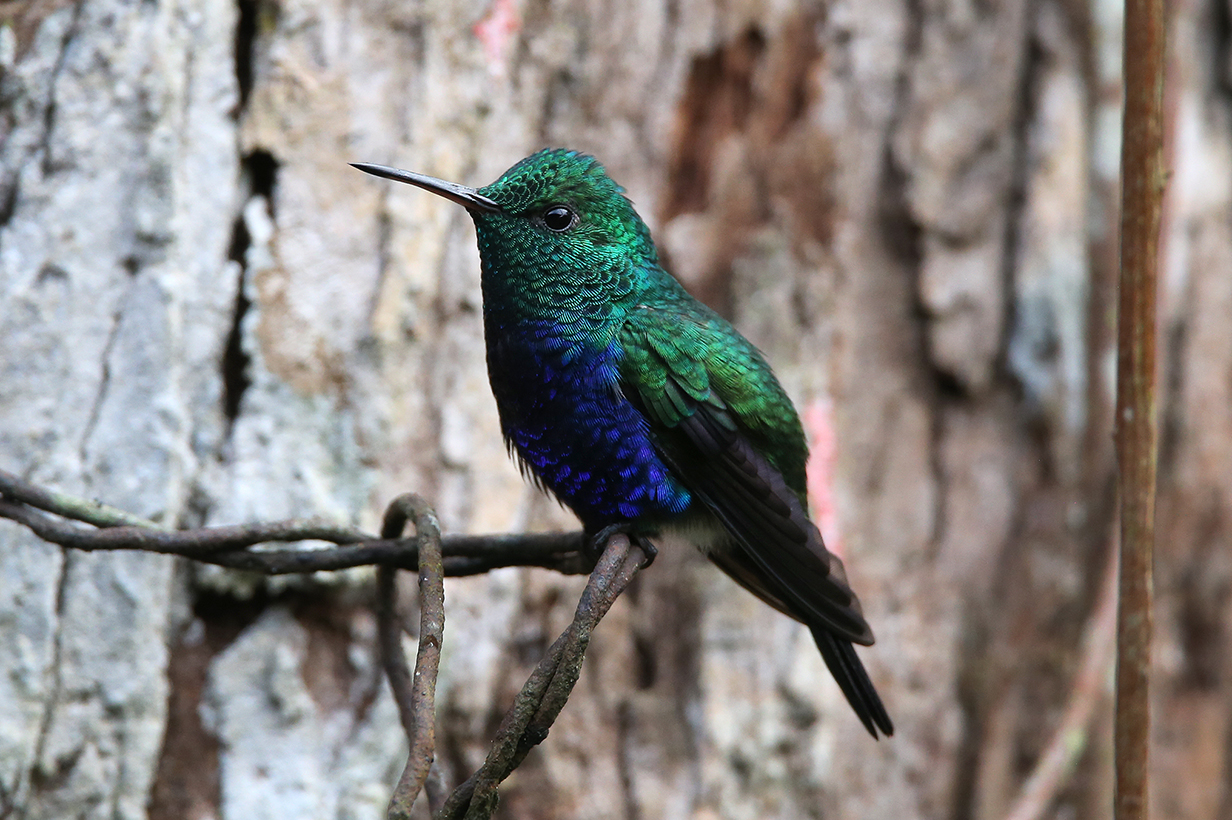
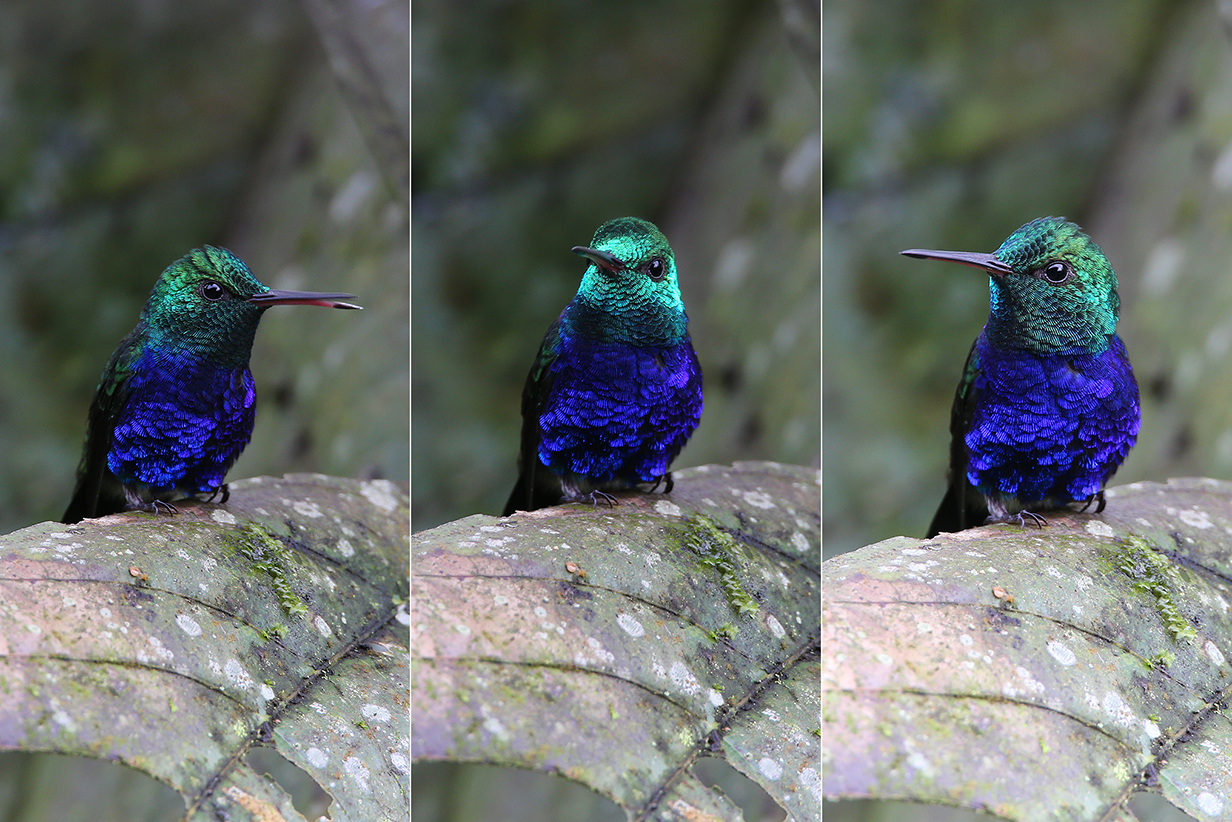

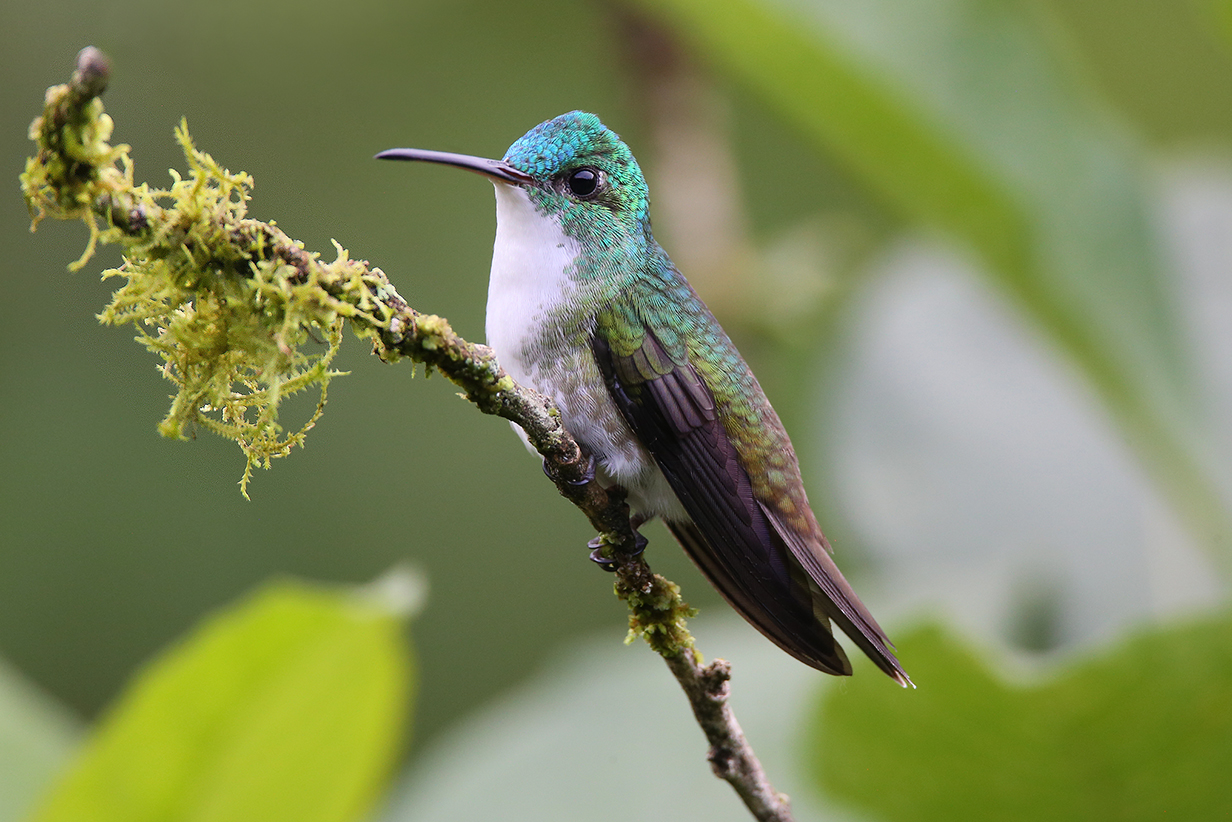
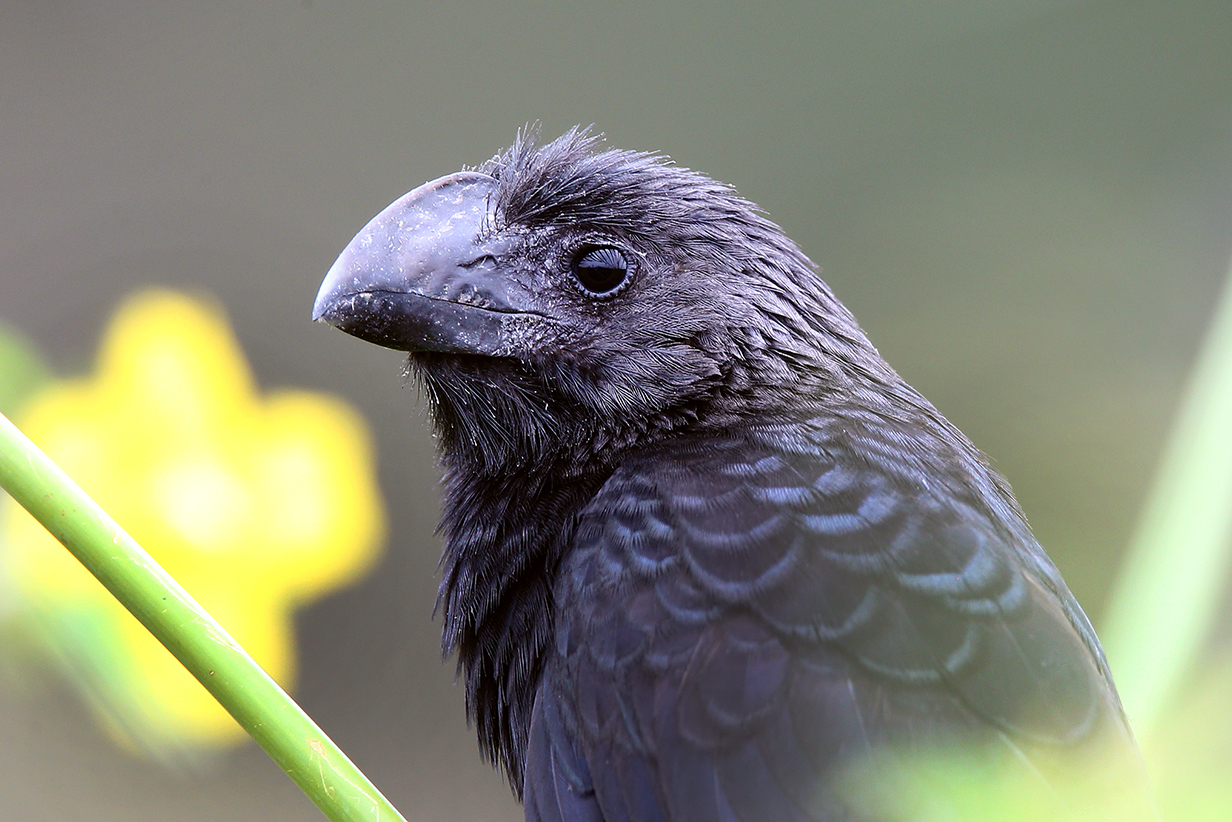

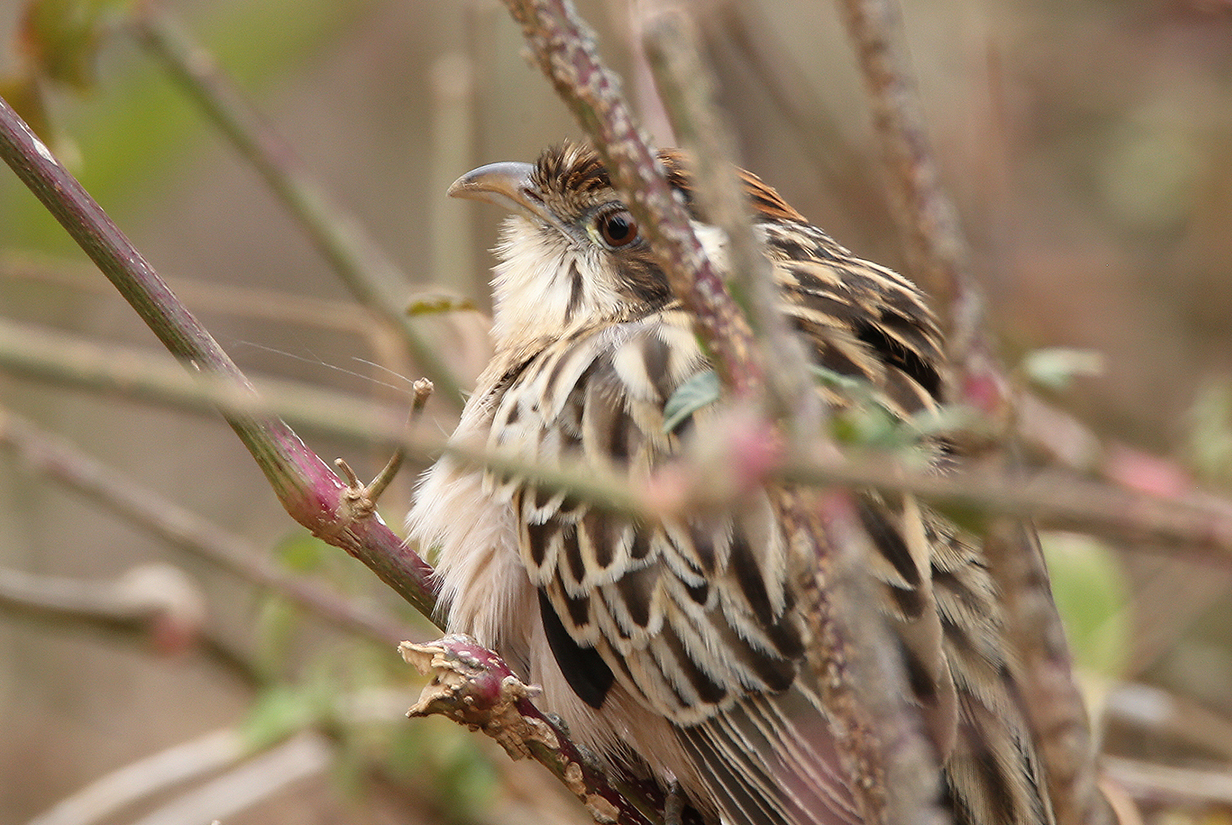

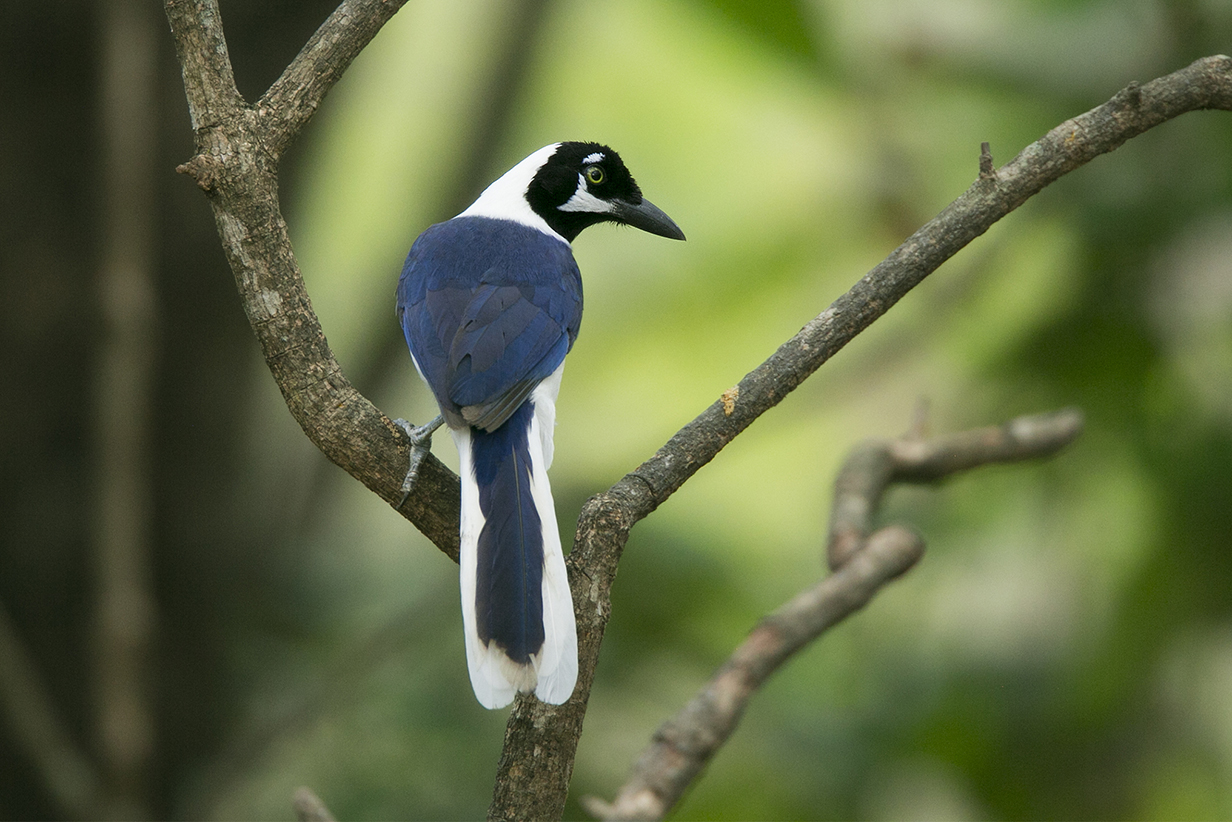
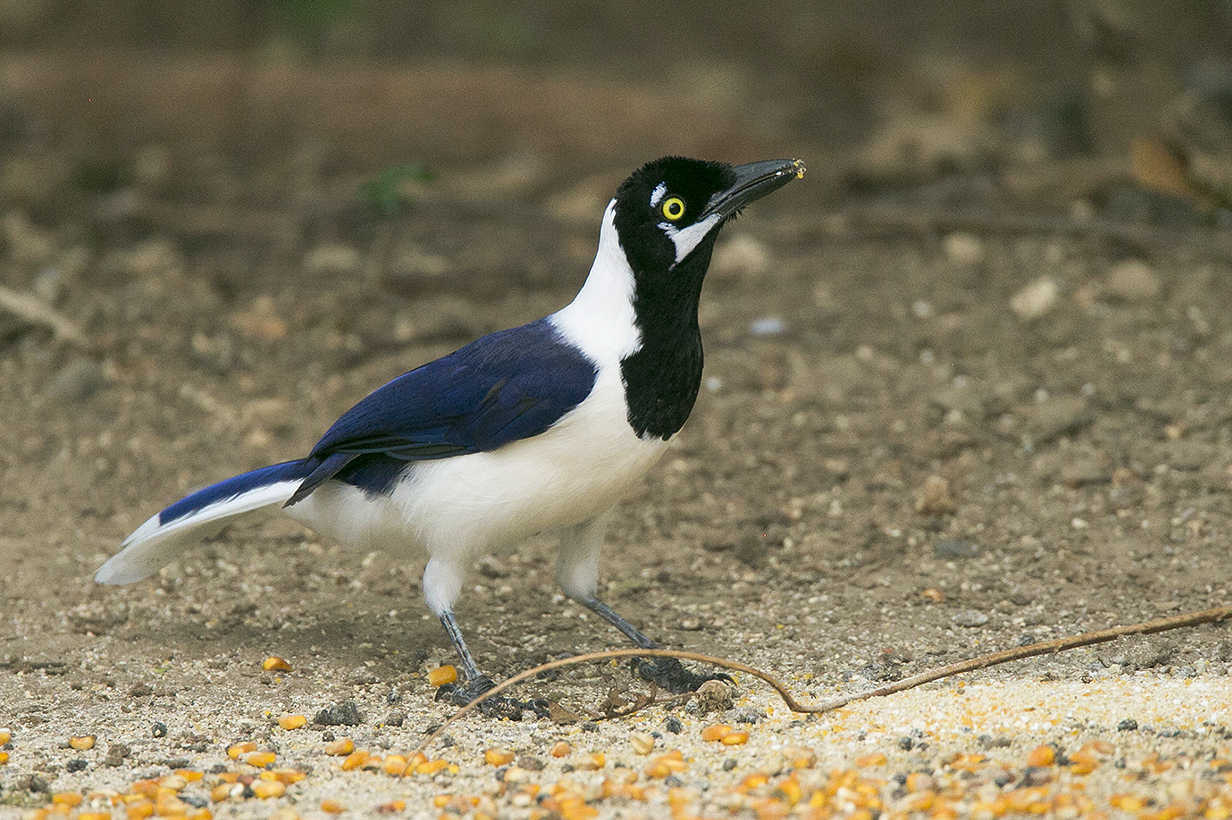
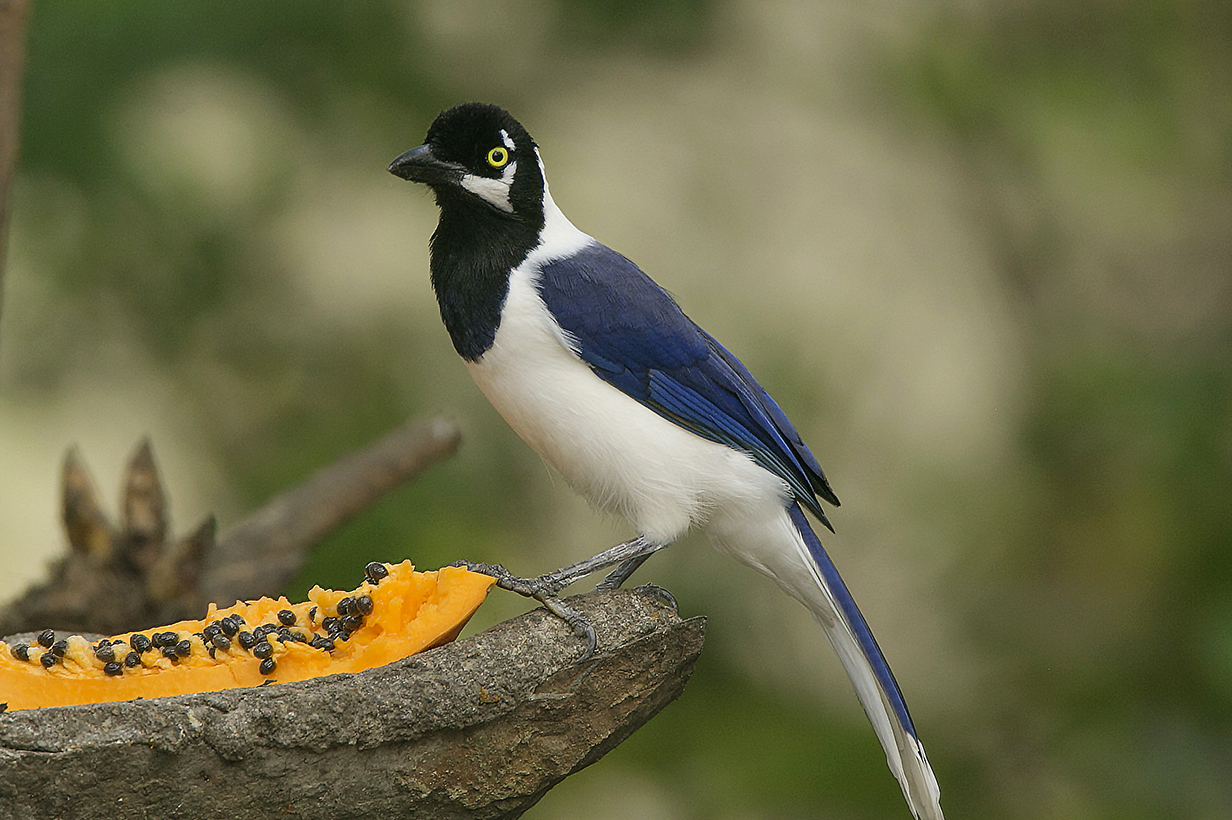
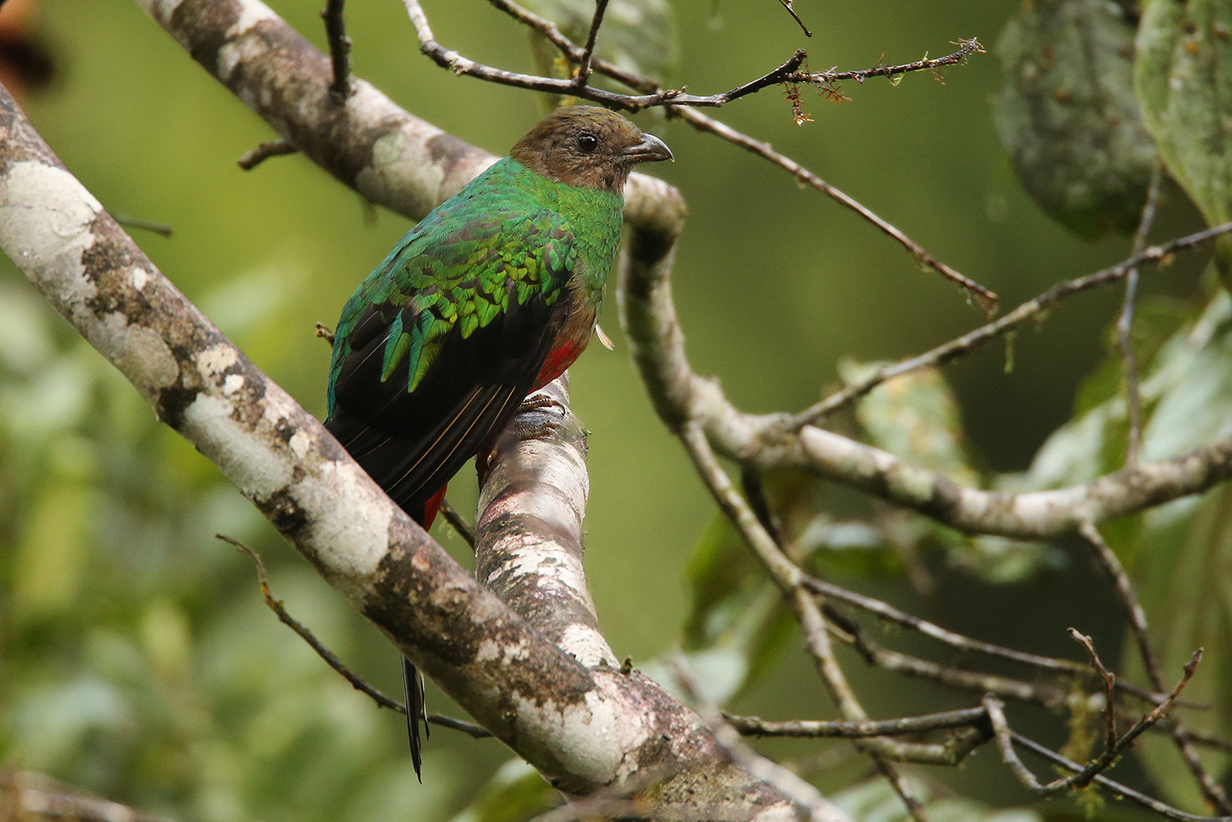
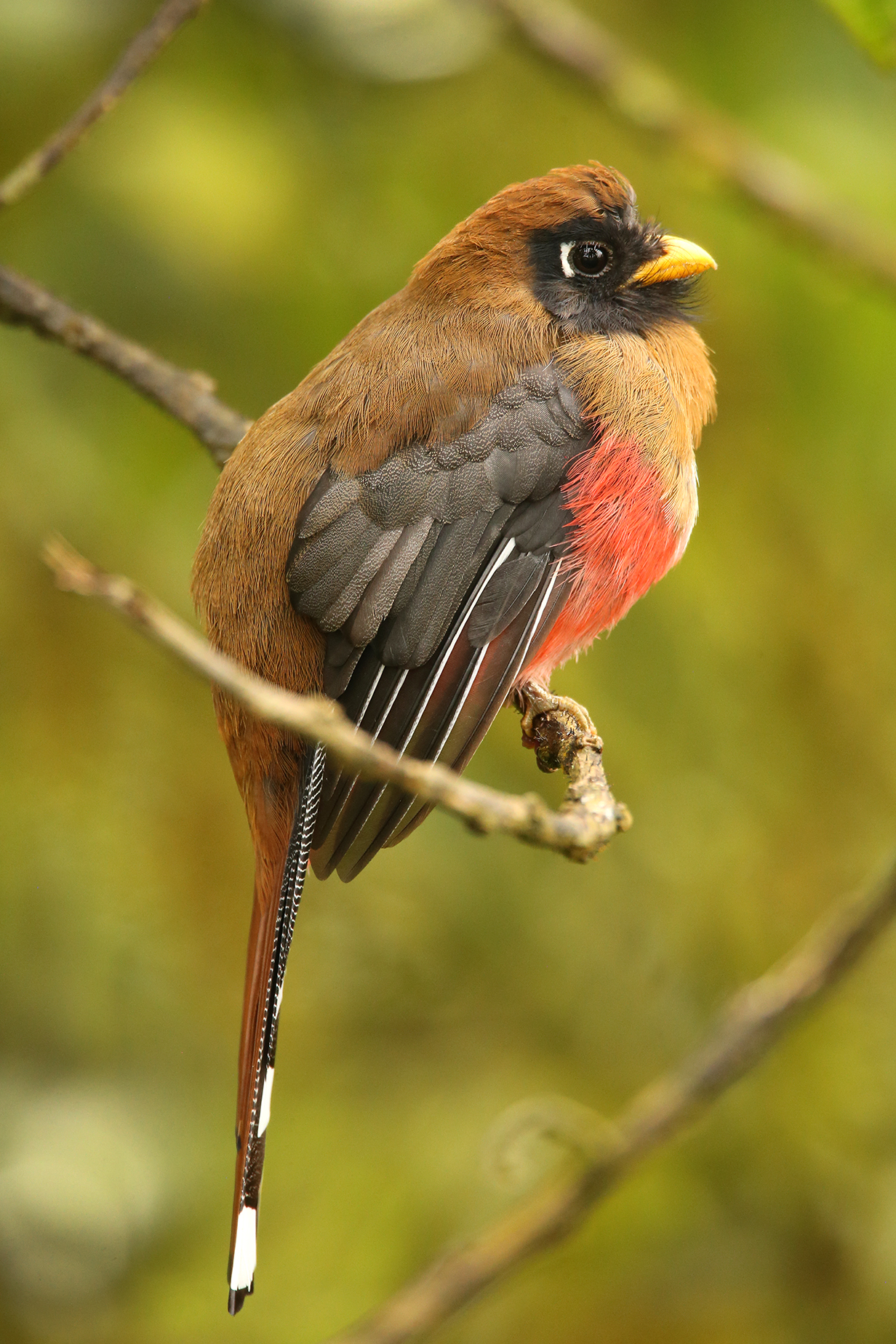



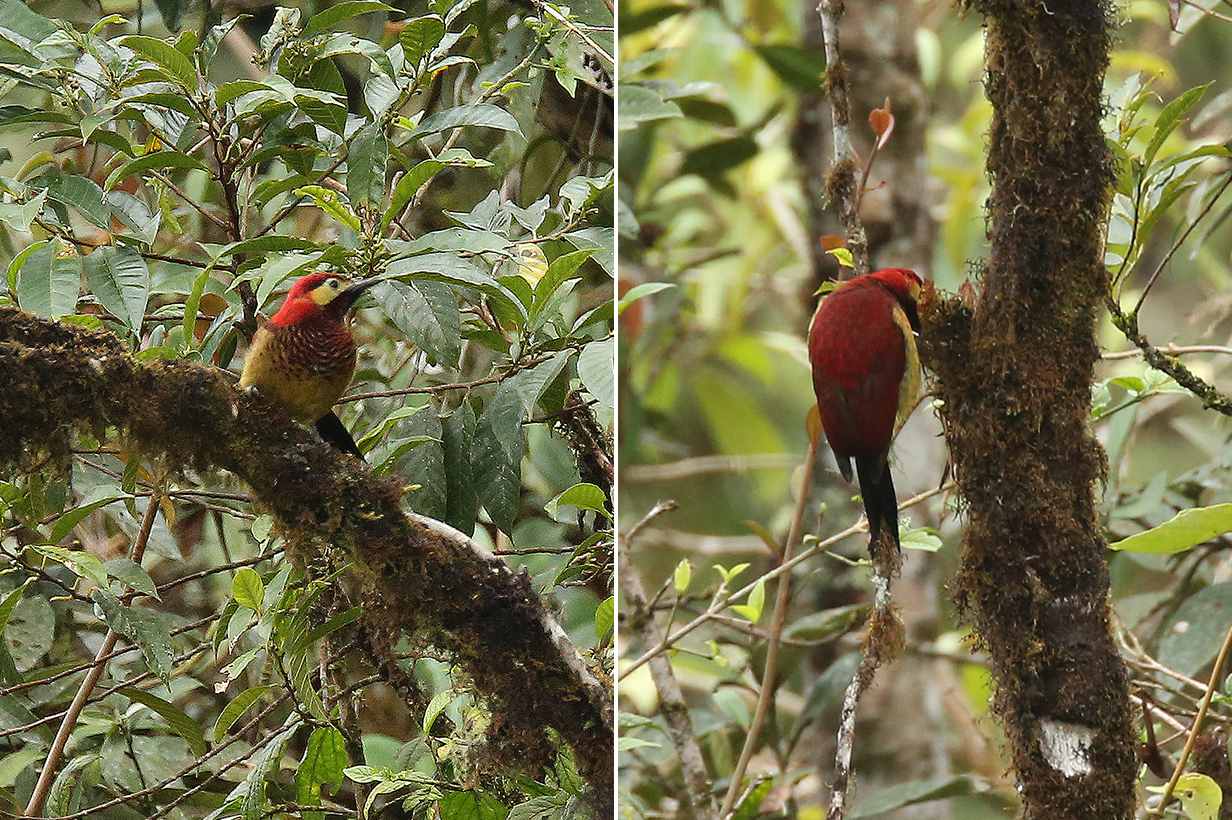
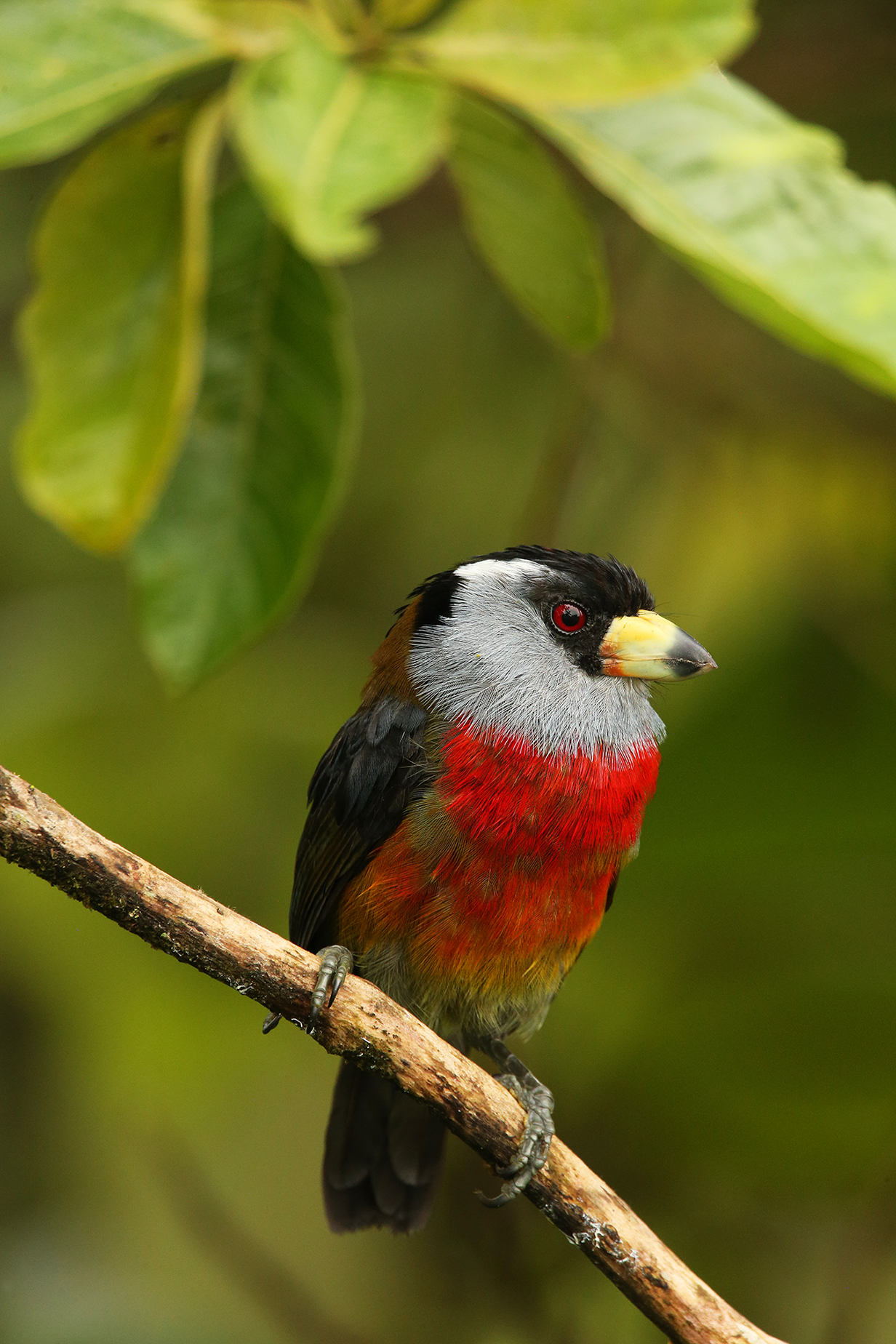

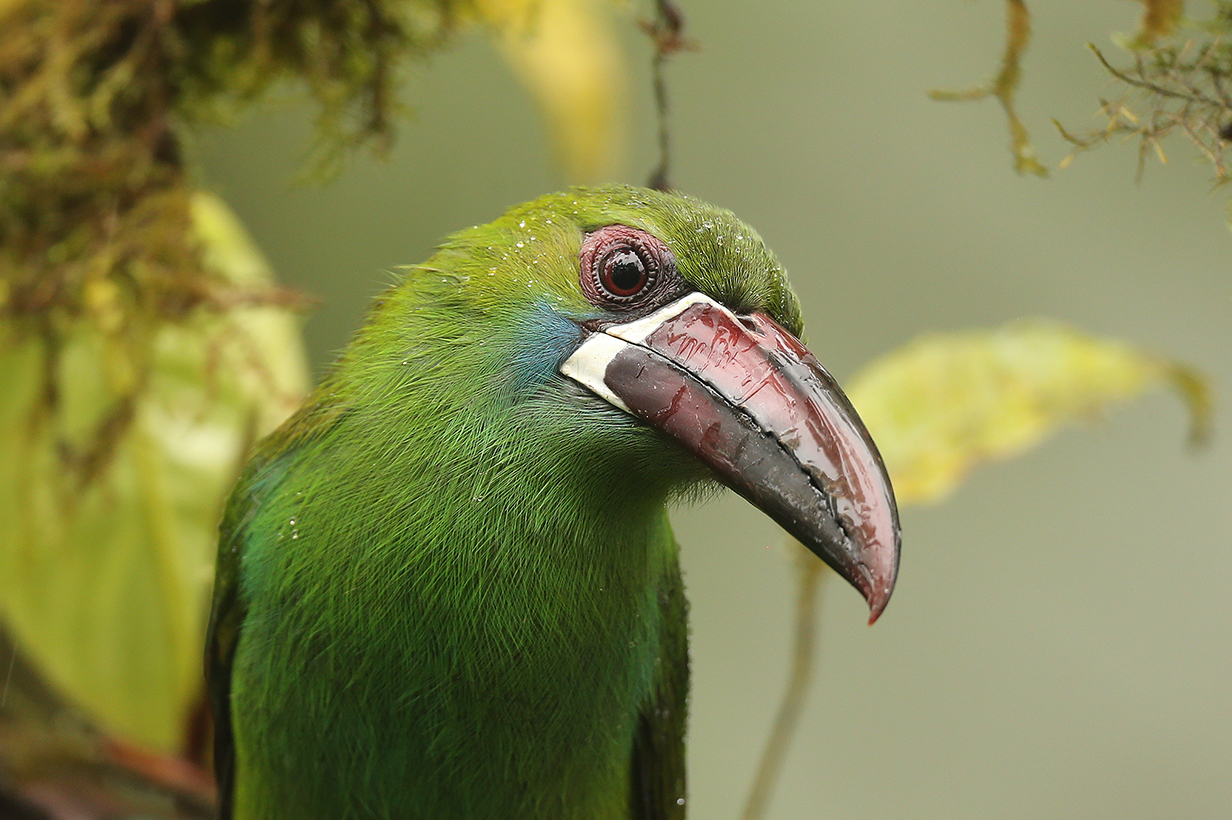
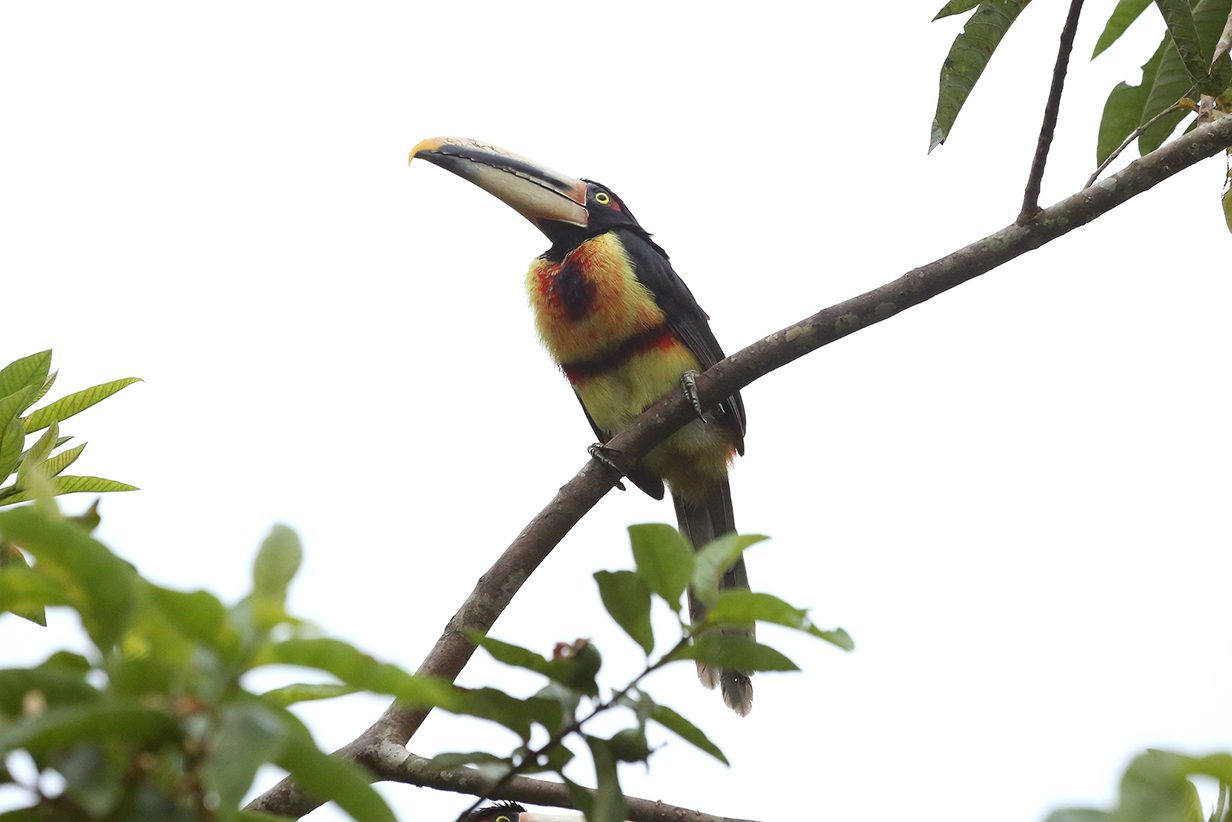
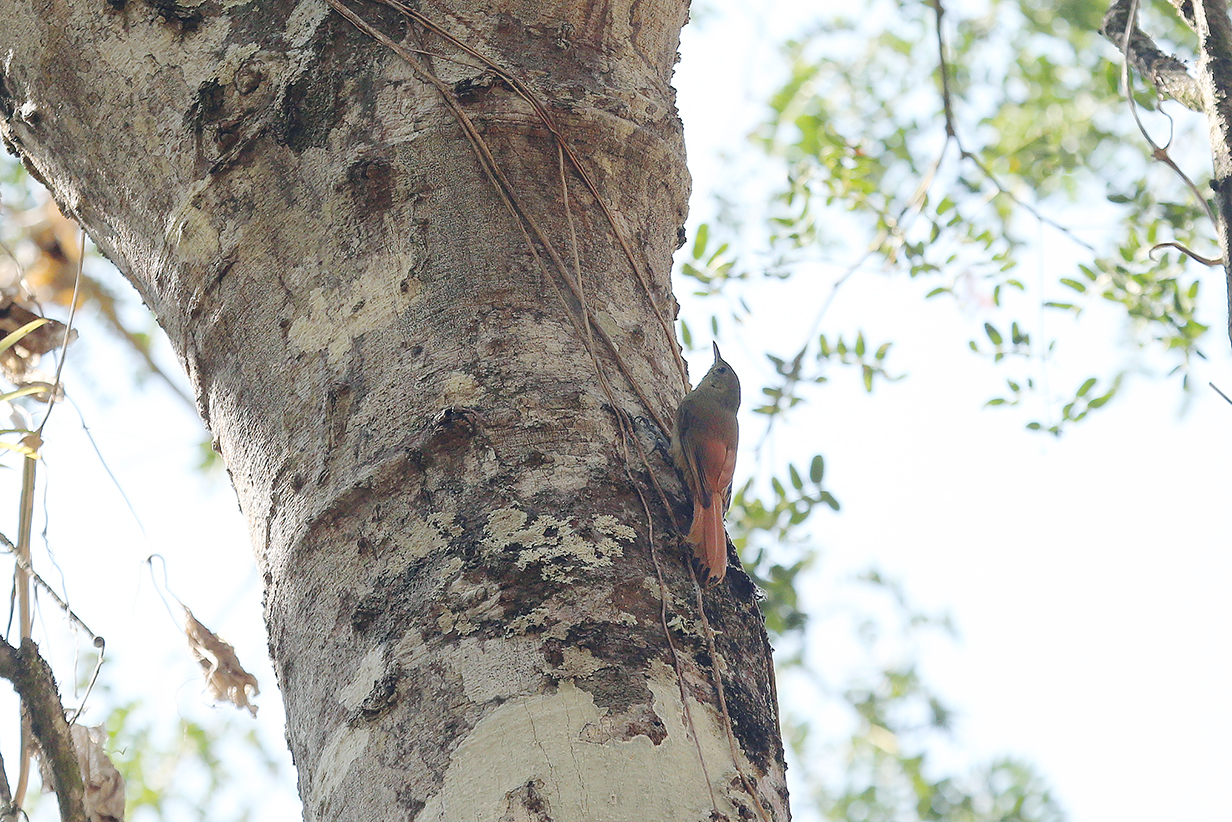

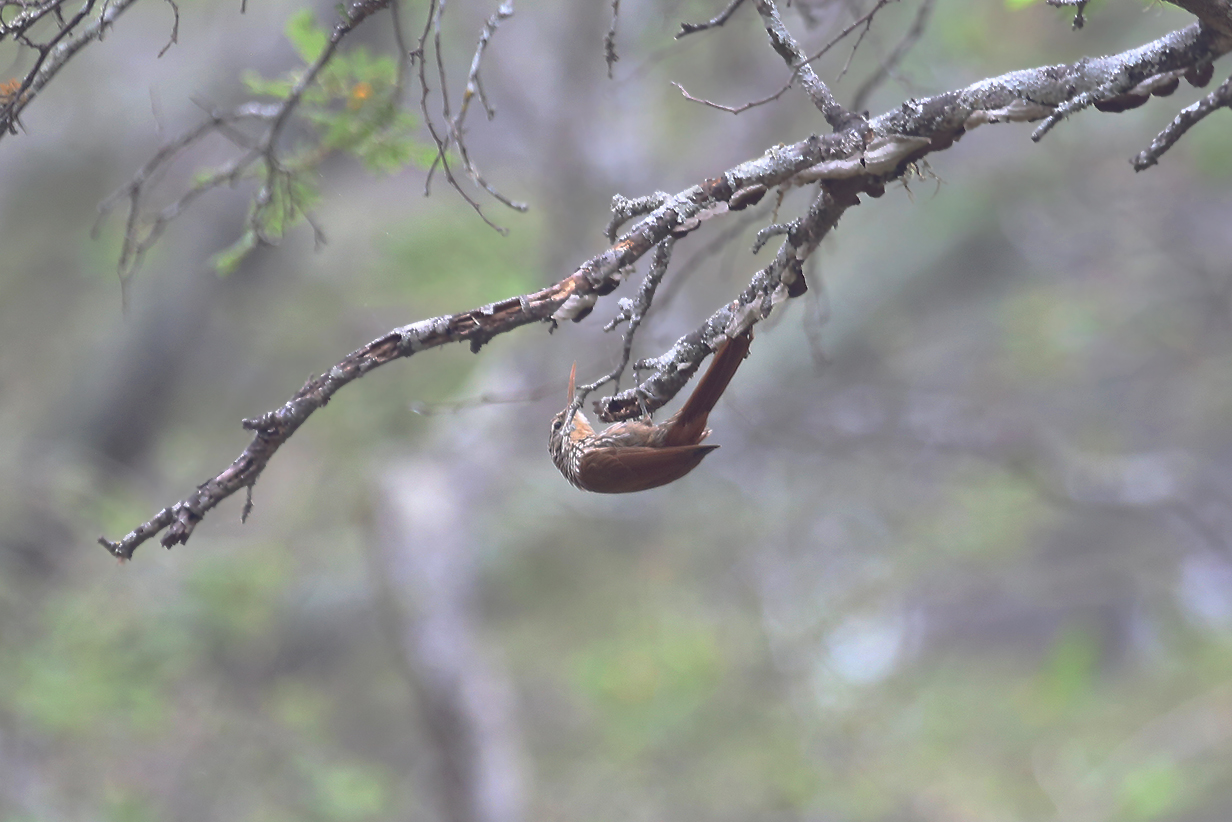
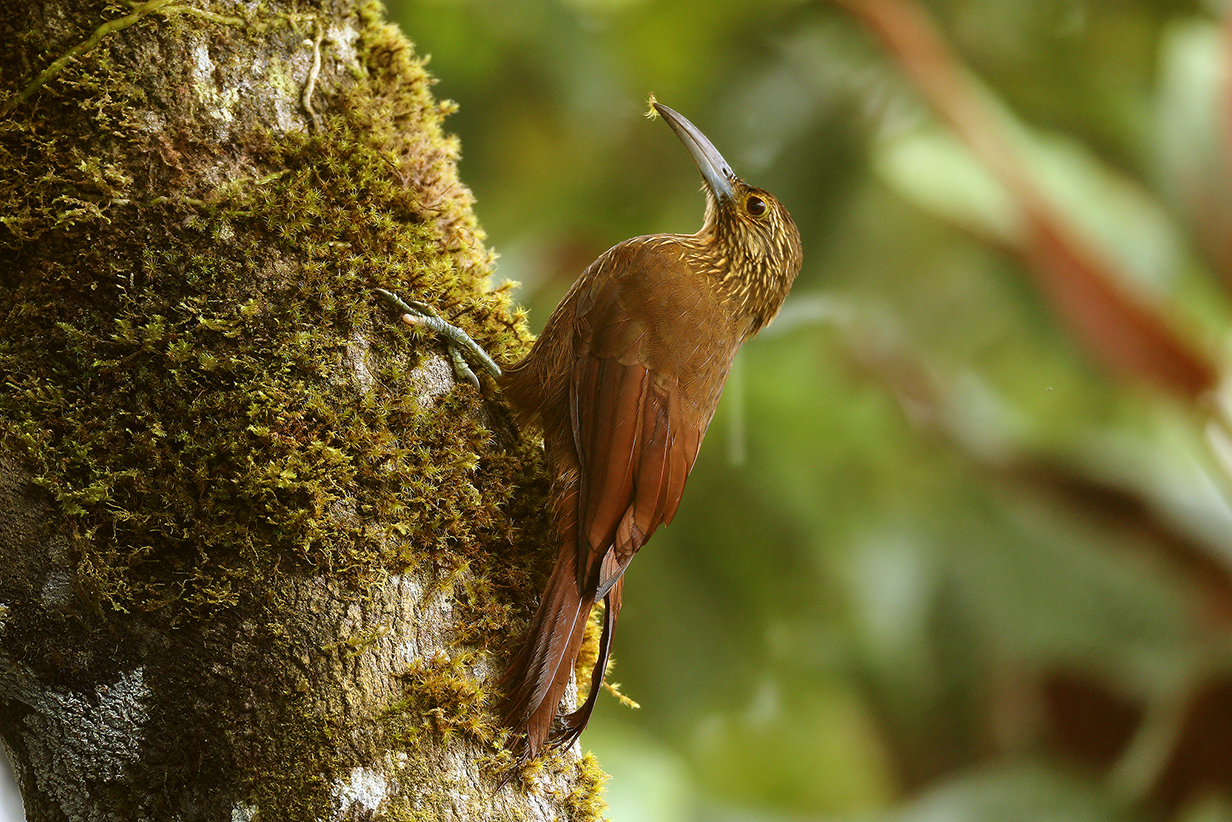

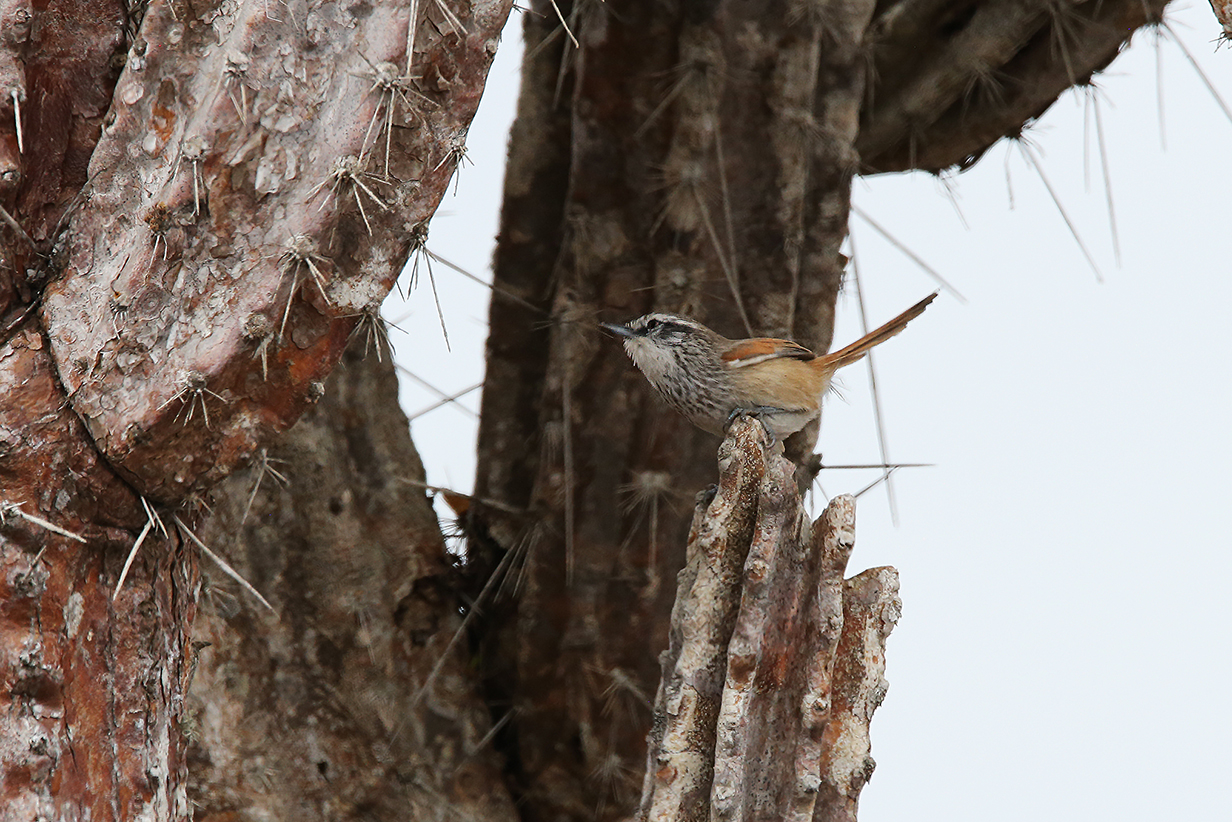


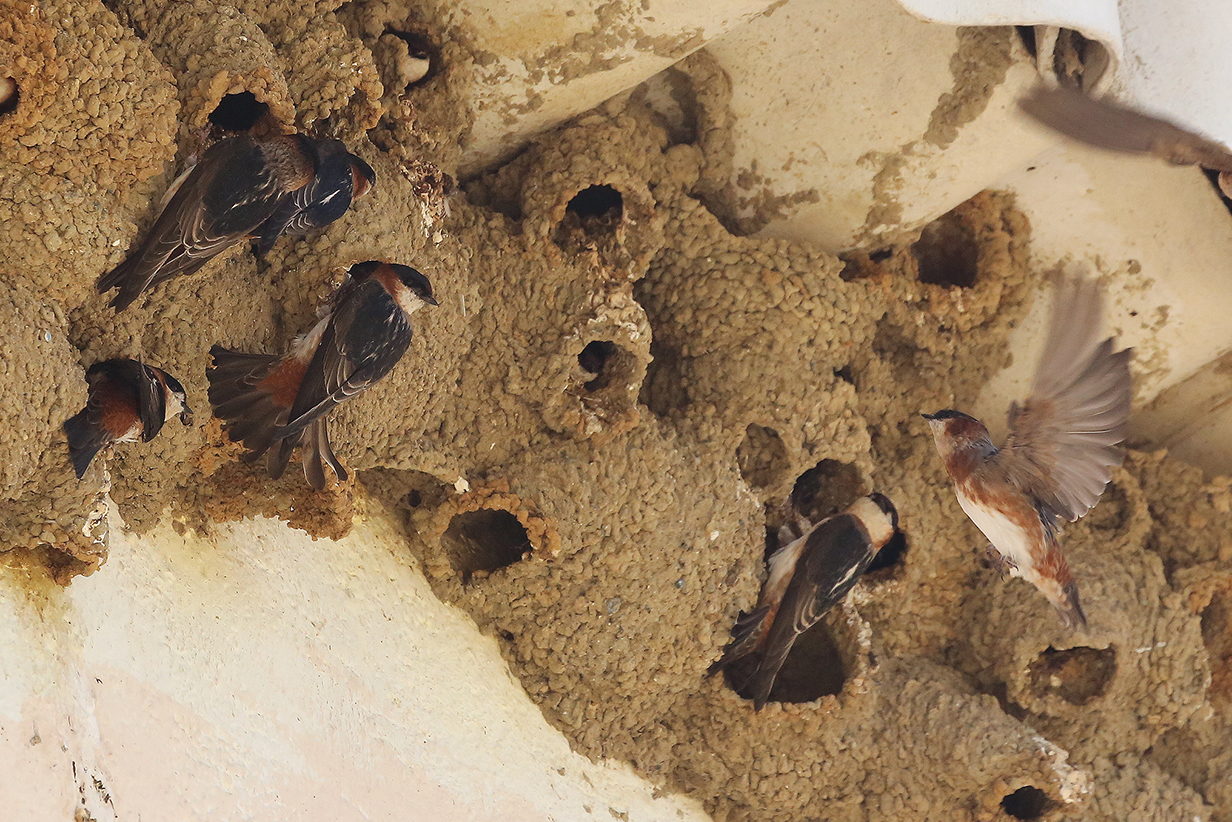
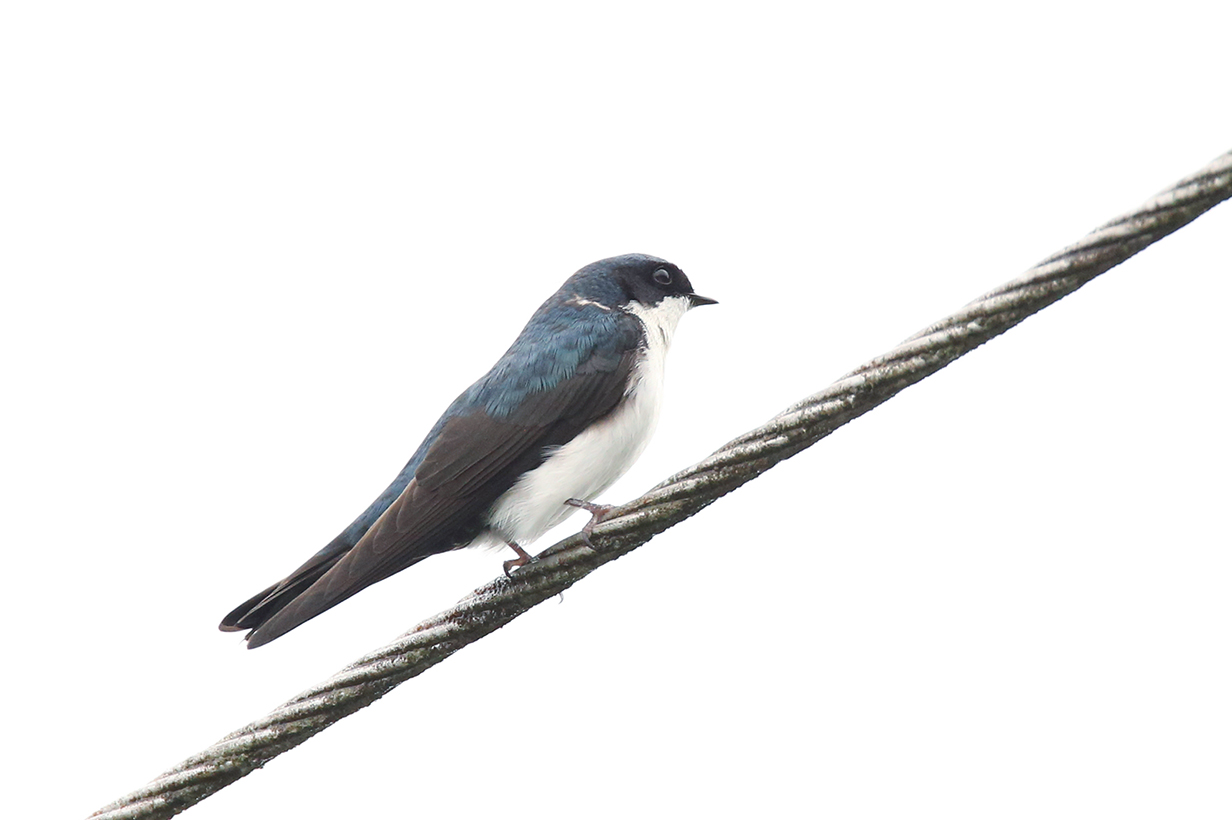

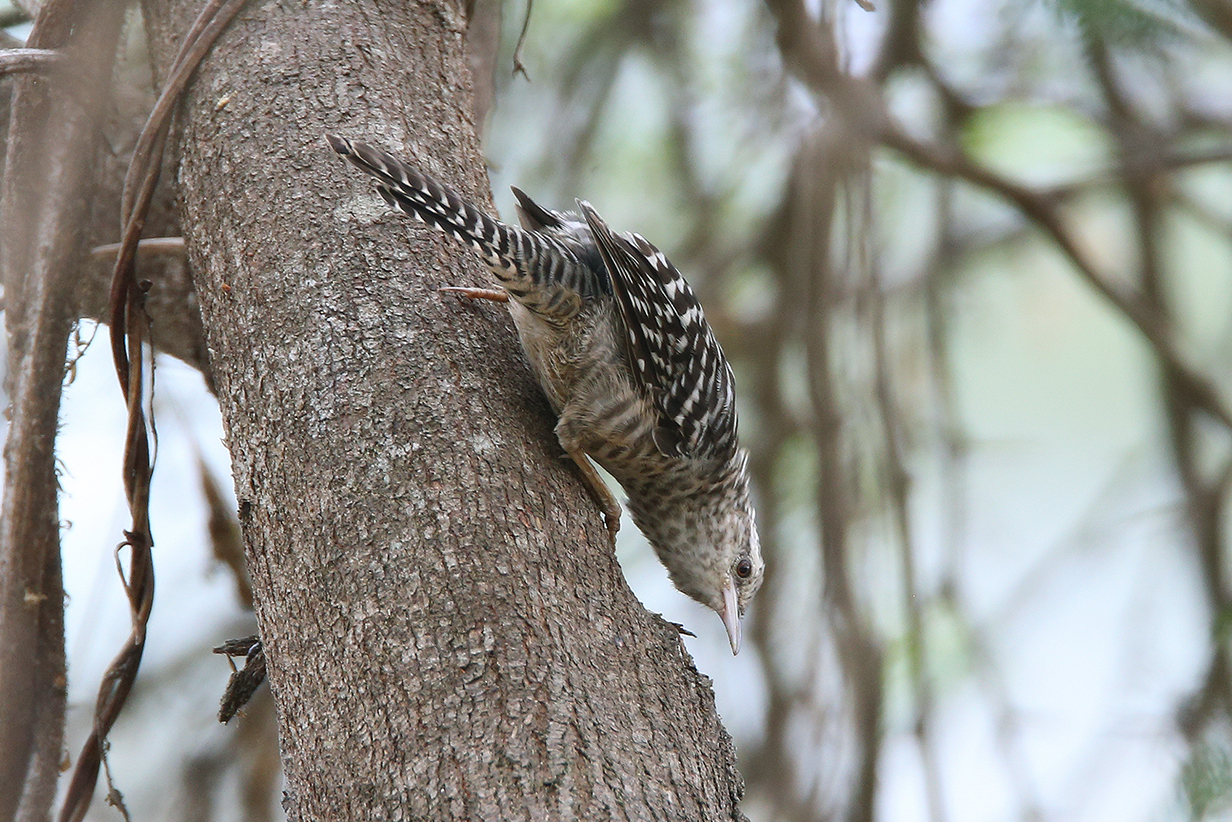
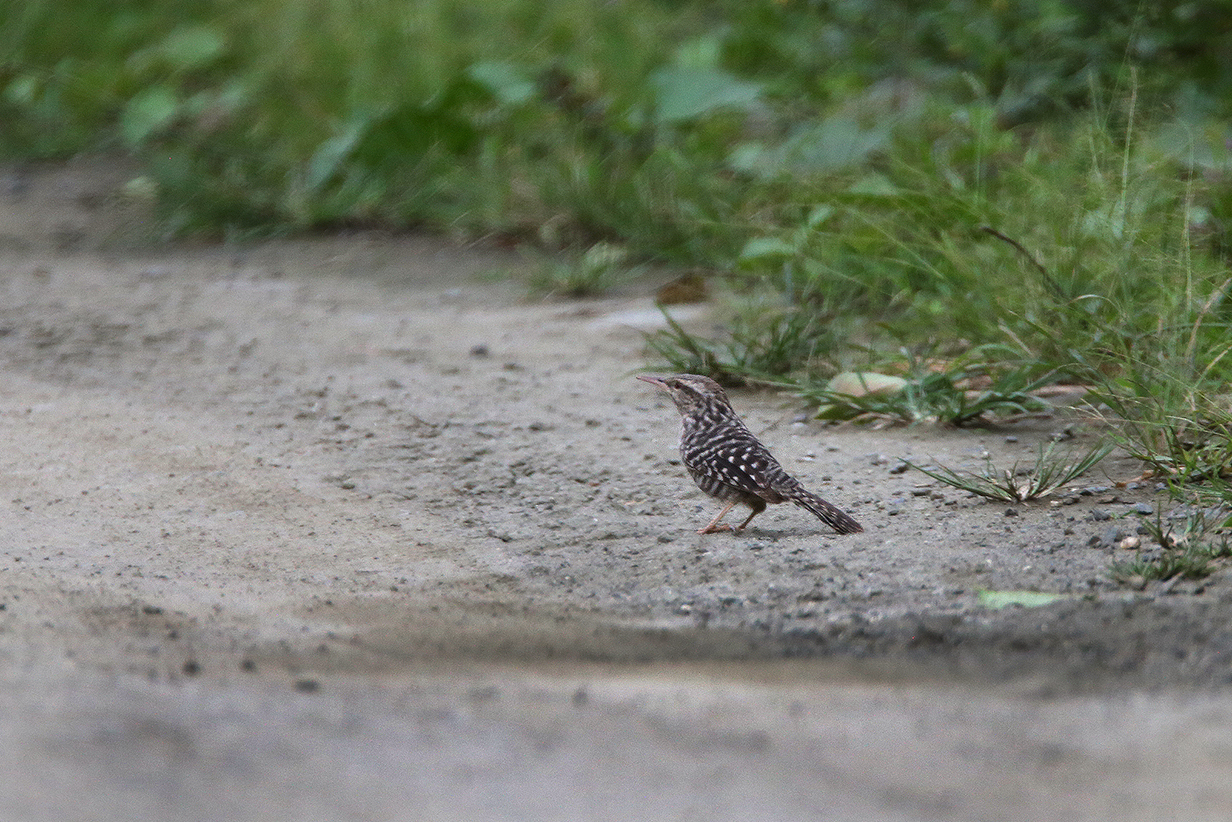

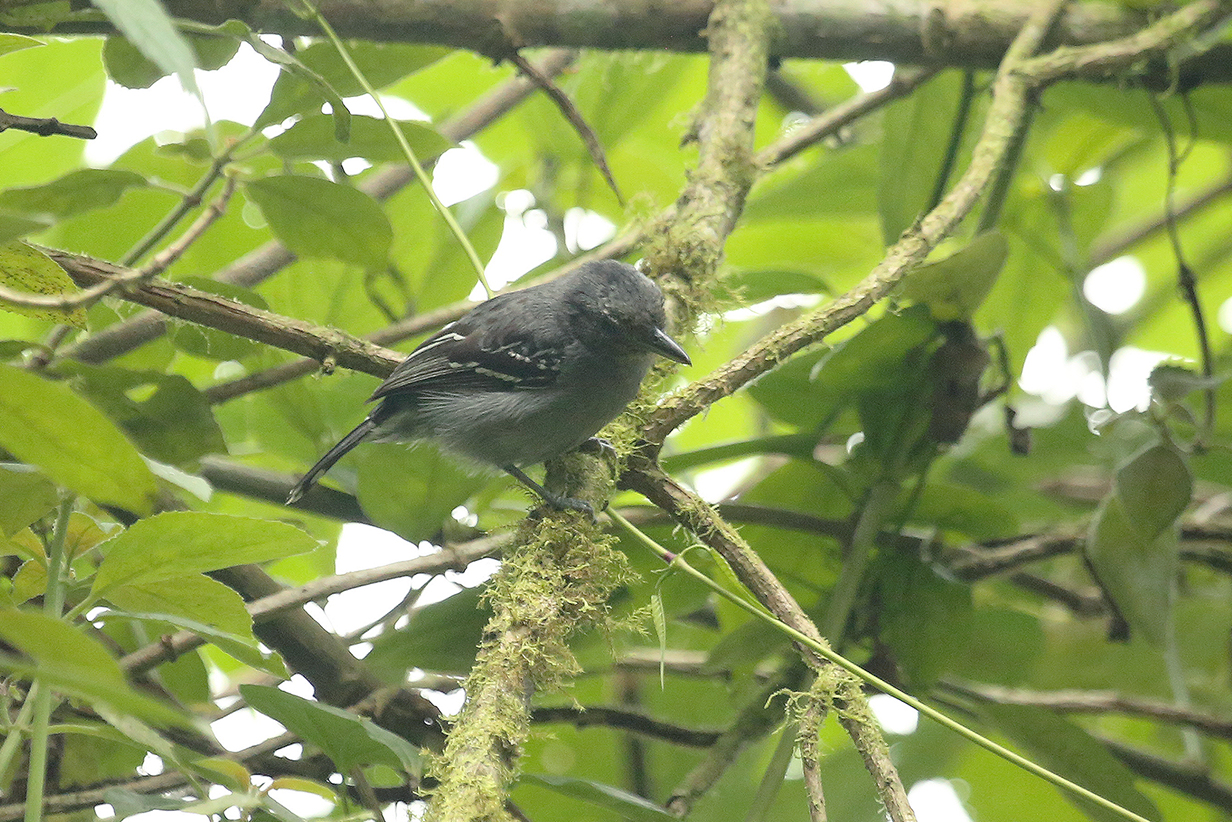

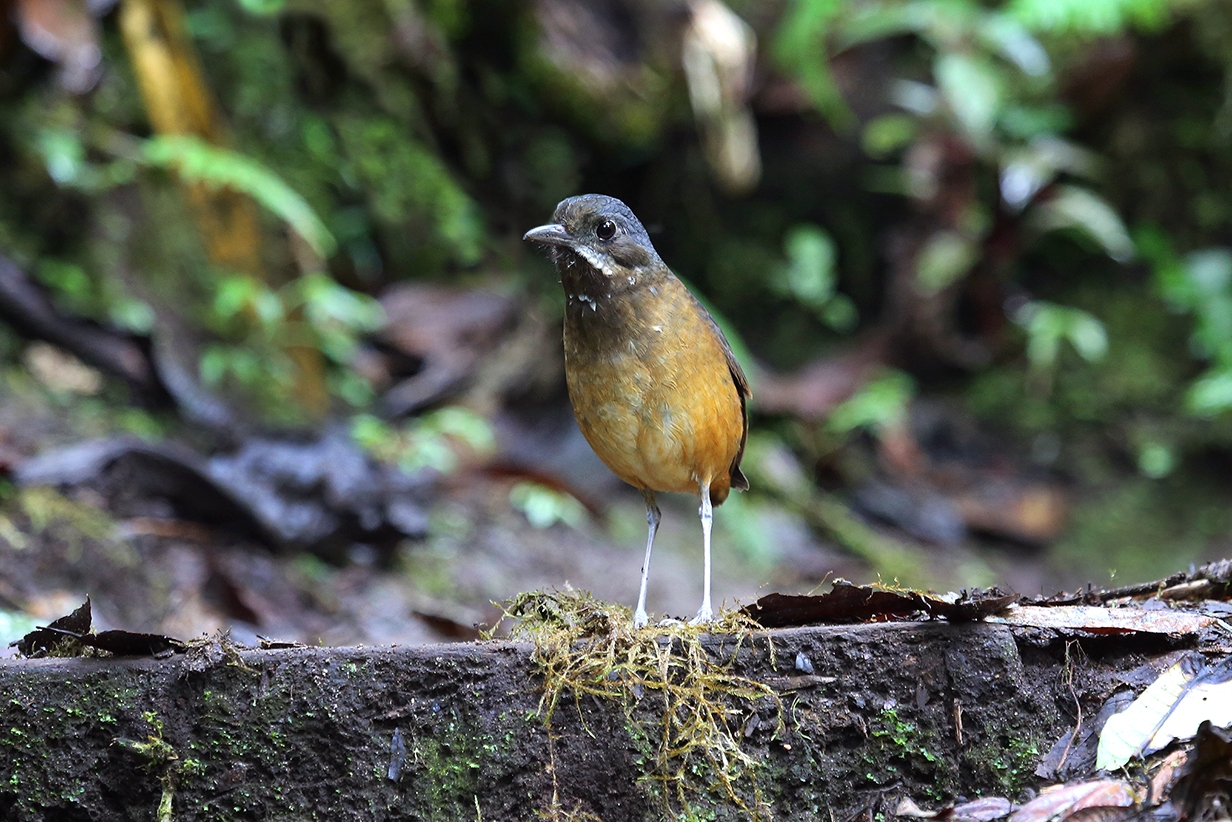




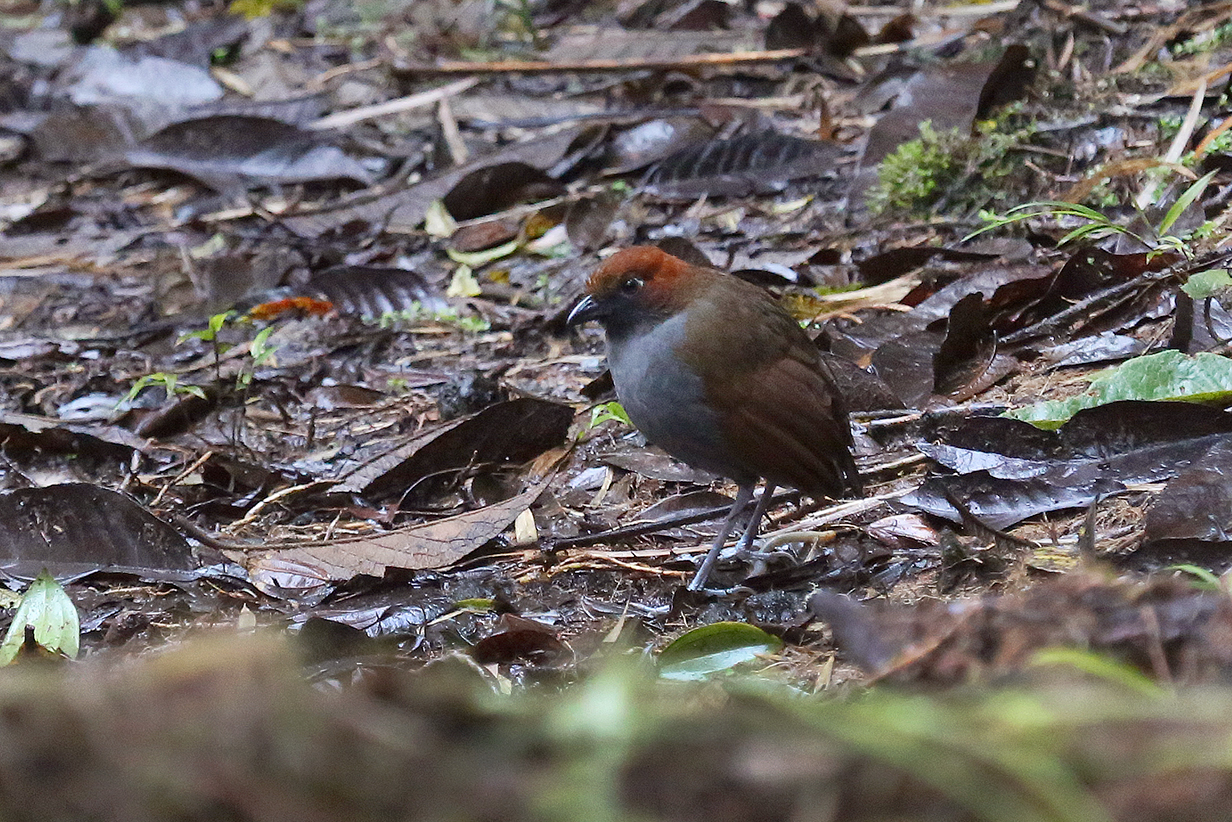



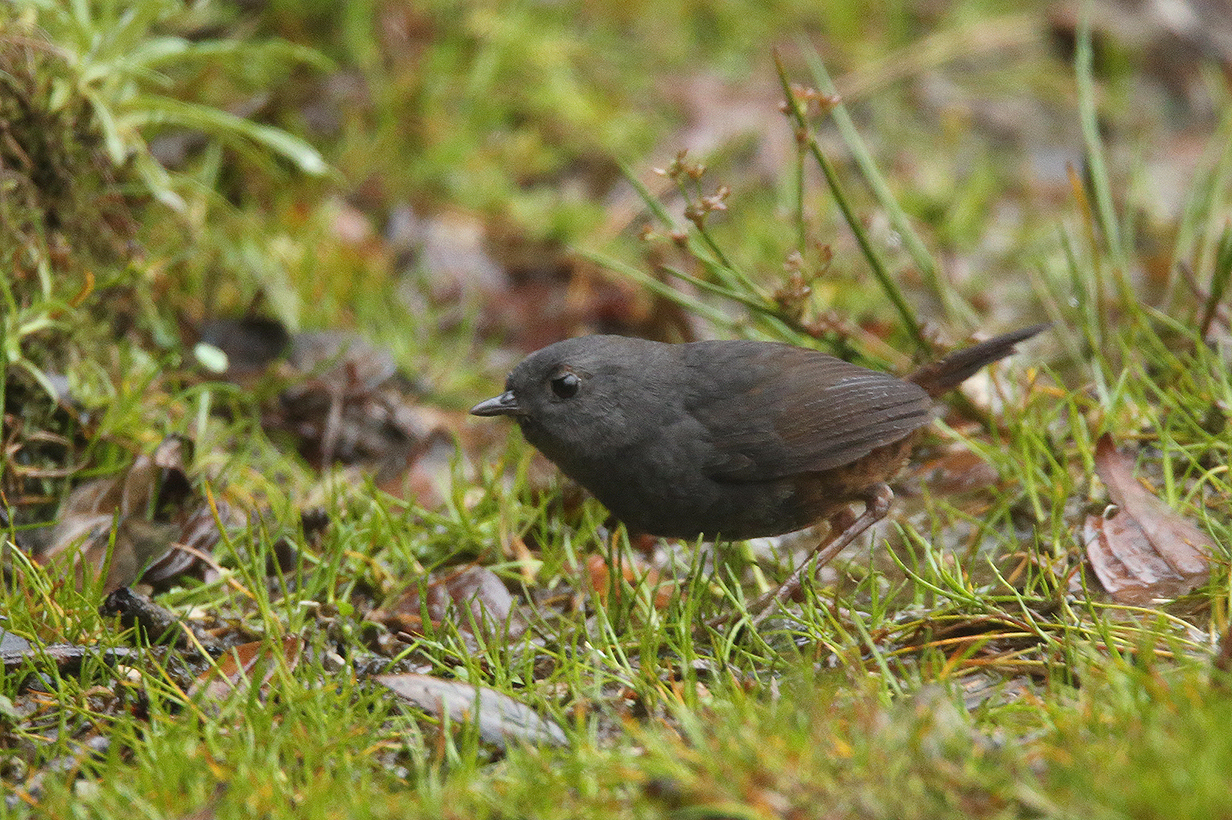

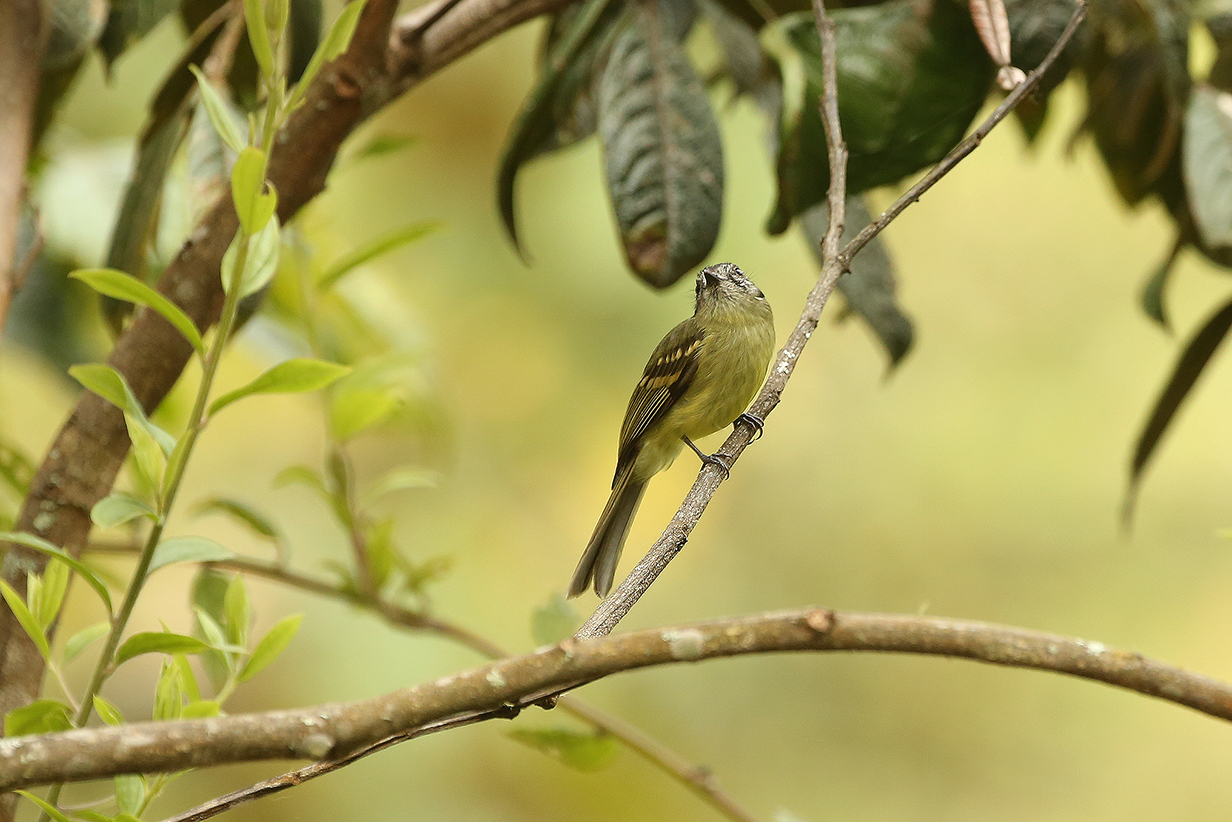



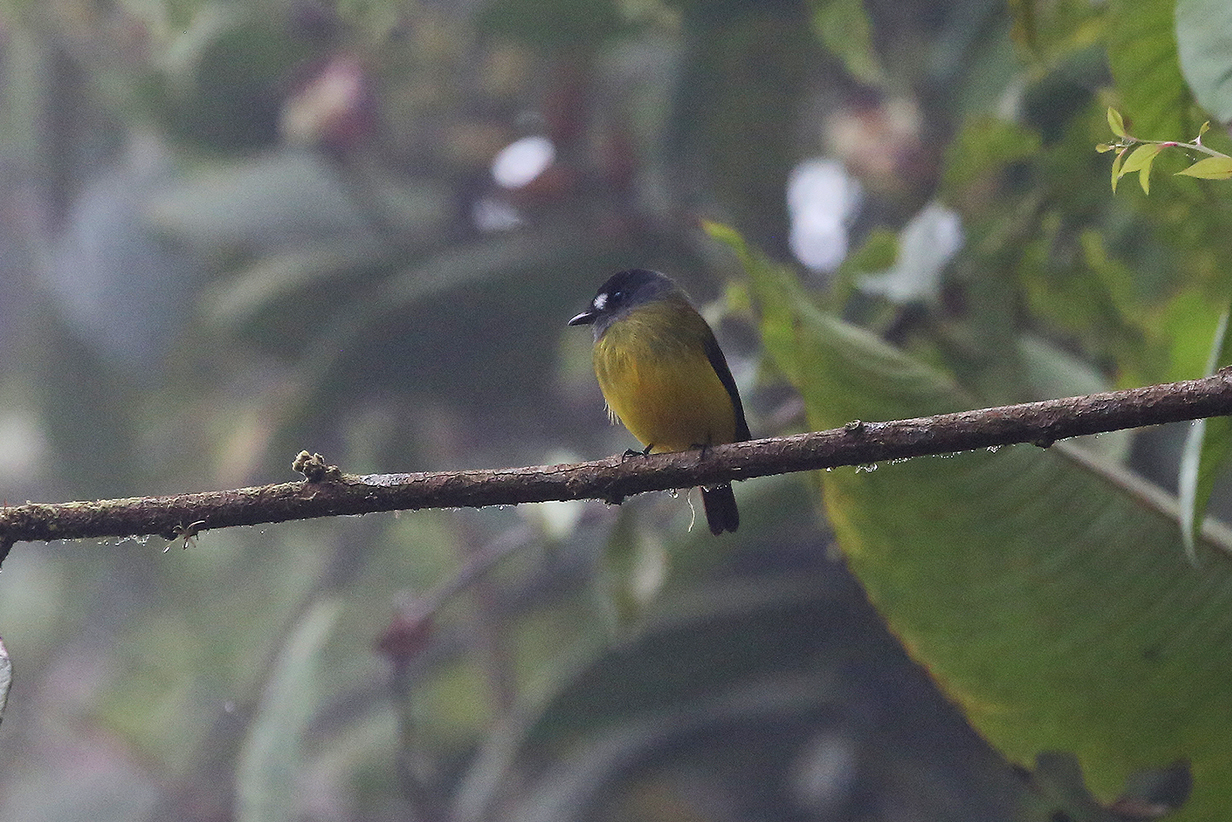

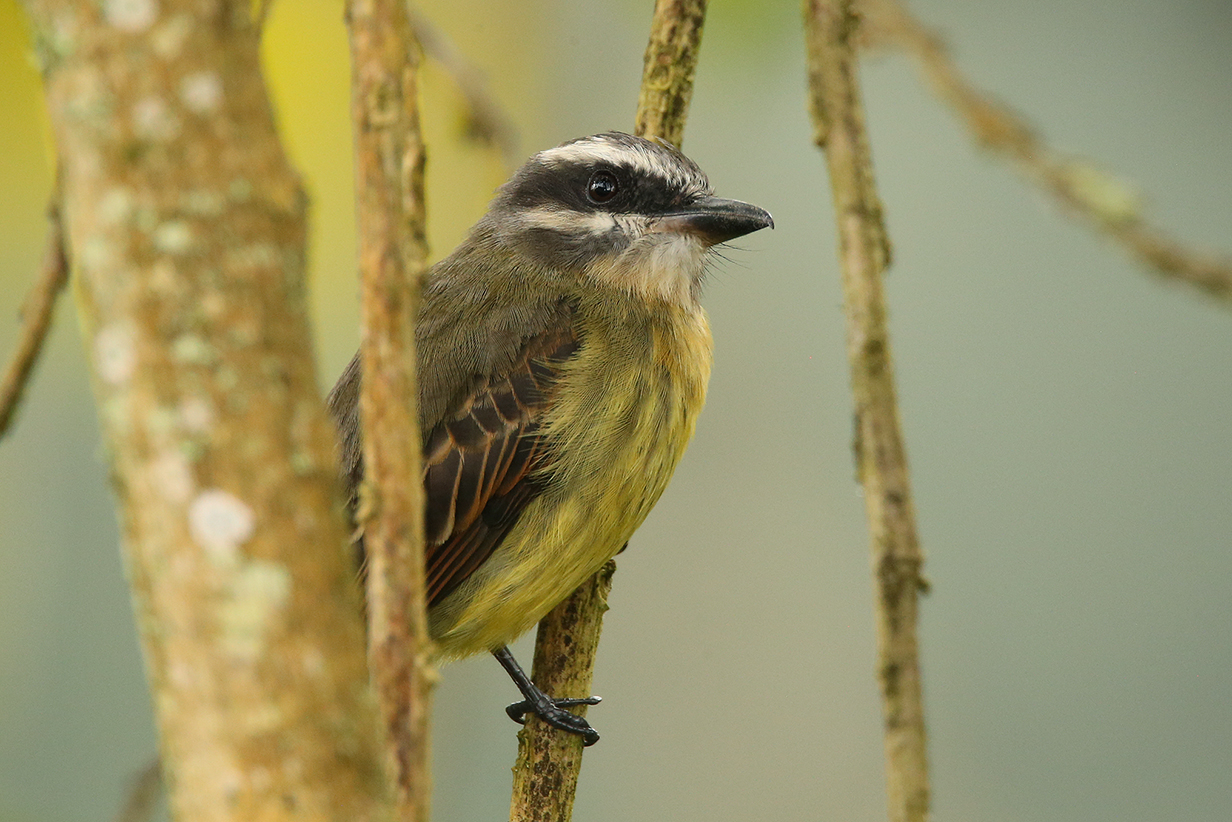
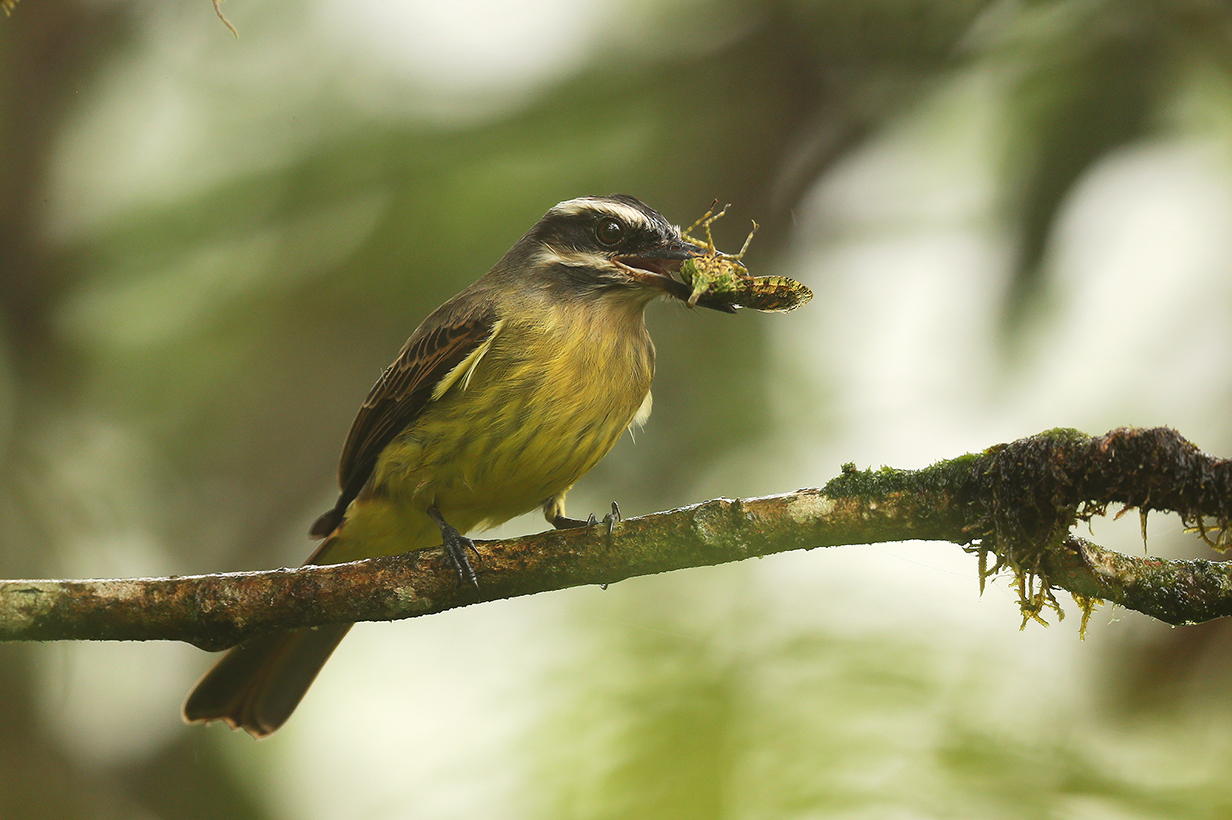
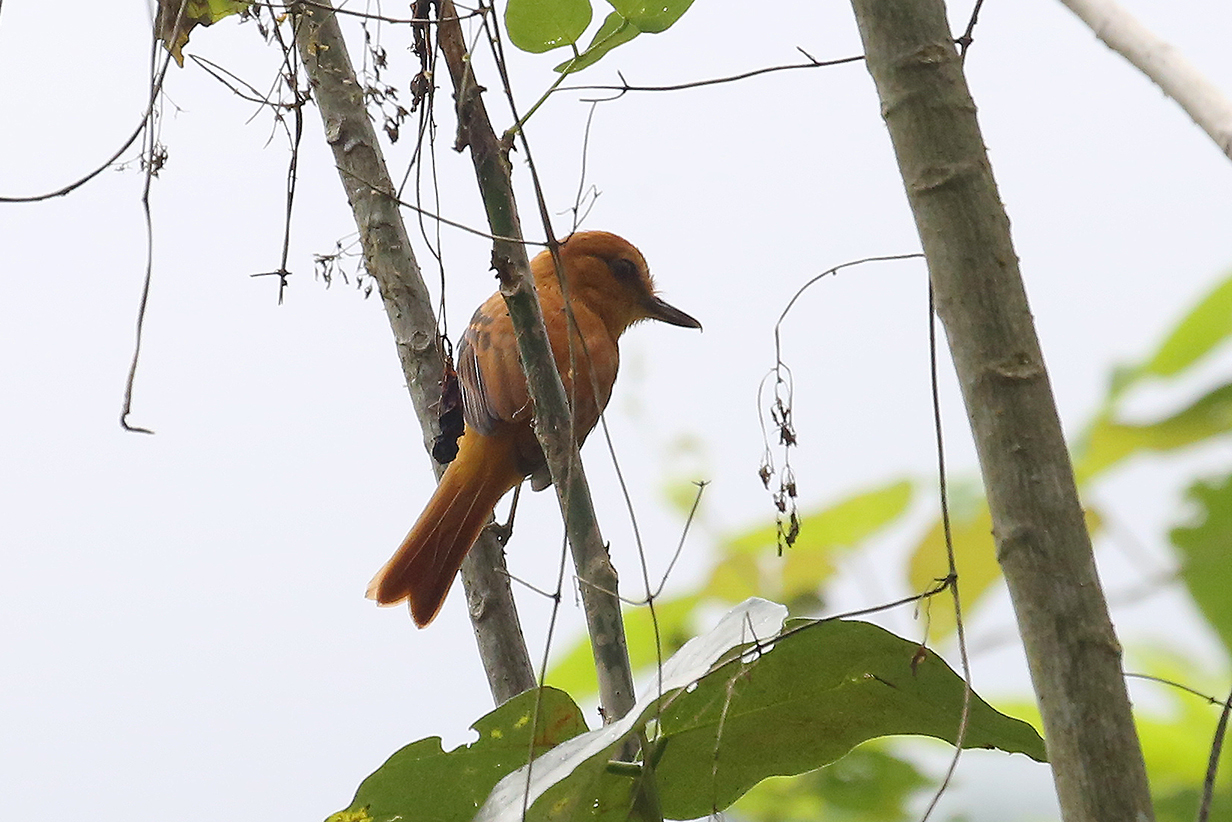
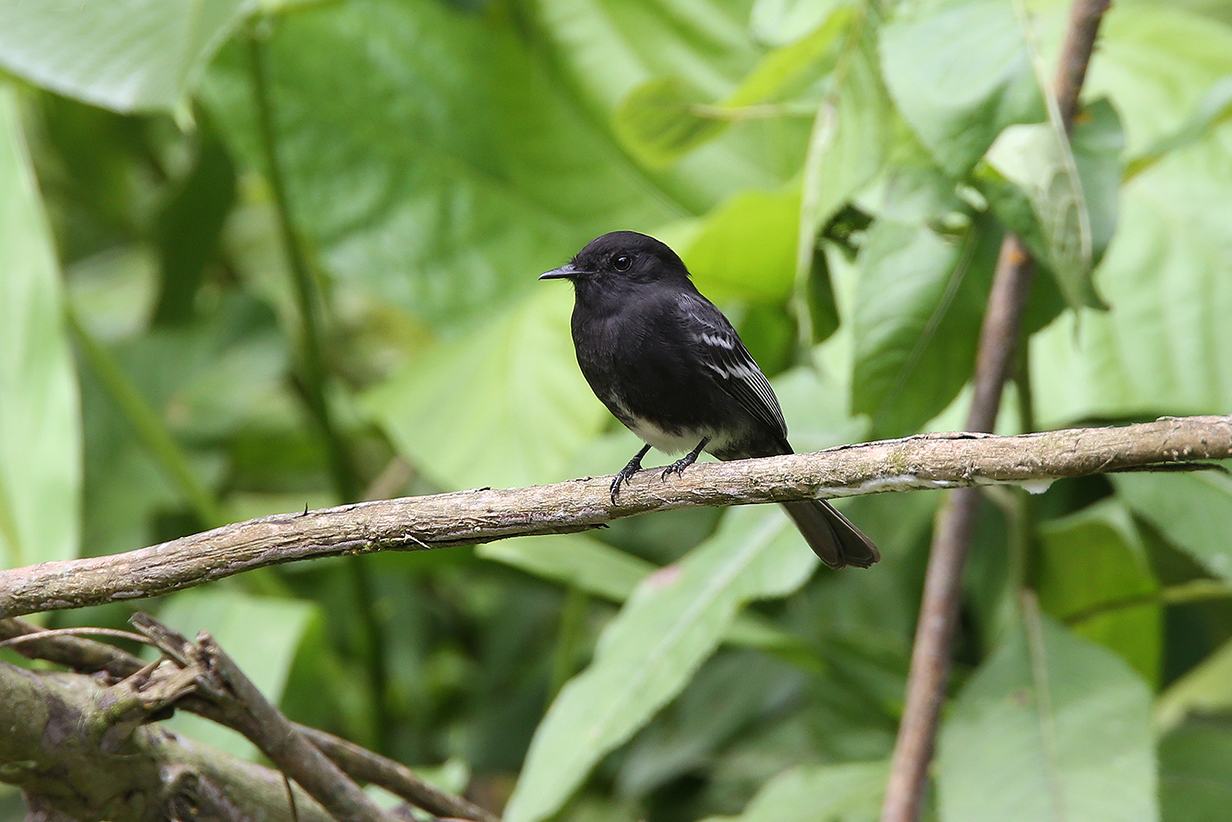



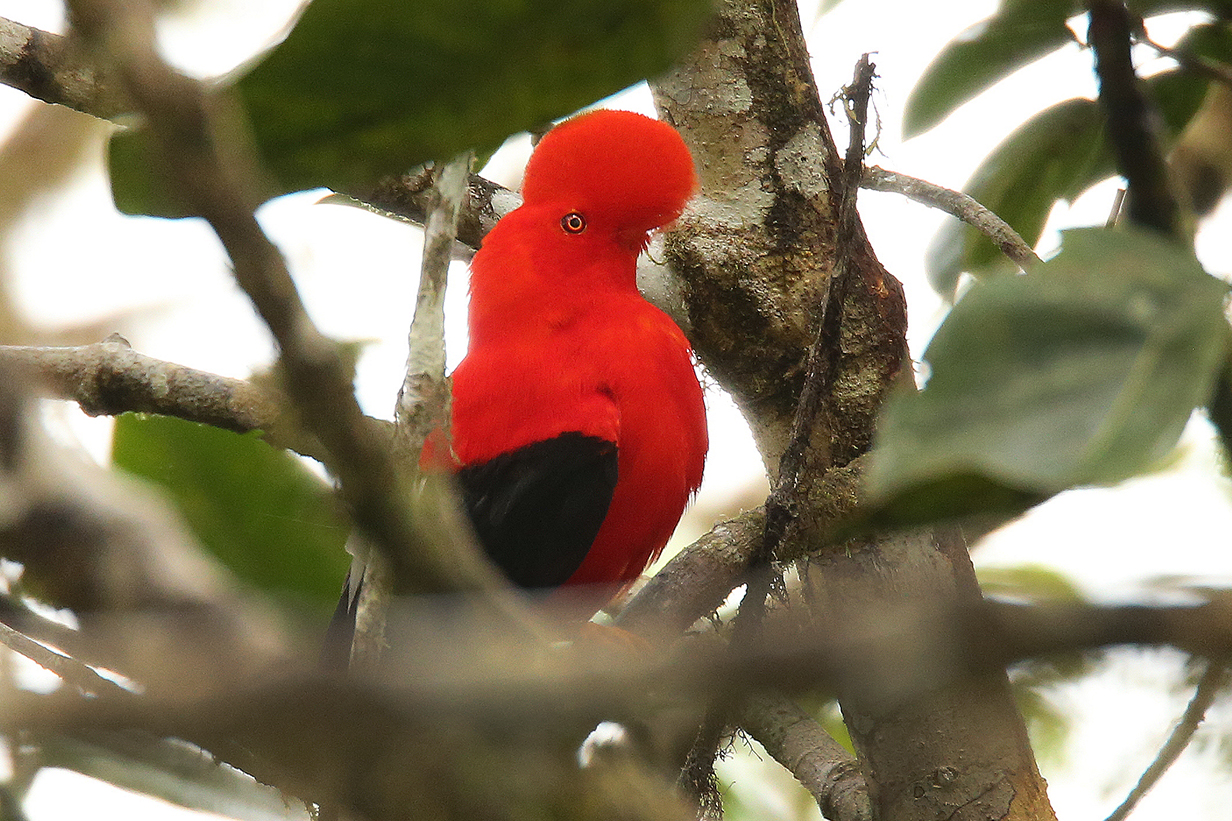
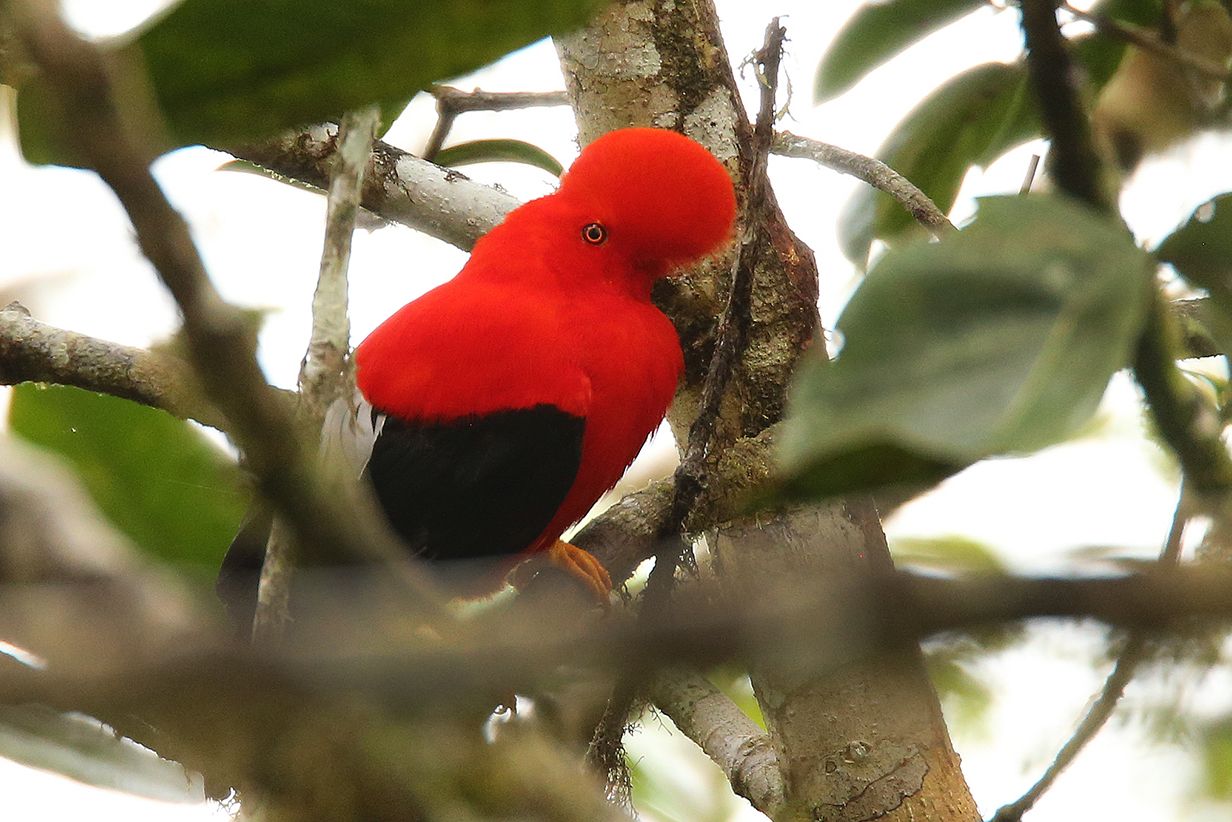



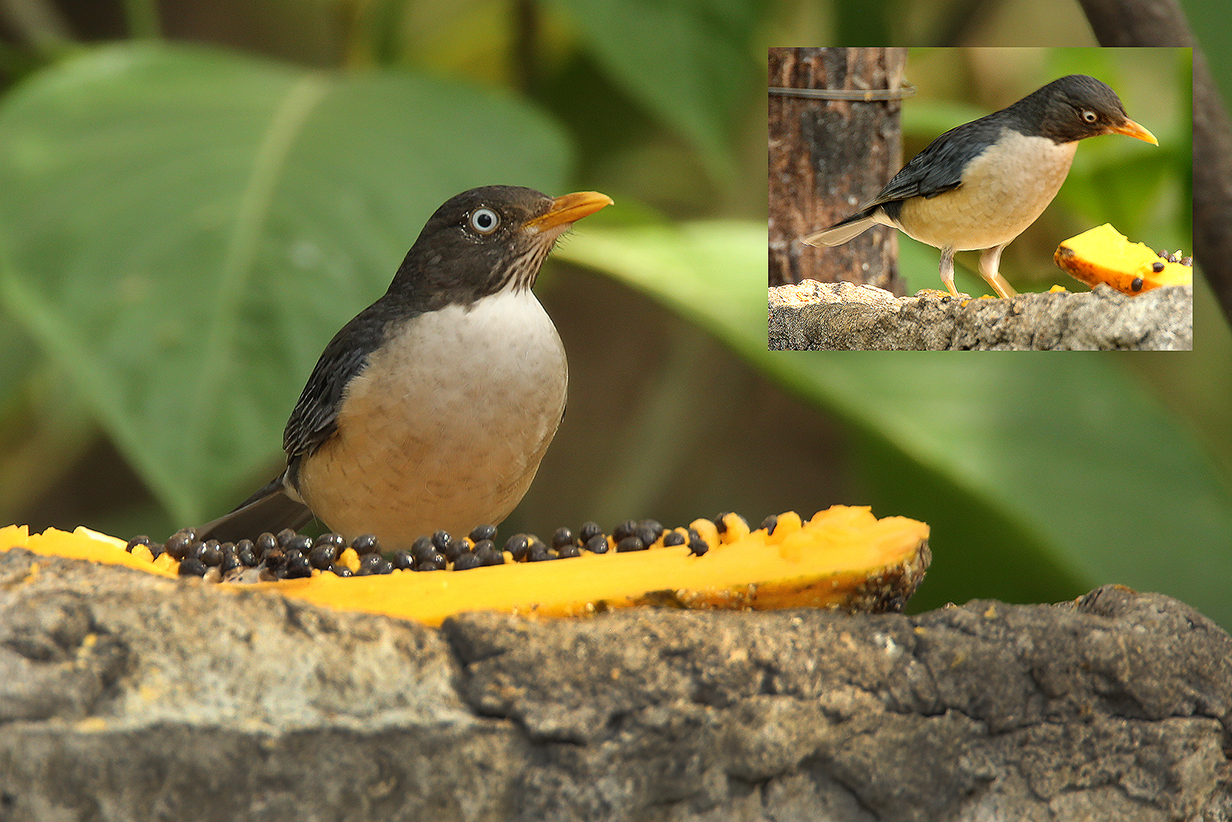
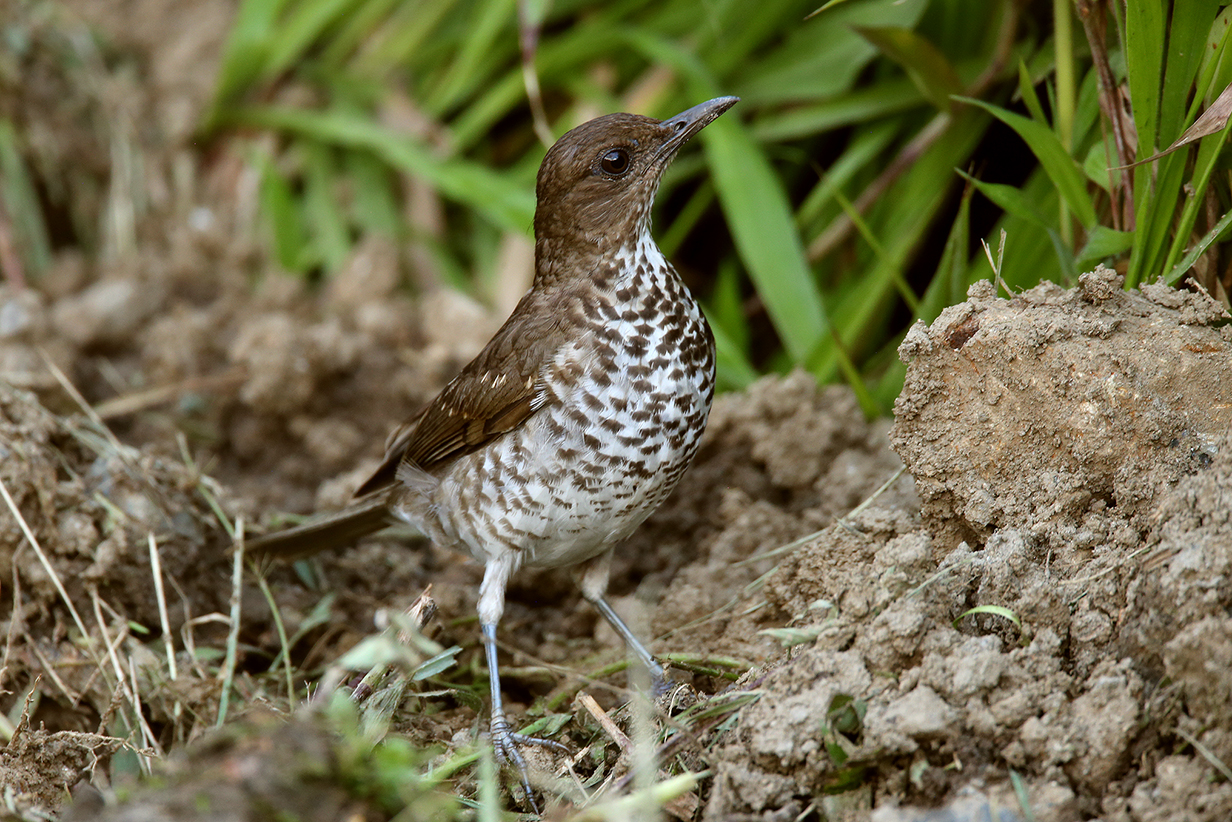

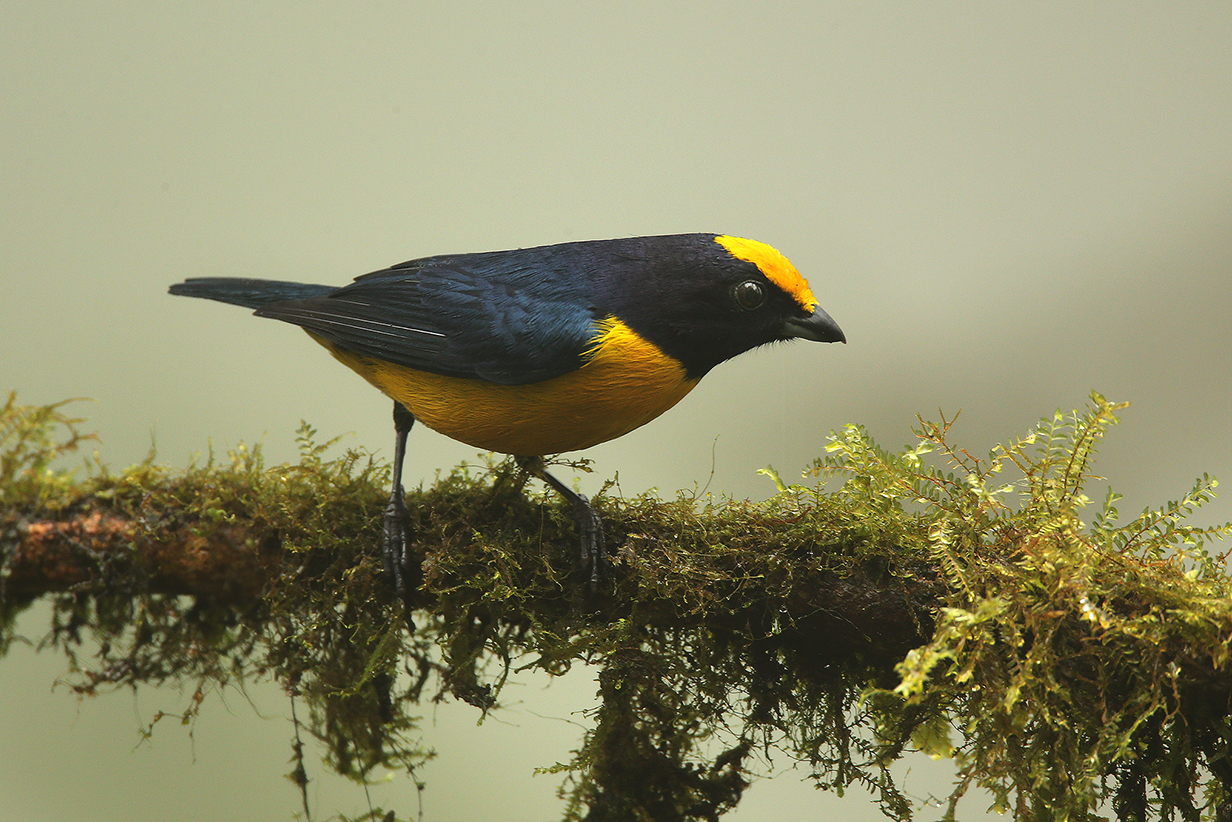


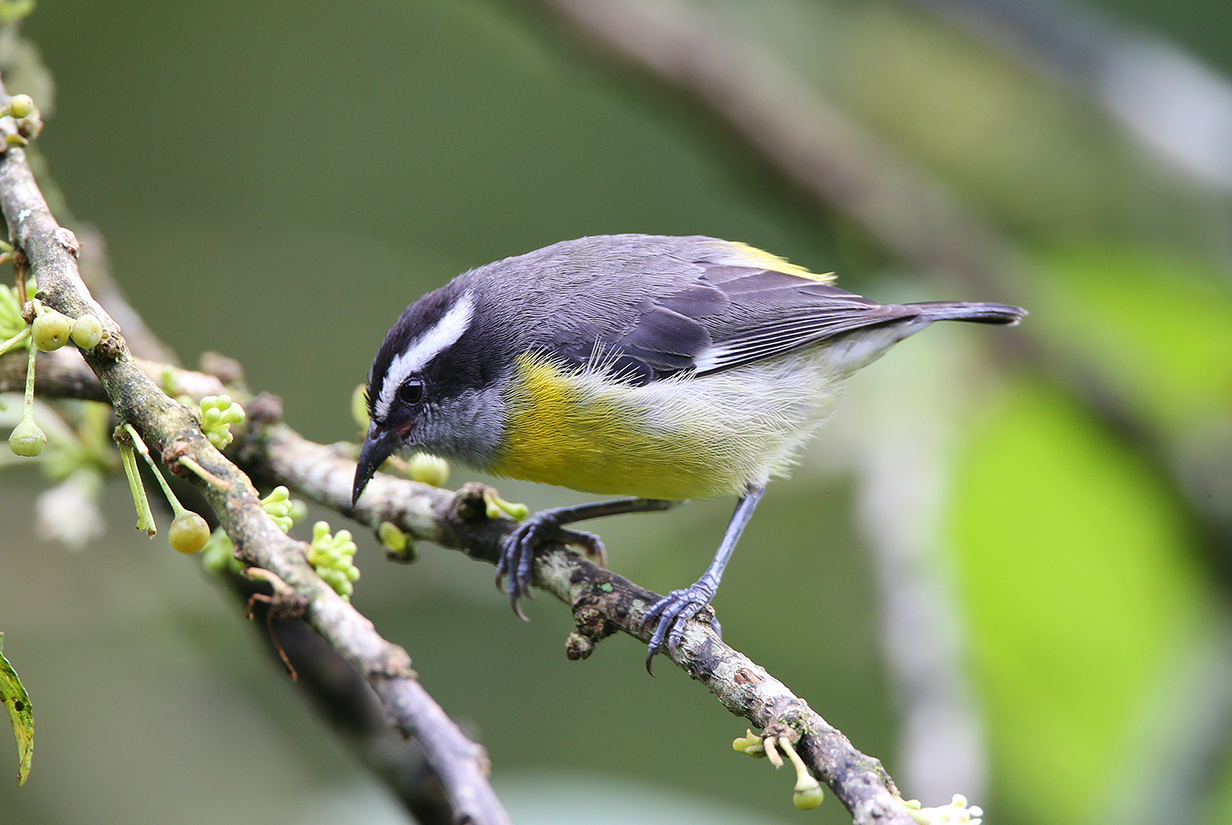
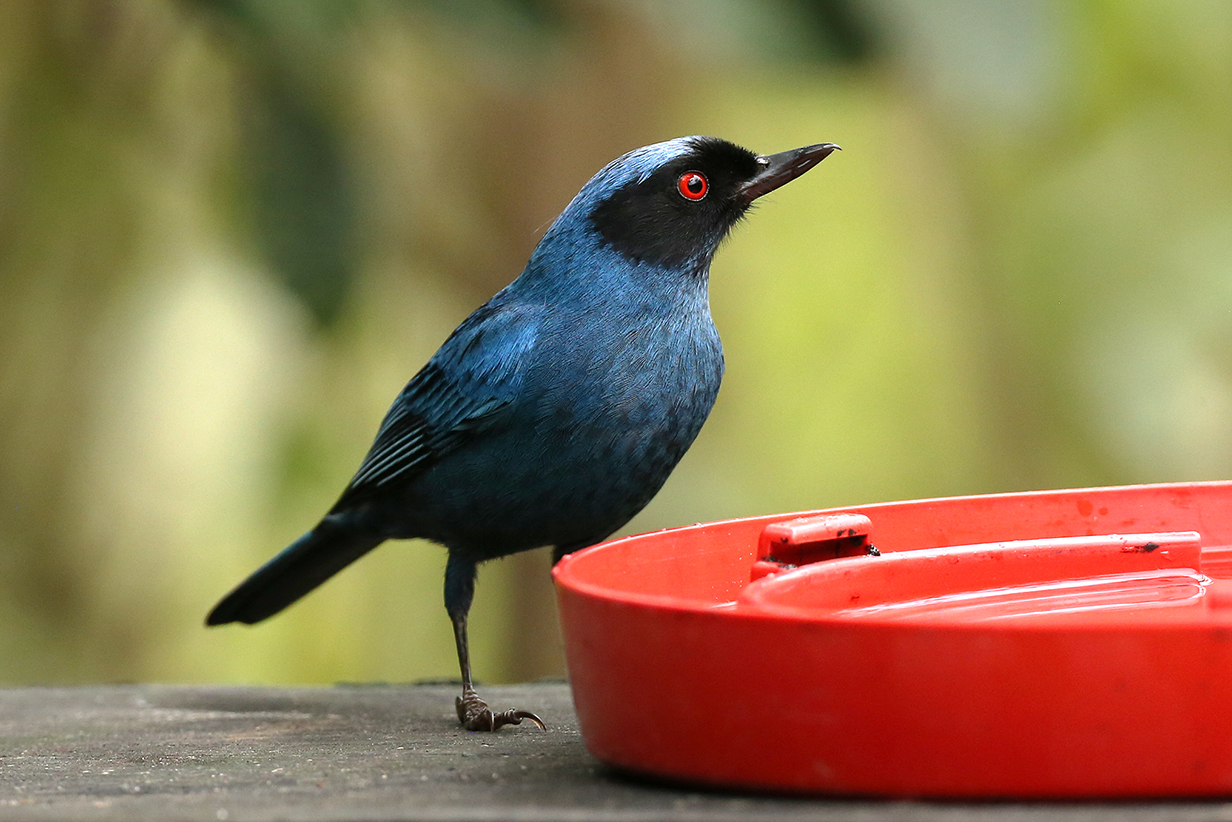
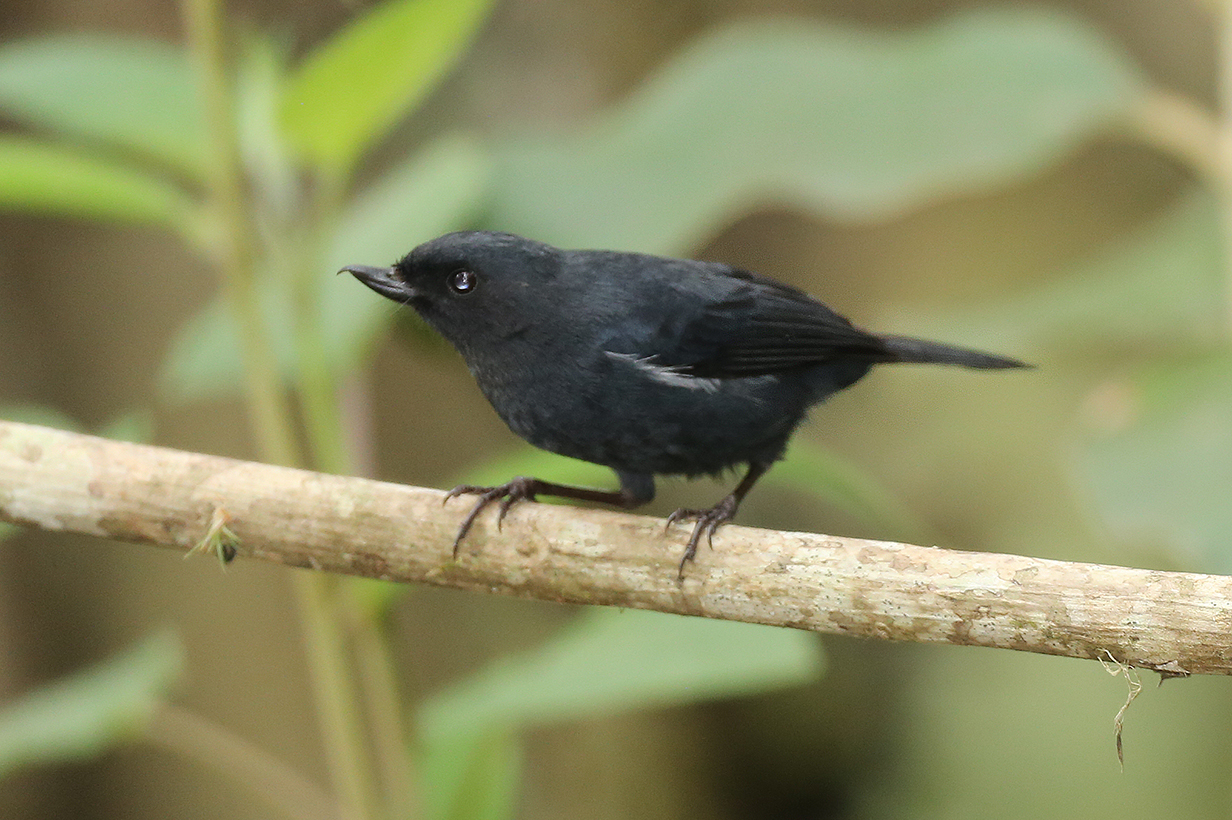
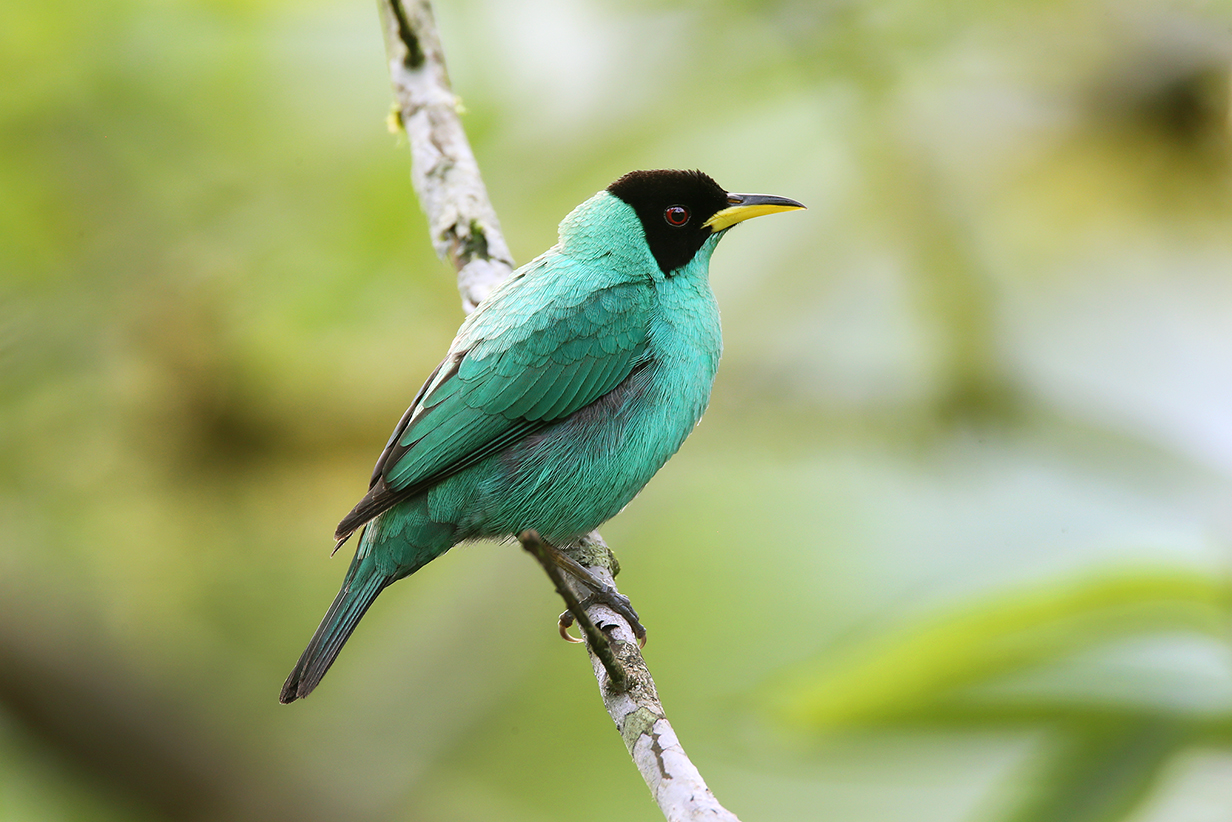


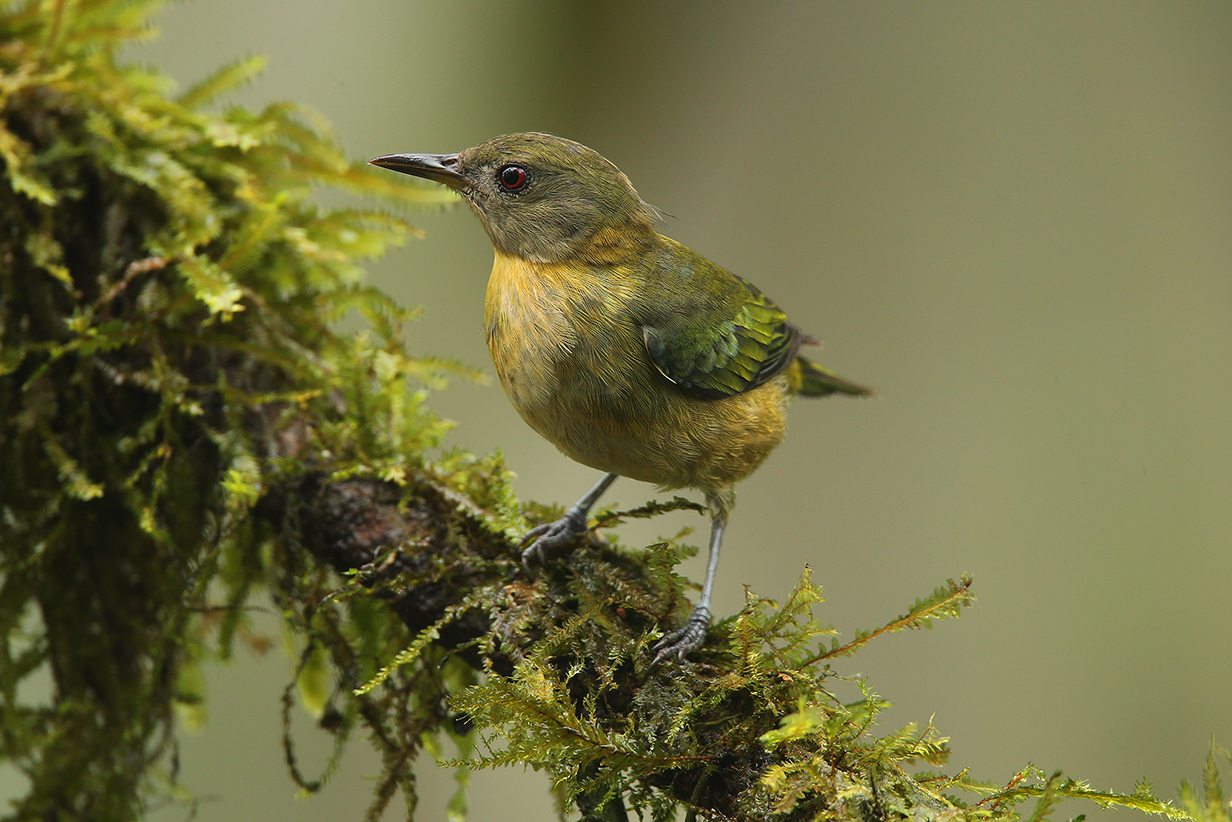
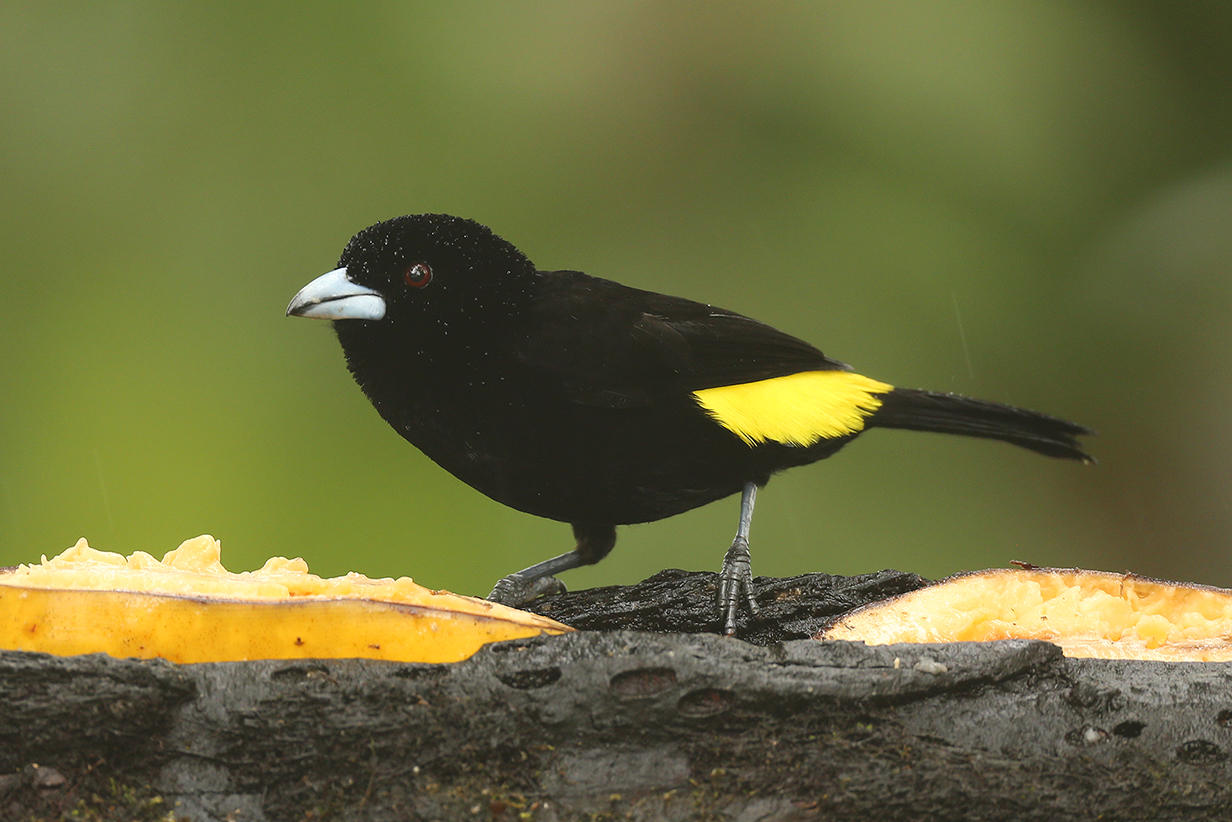

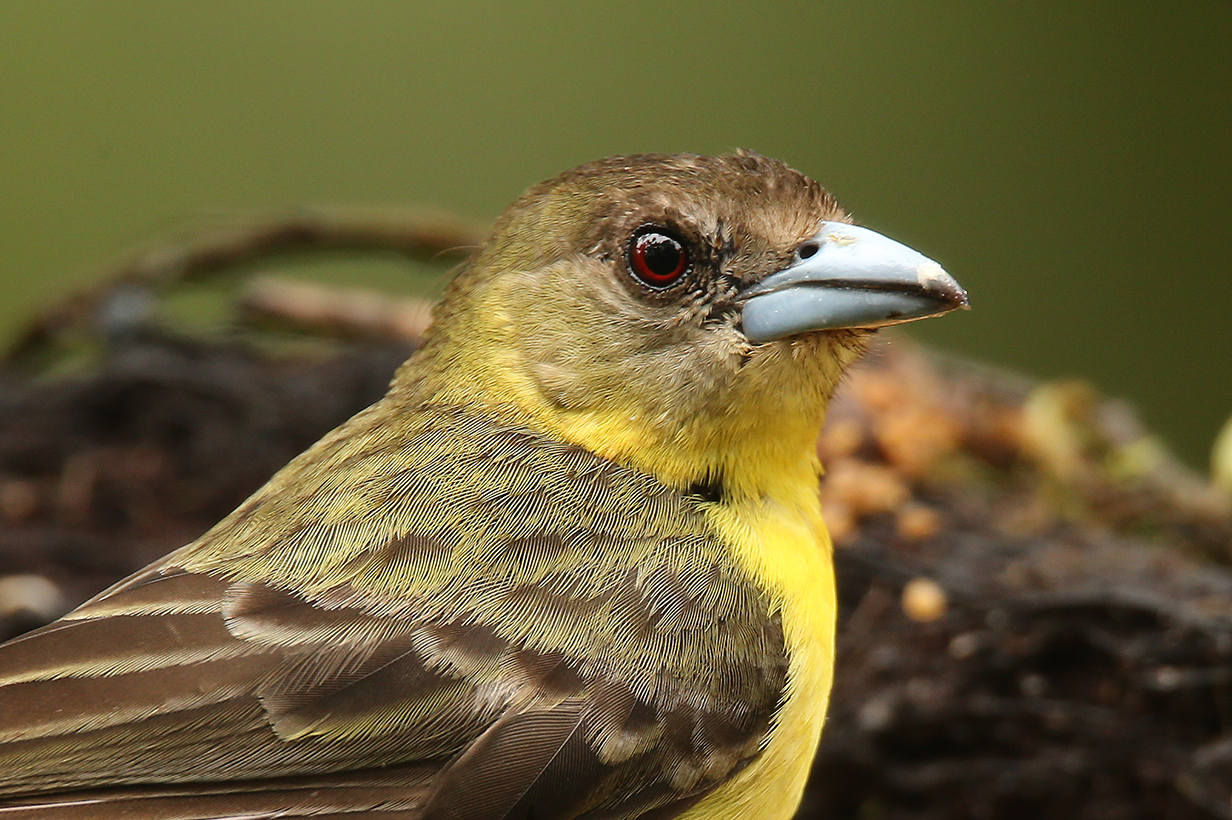
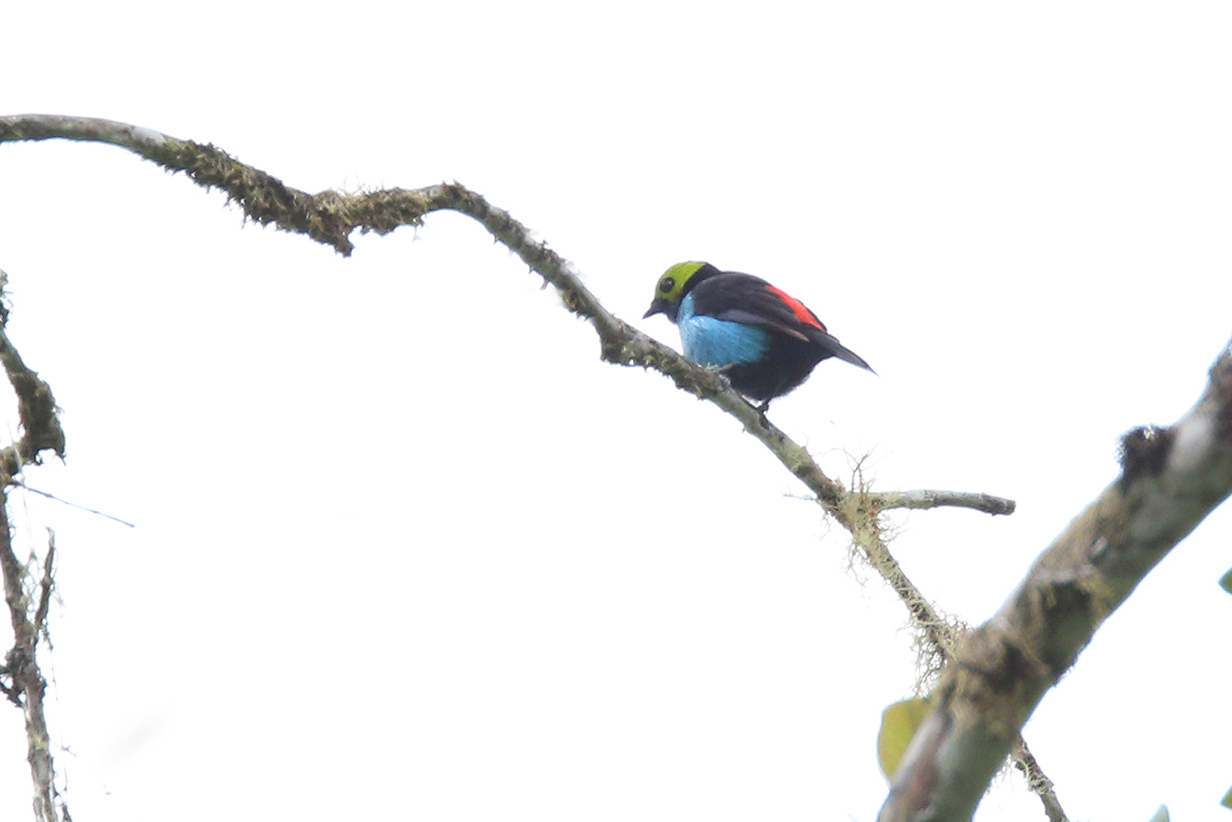
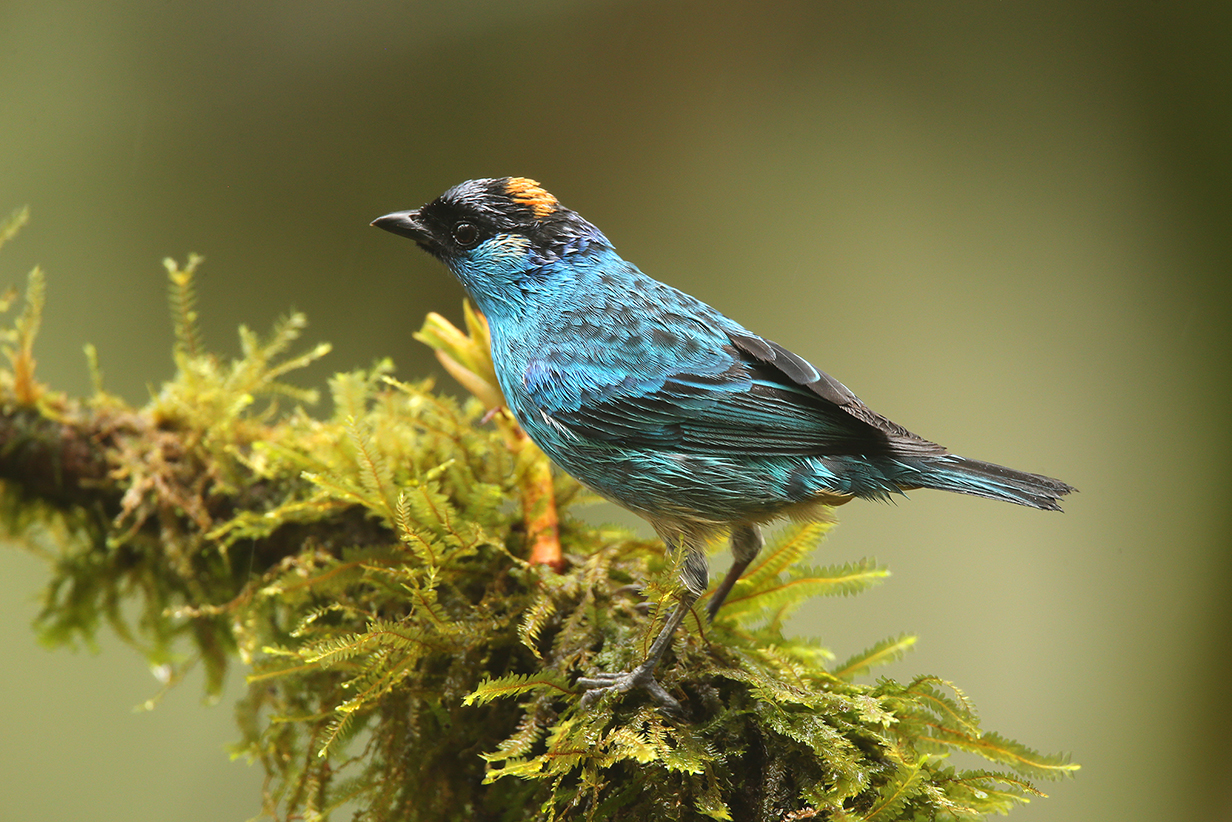
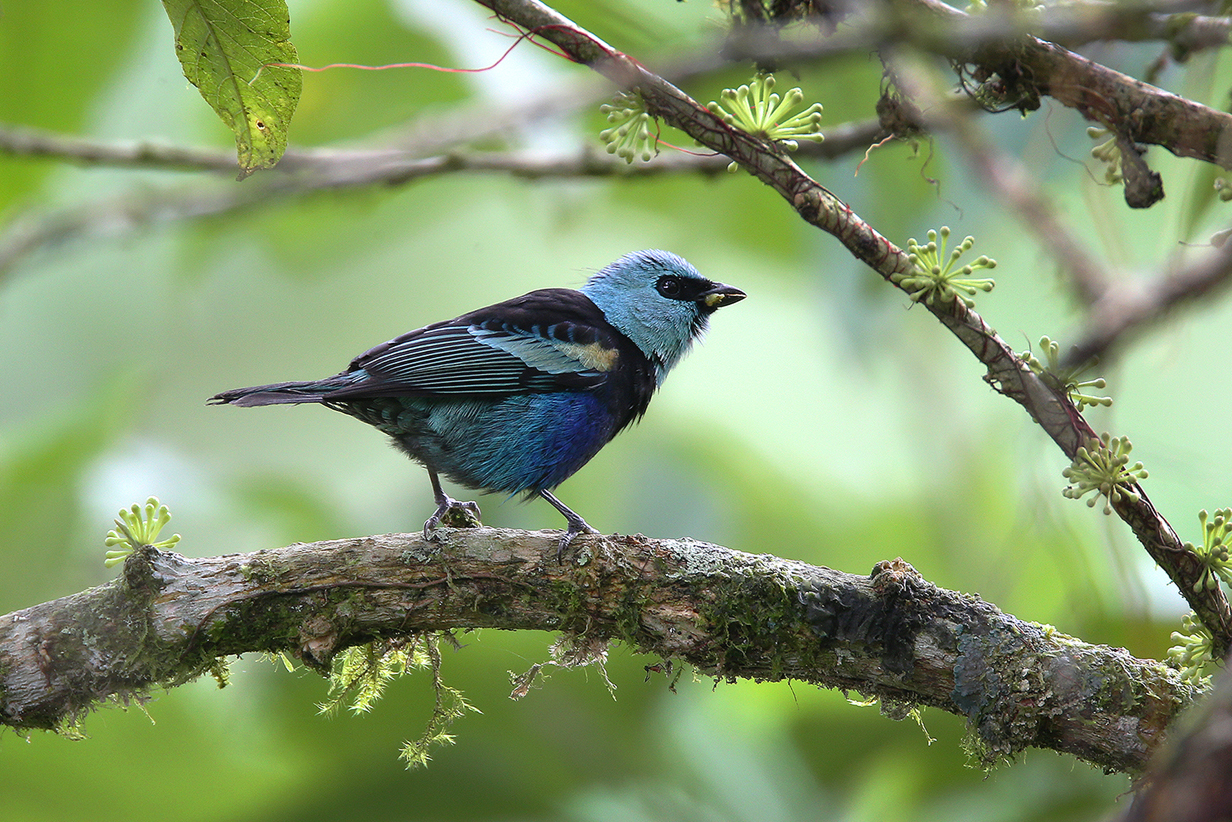
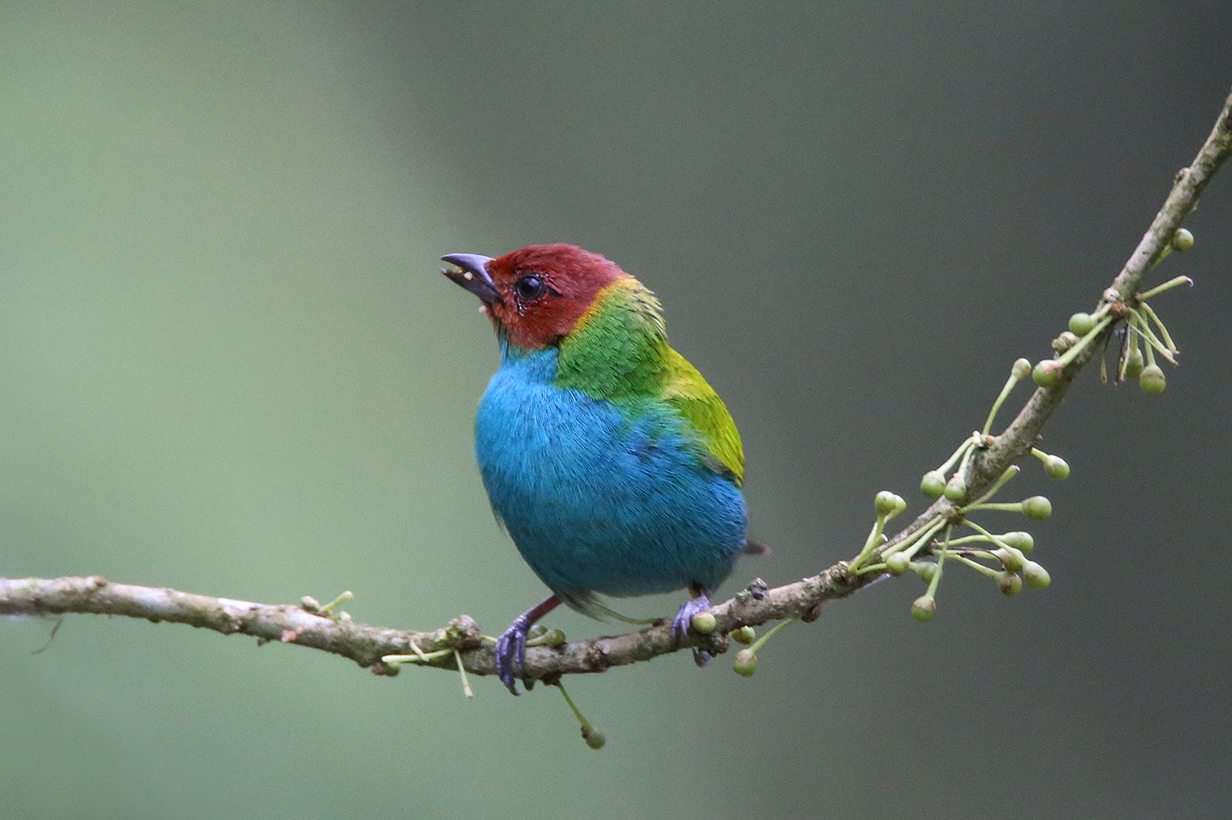
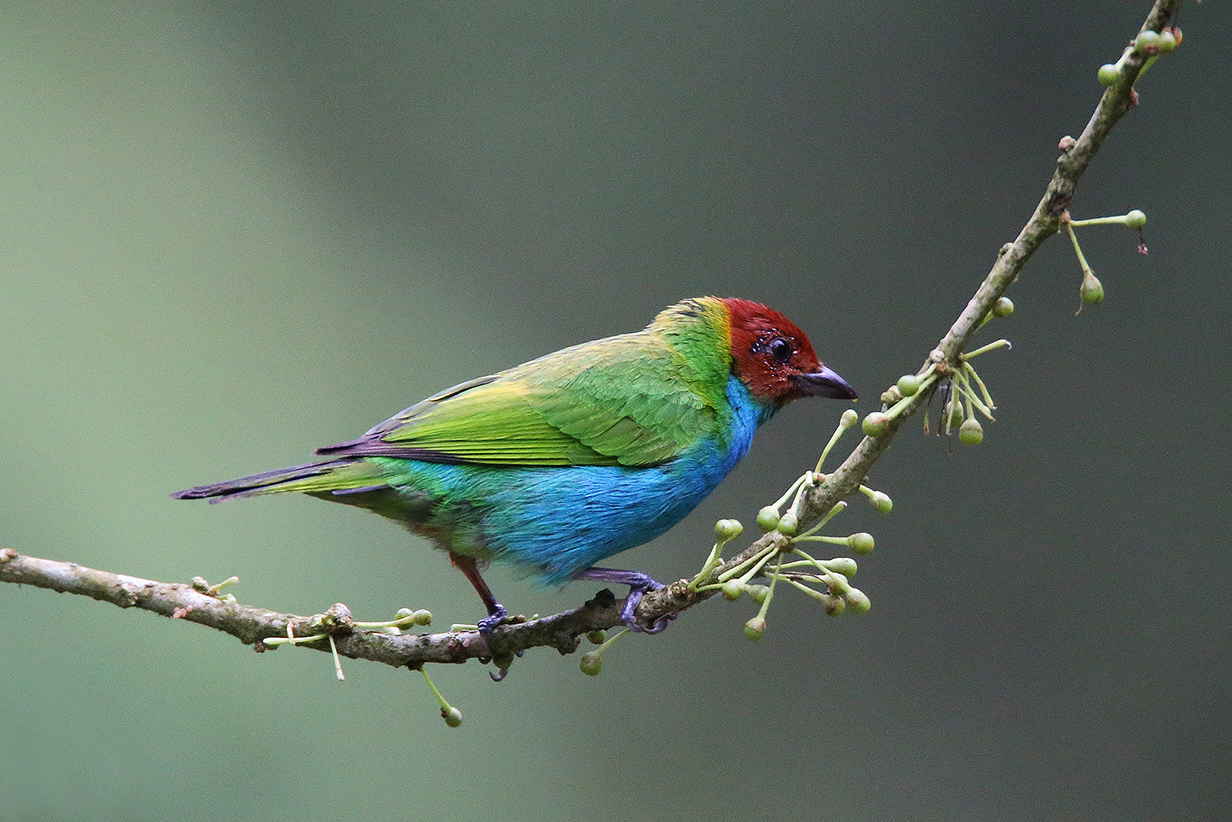
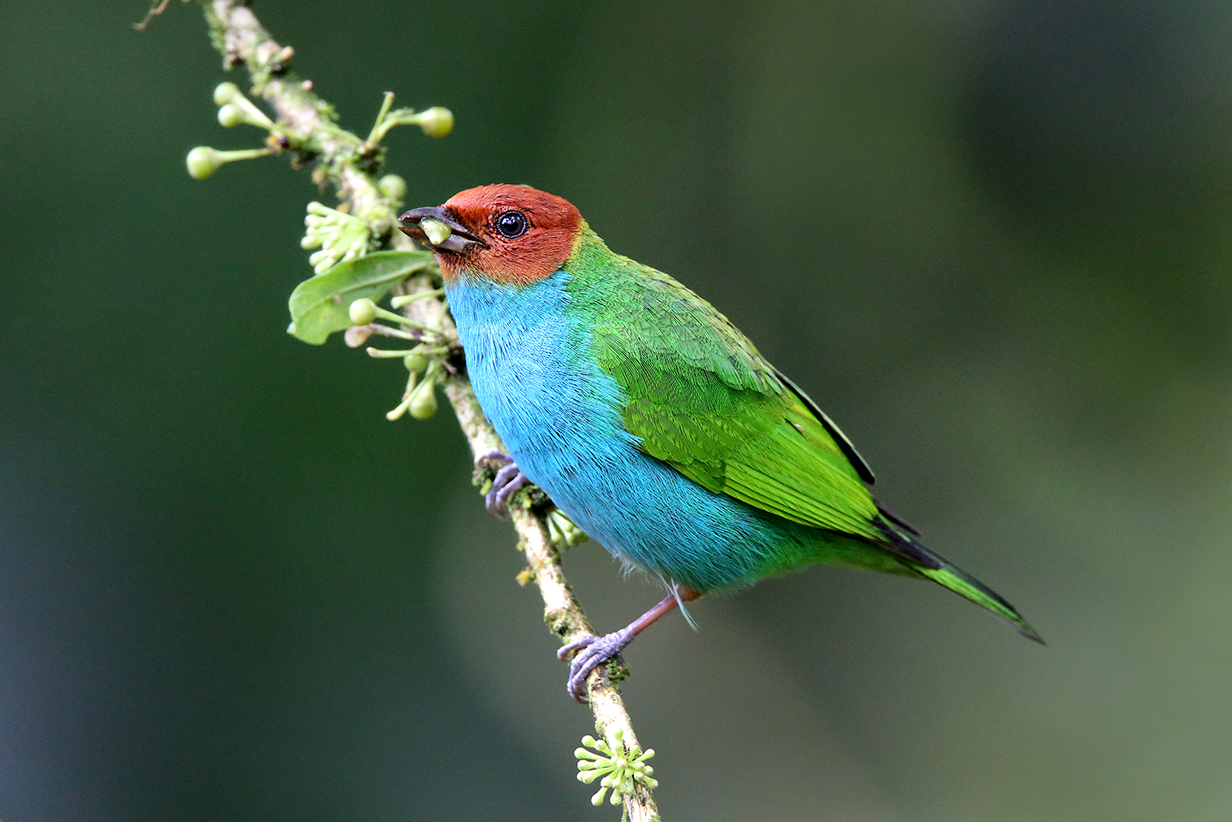

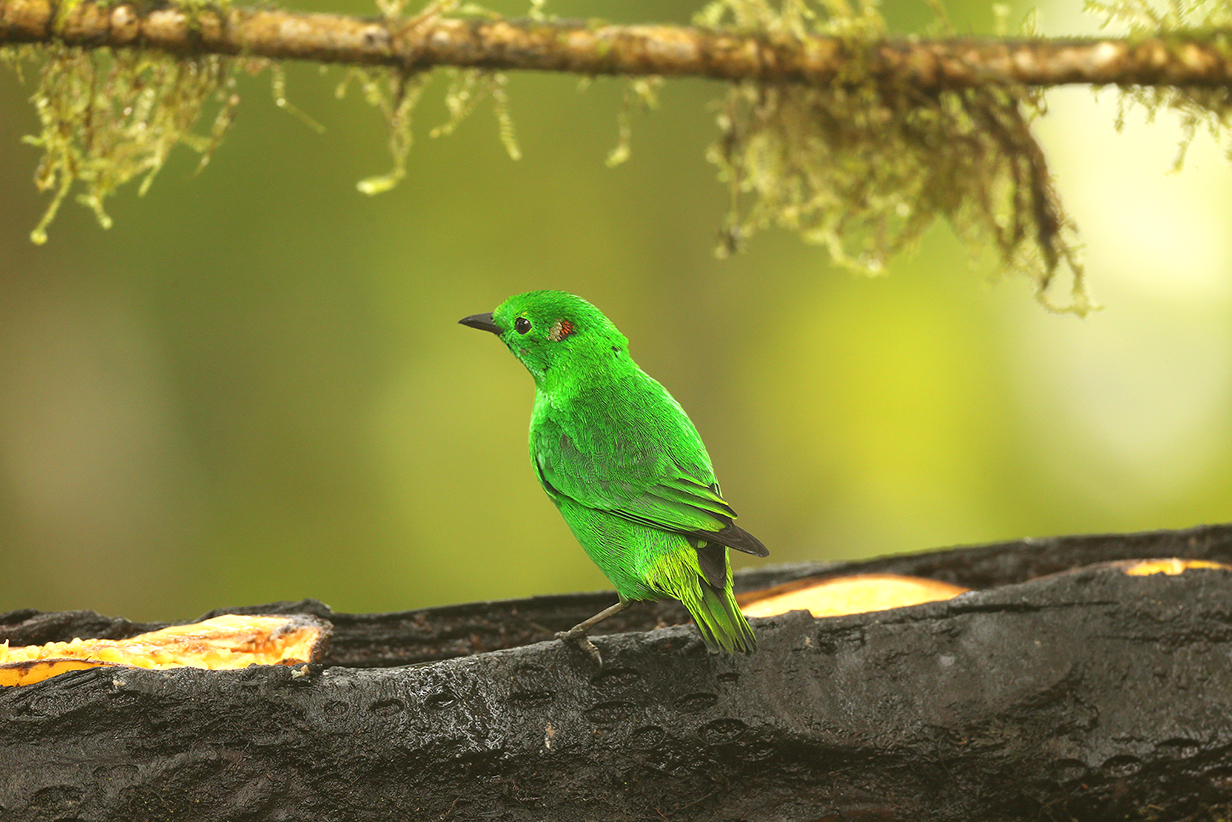


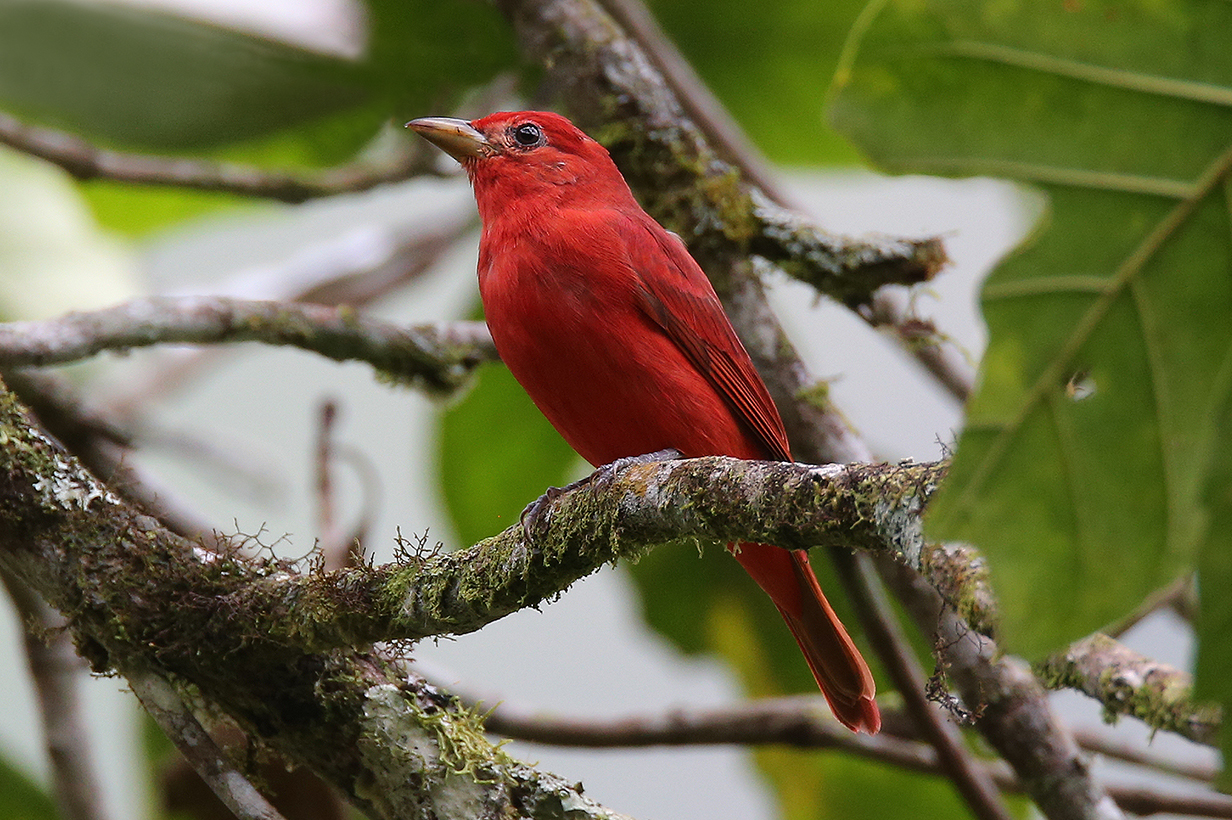


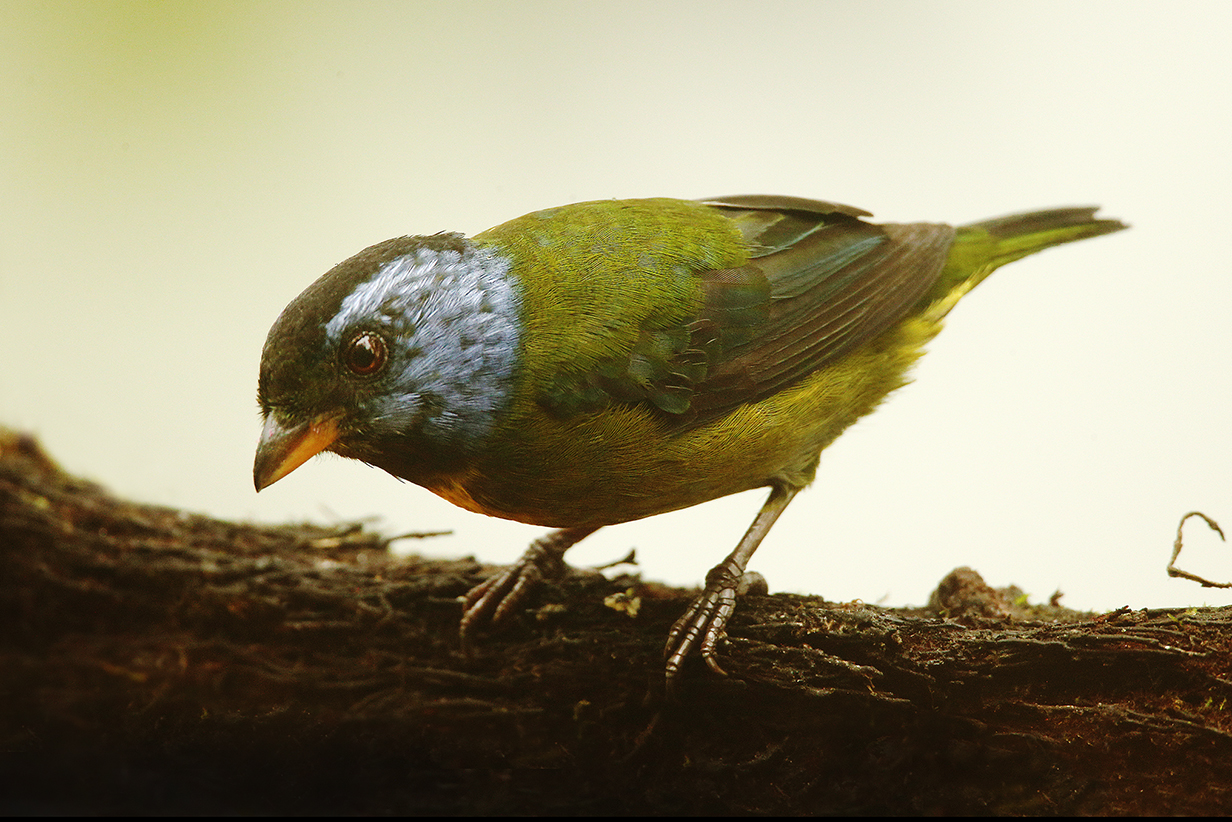

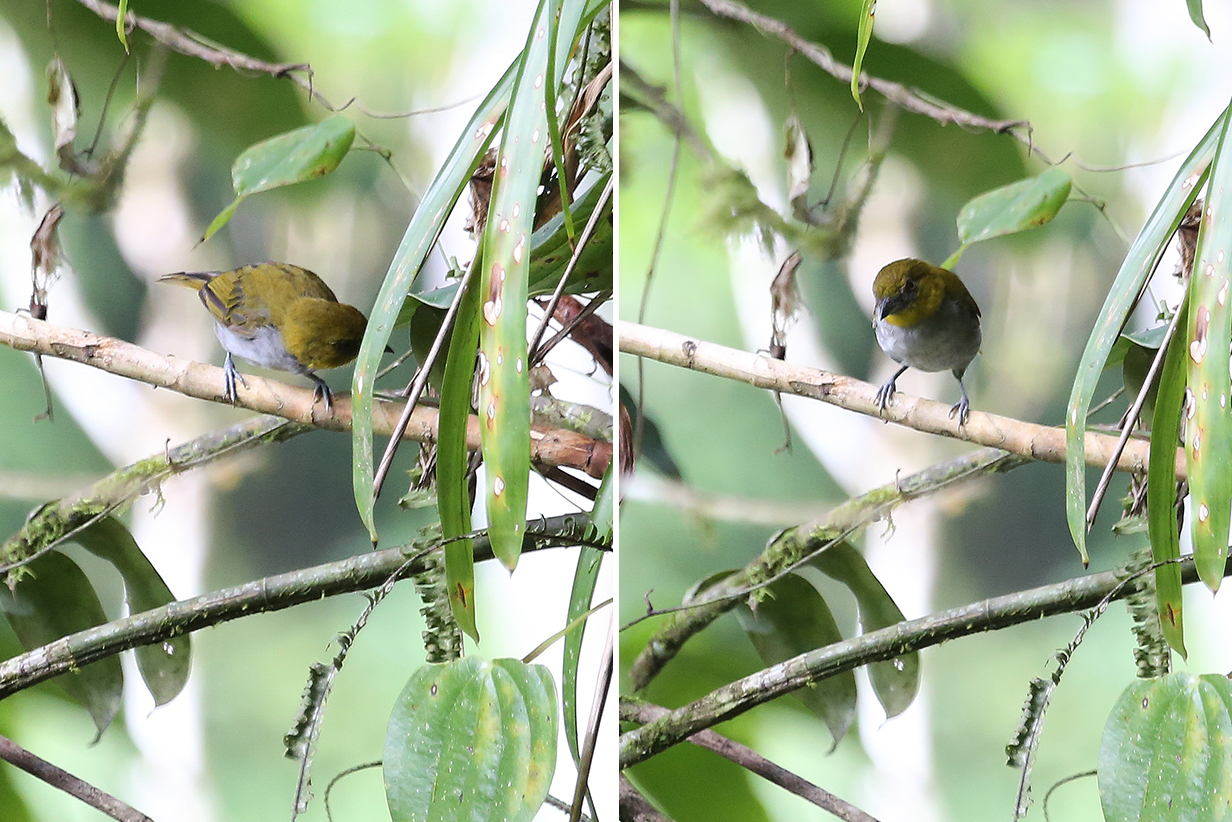
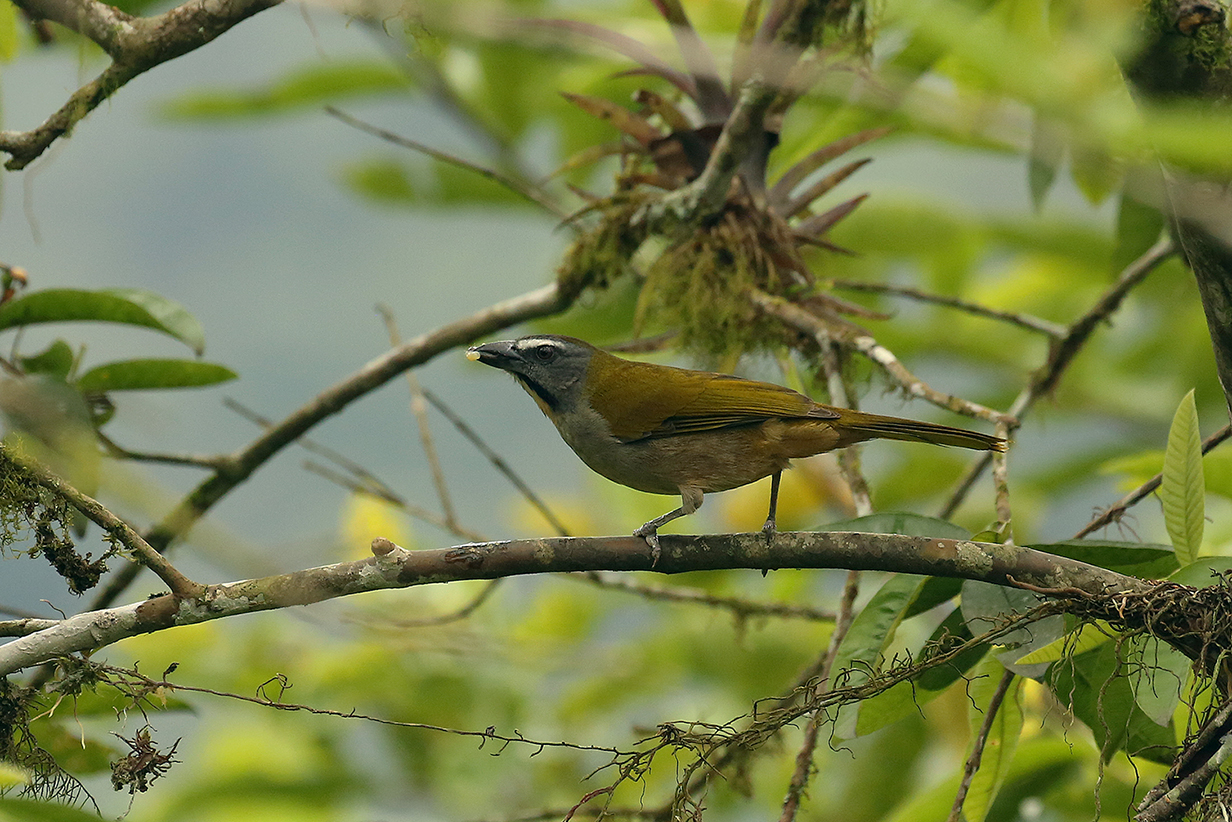
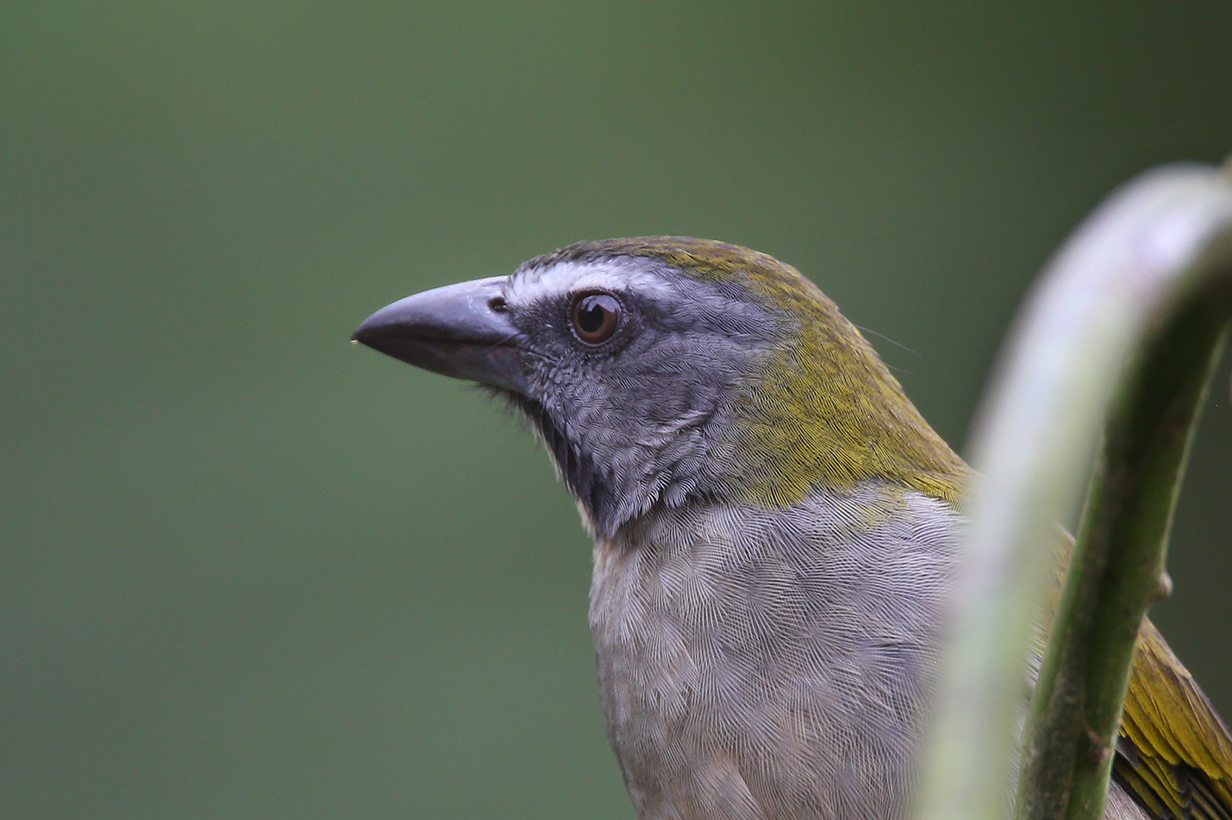


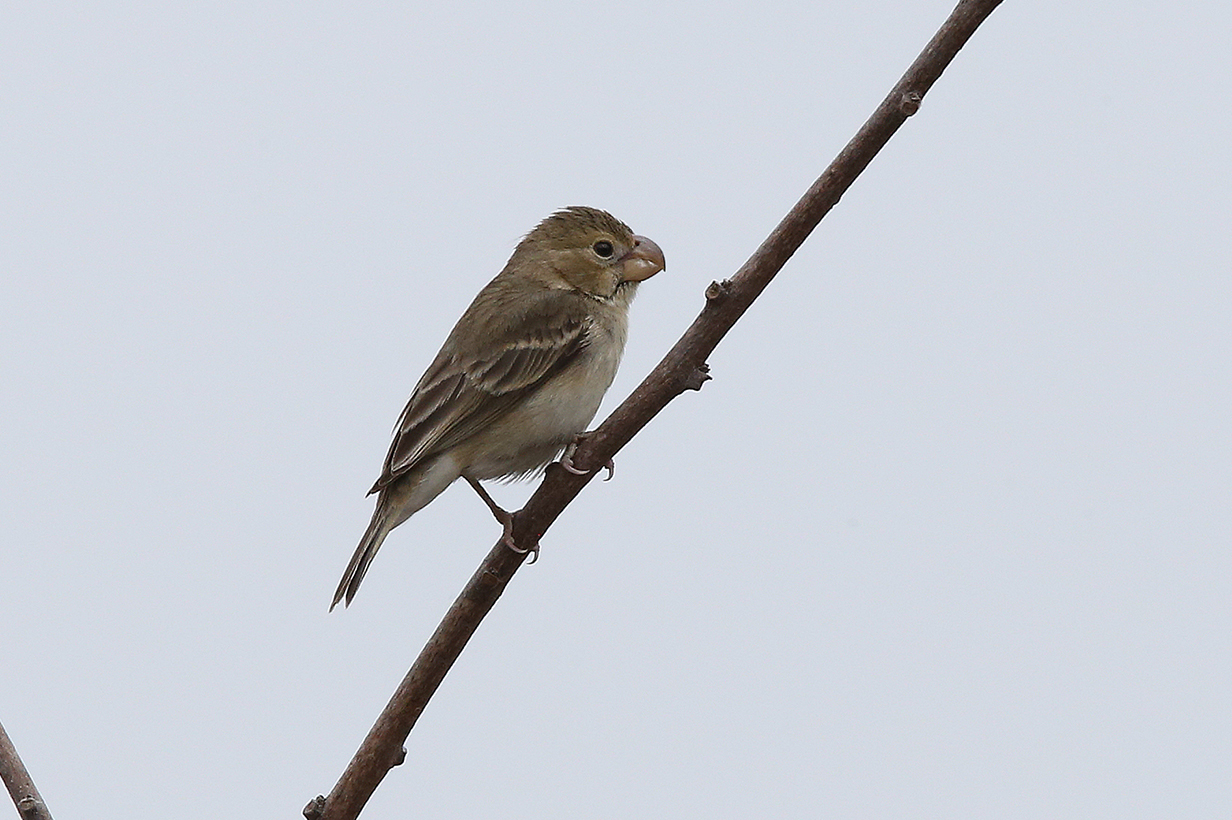
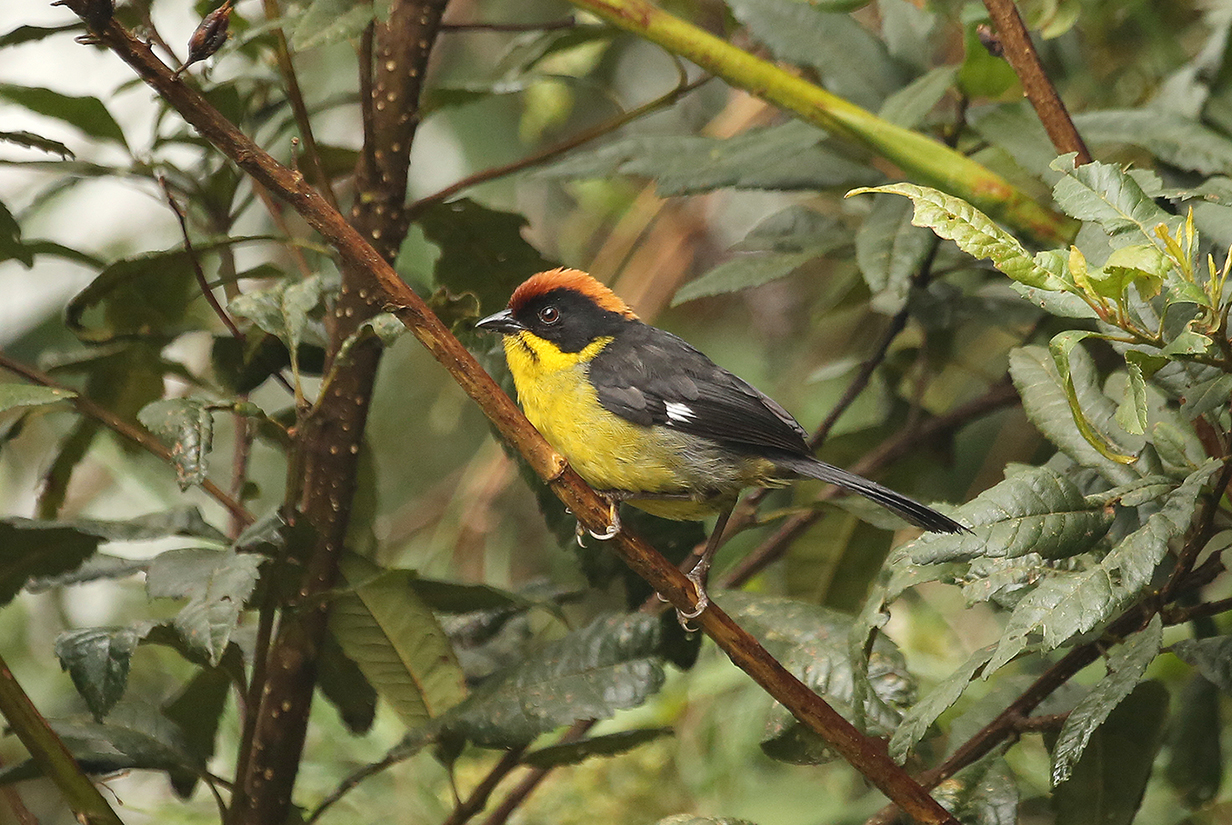




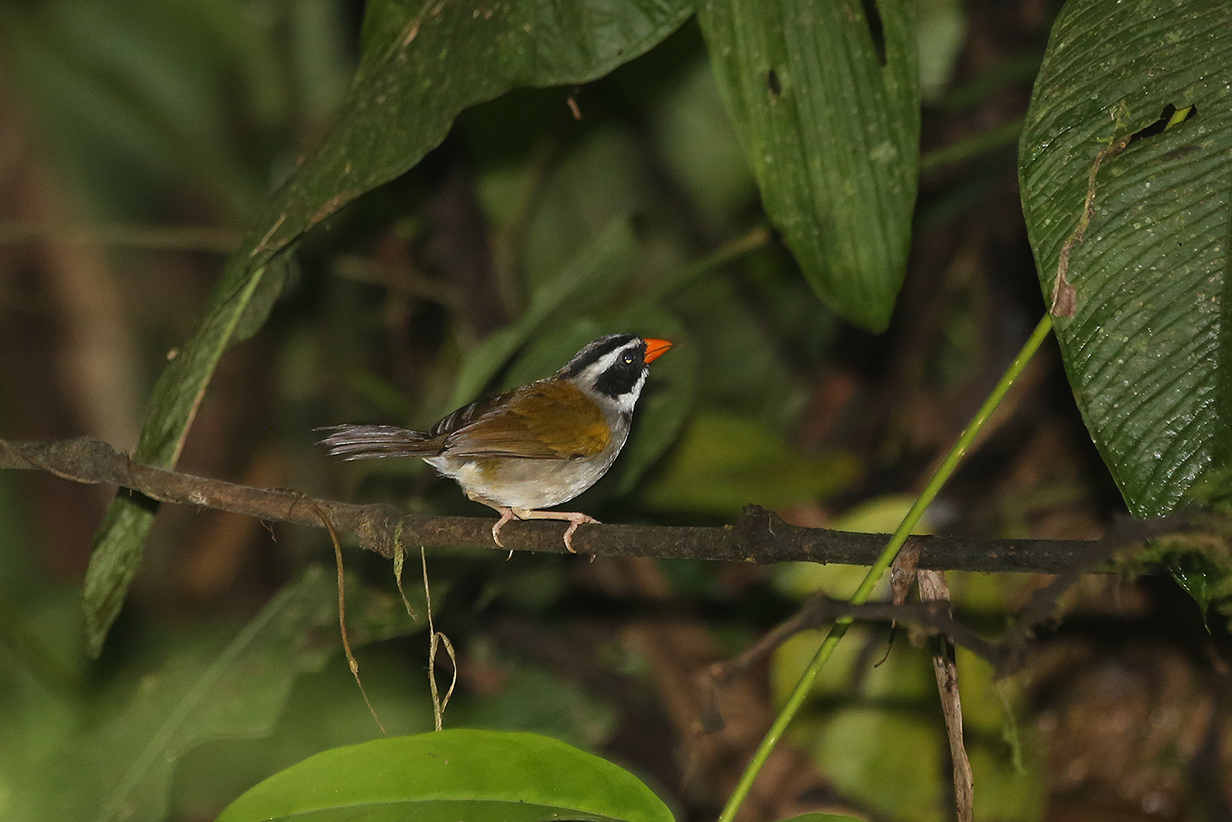
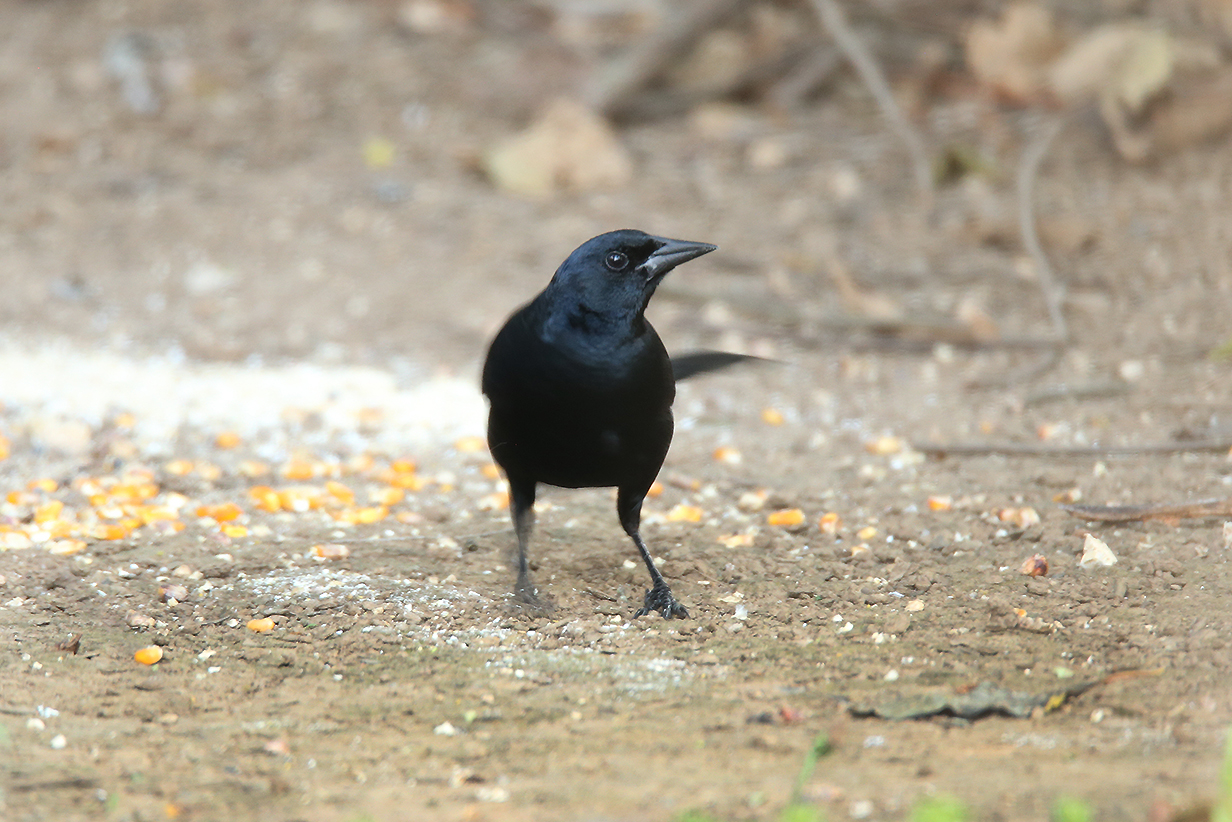
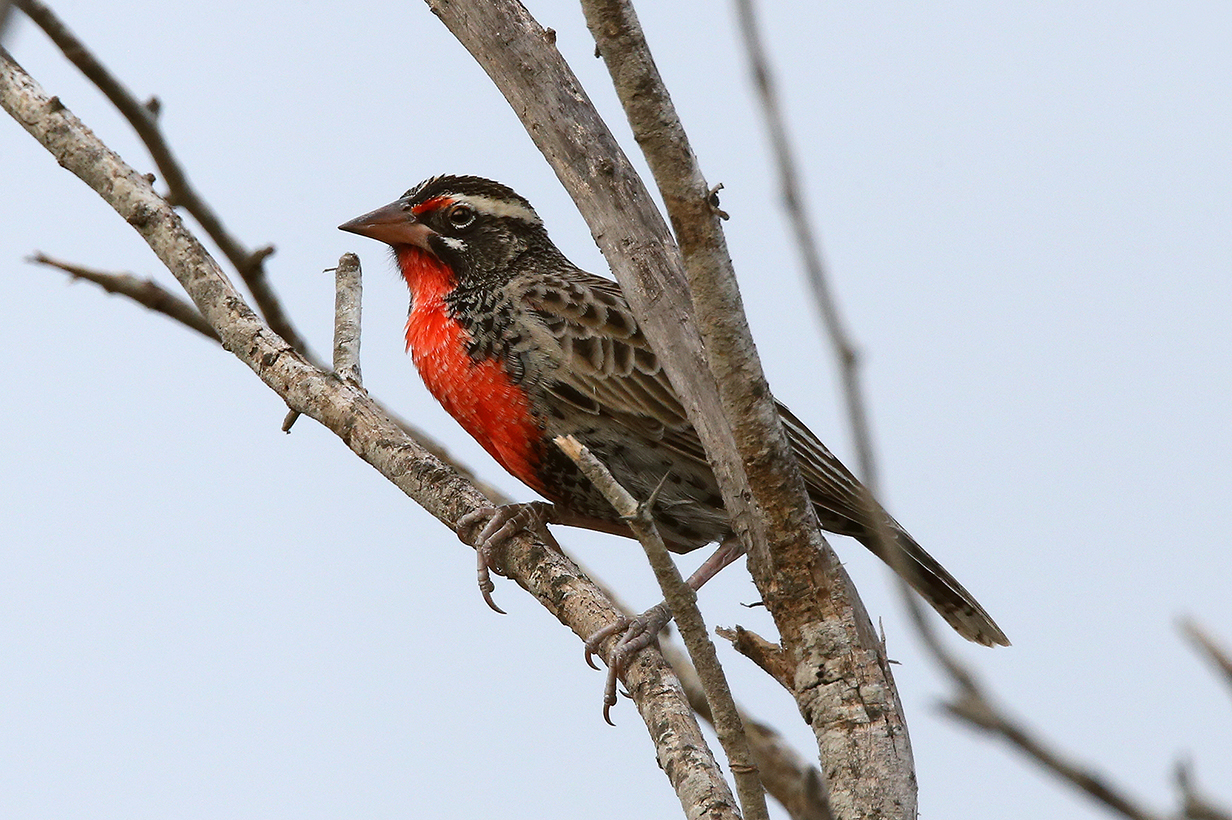

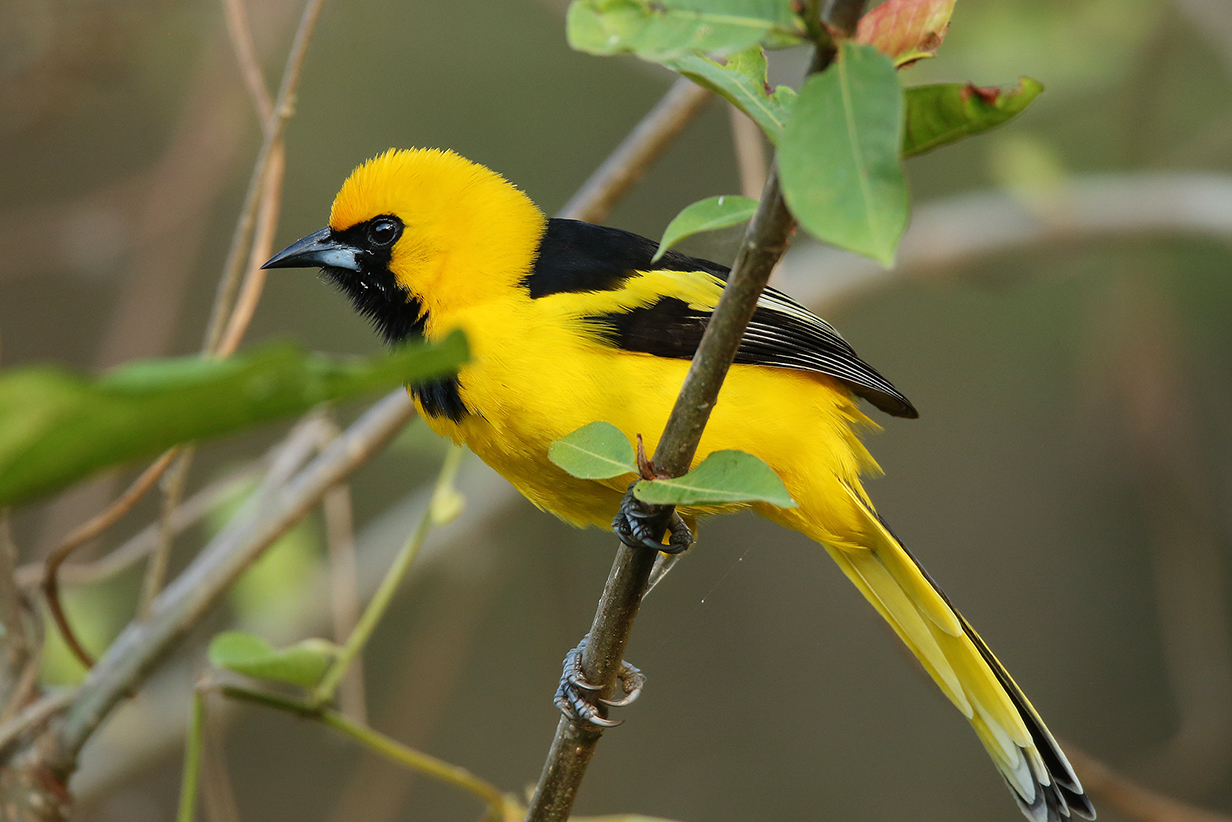
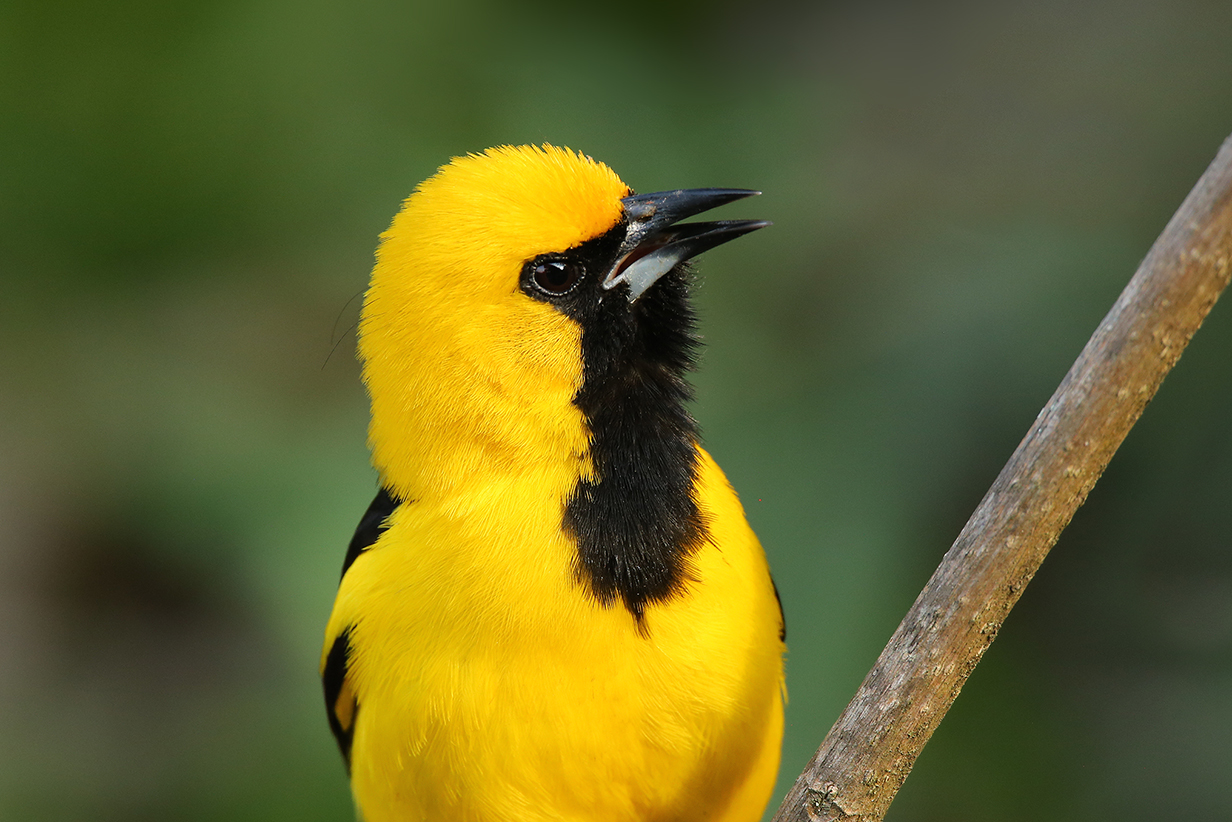

Our bird pictures from around the world follow standard ecozones approximately but not exactly:
Last update: February 8, 2018. Total visits since December 18, 2017 =